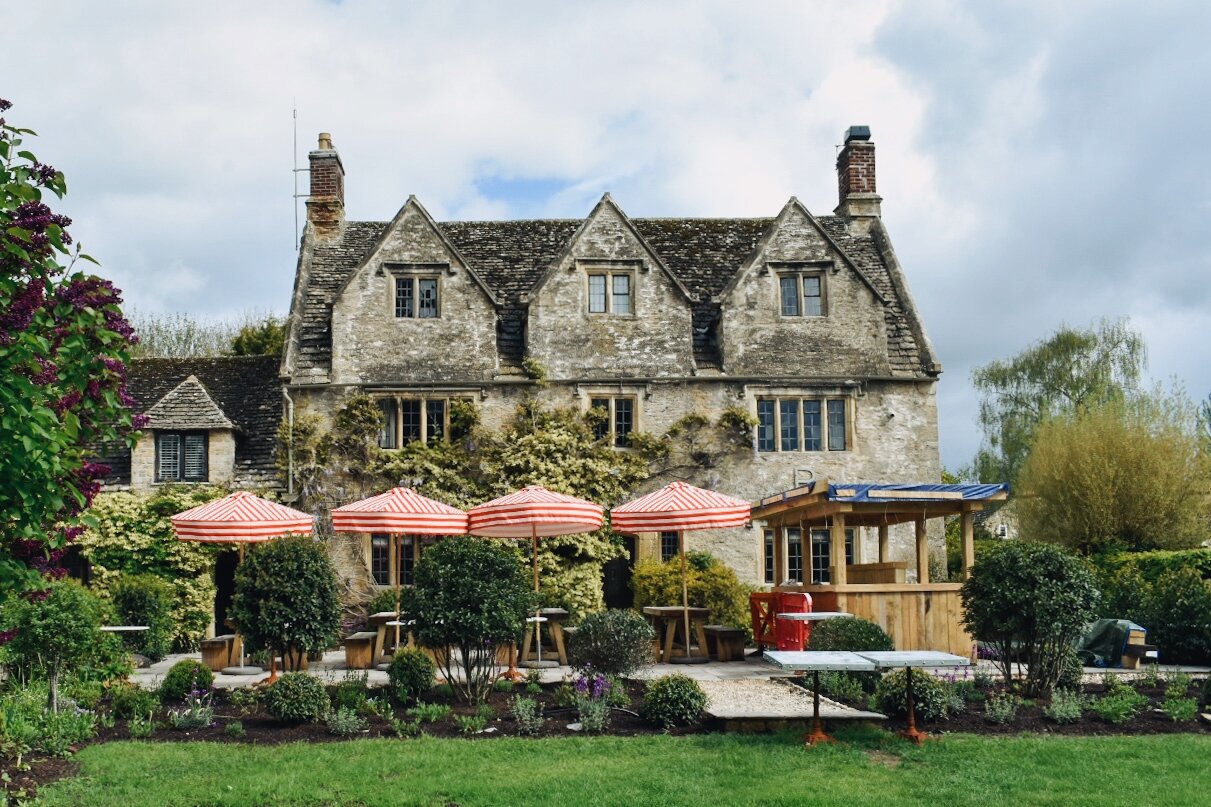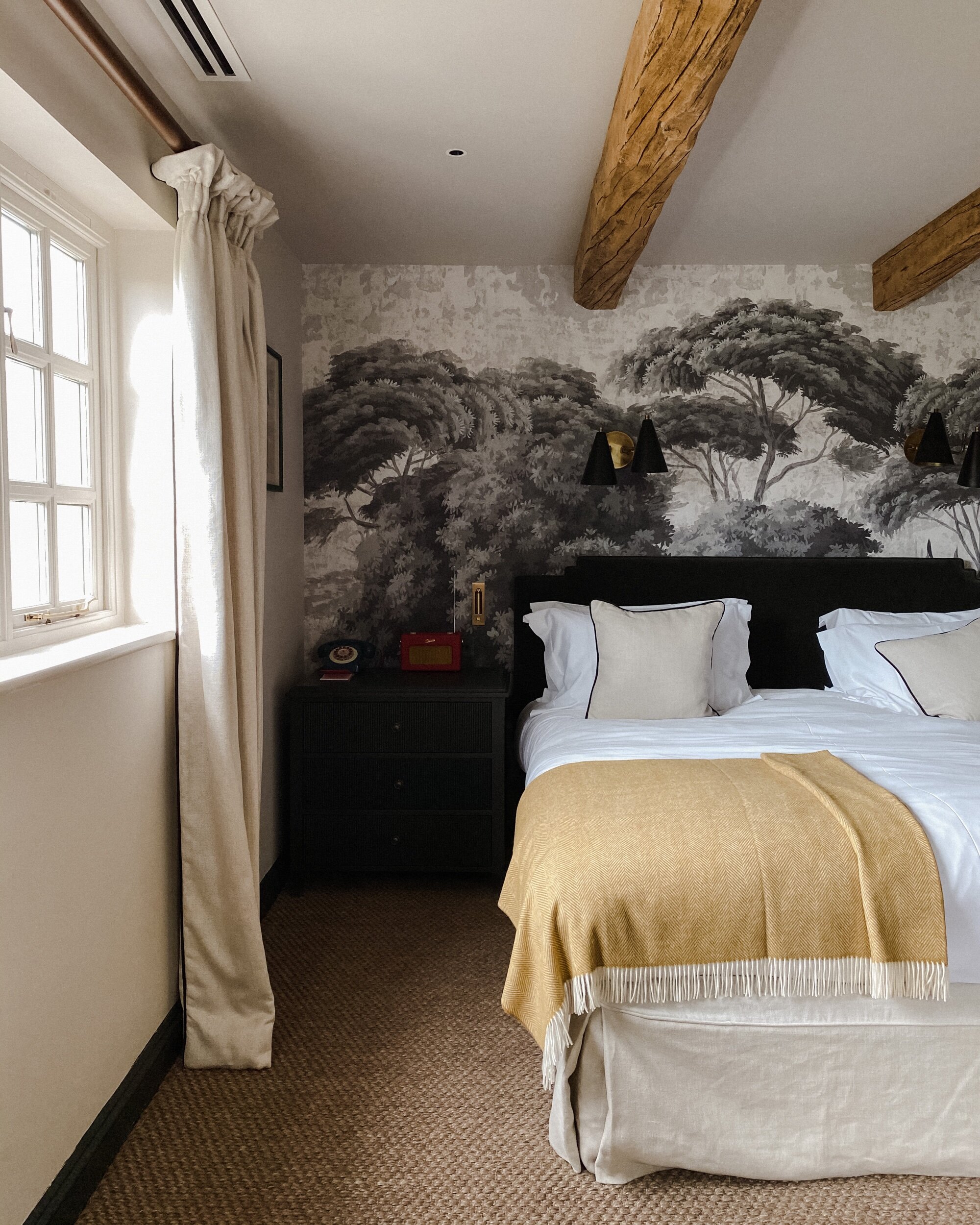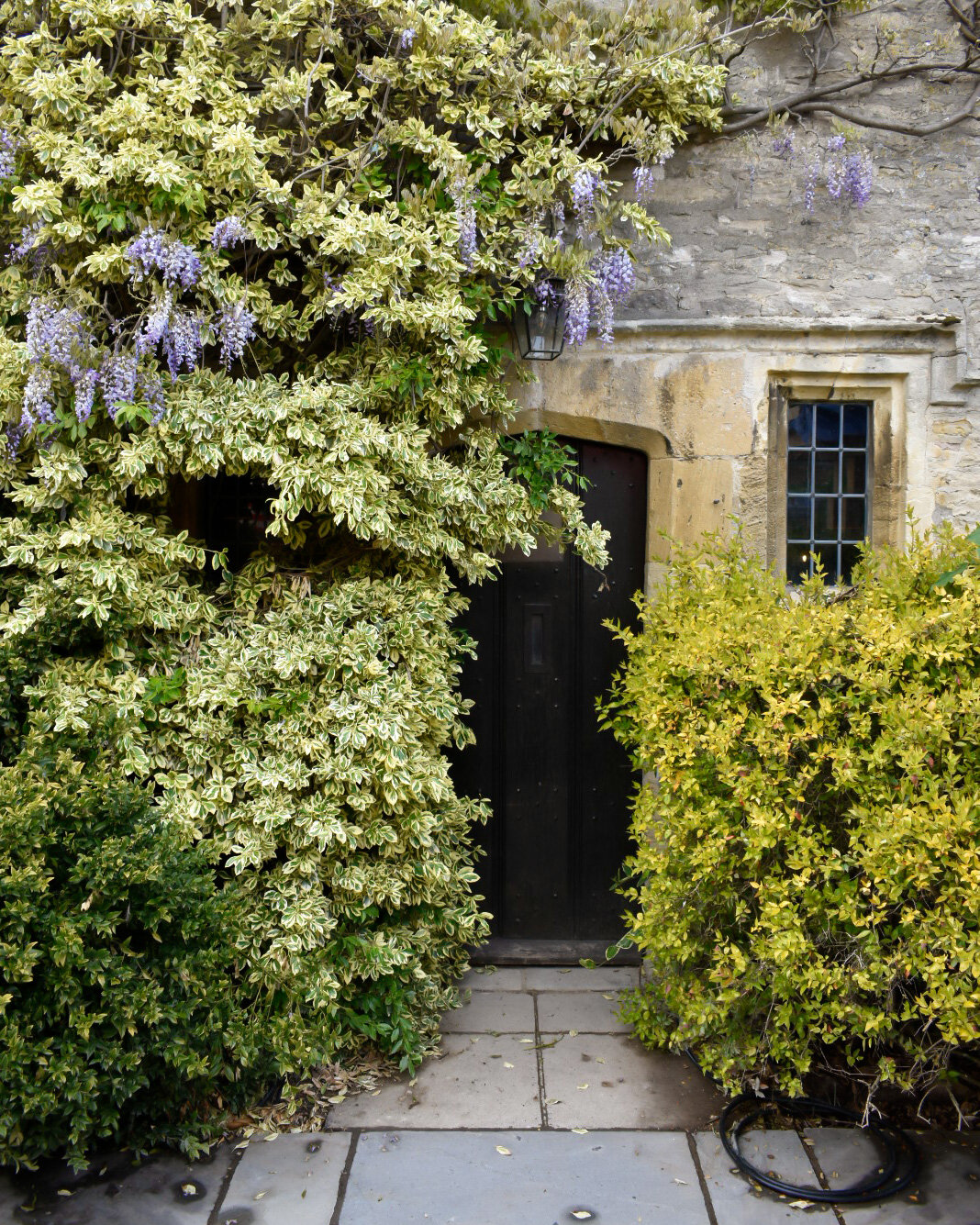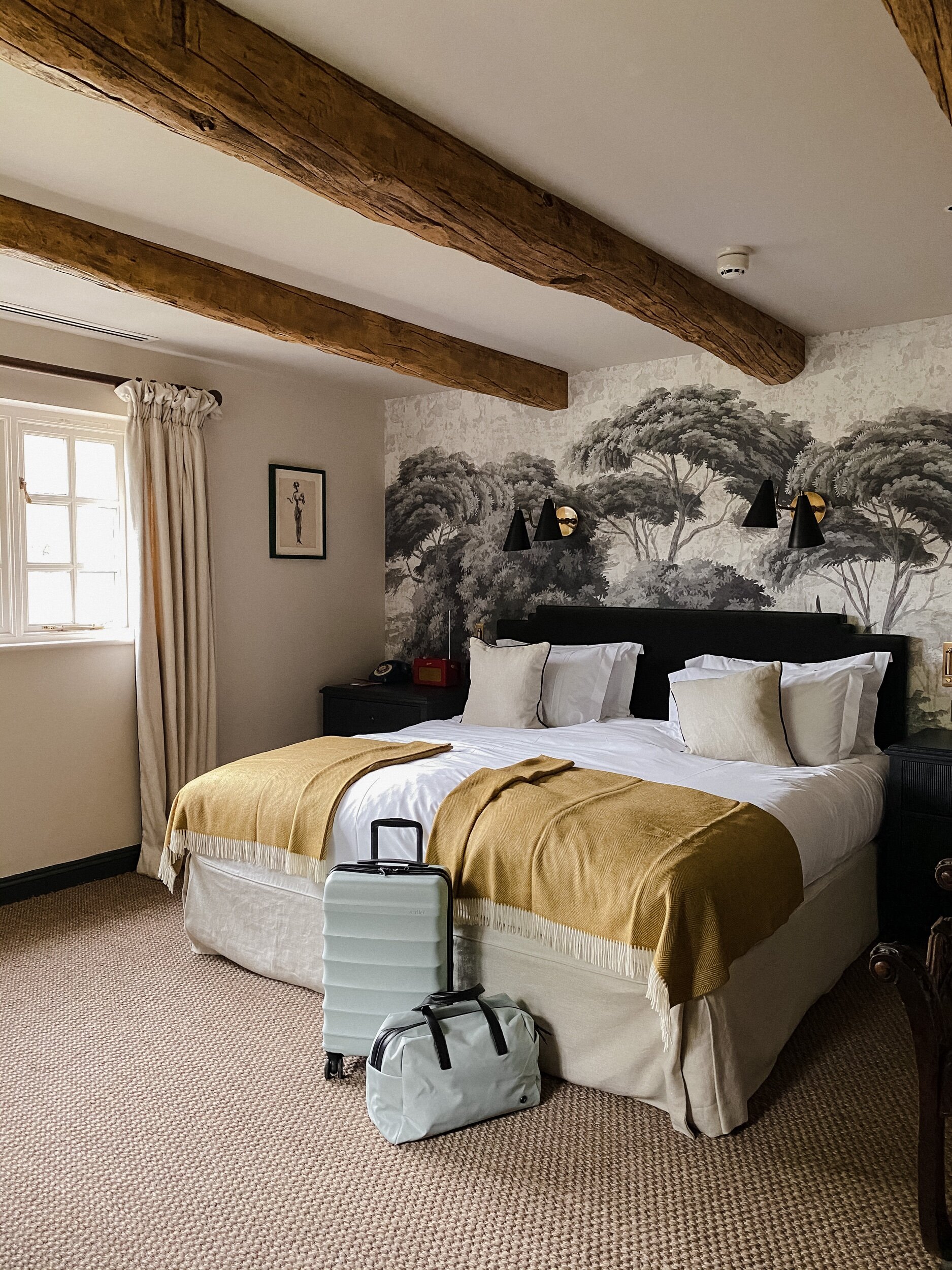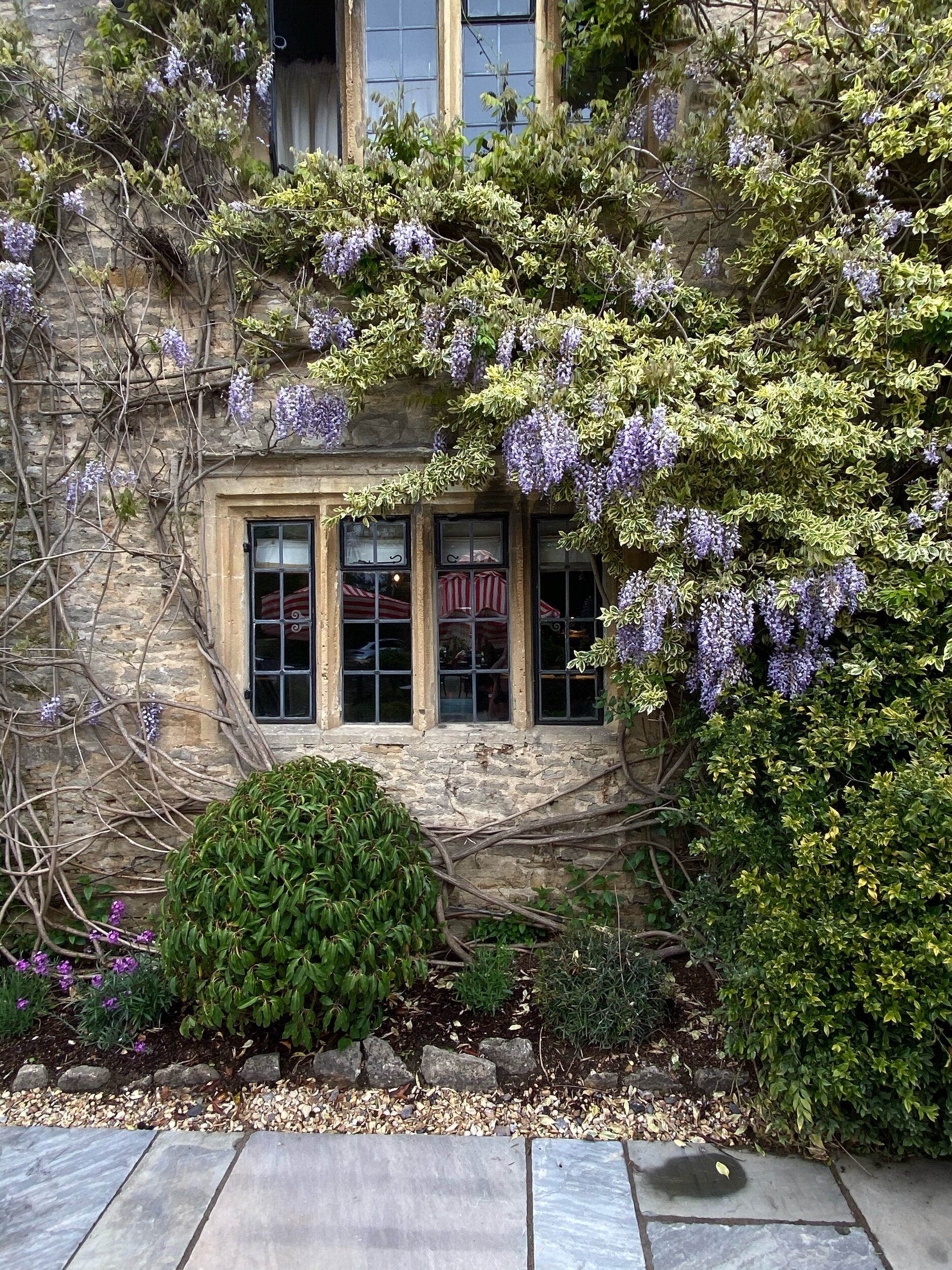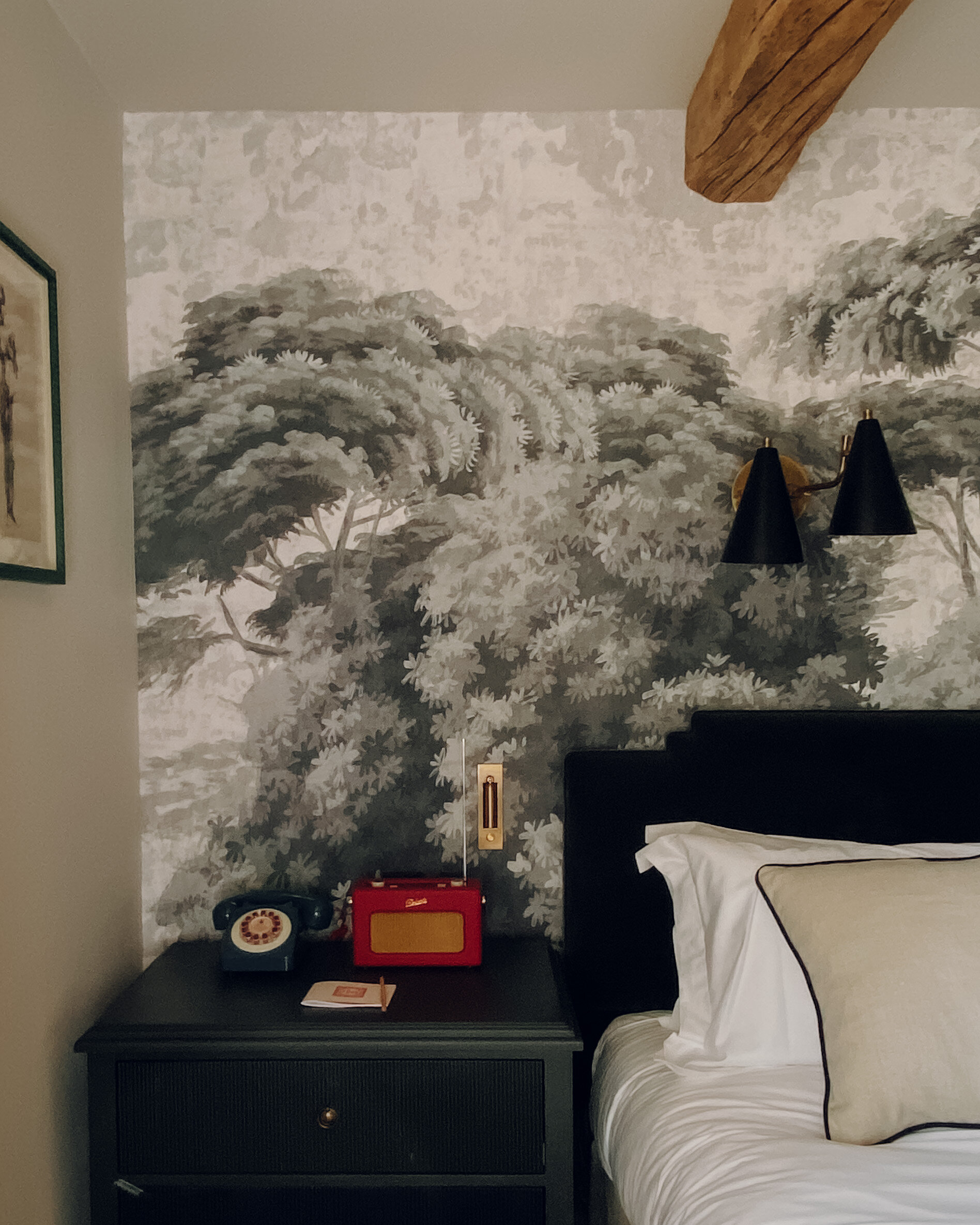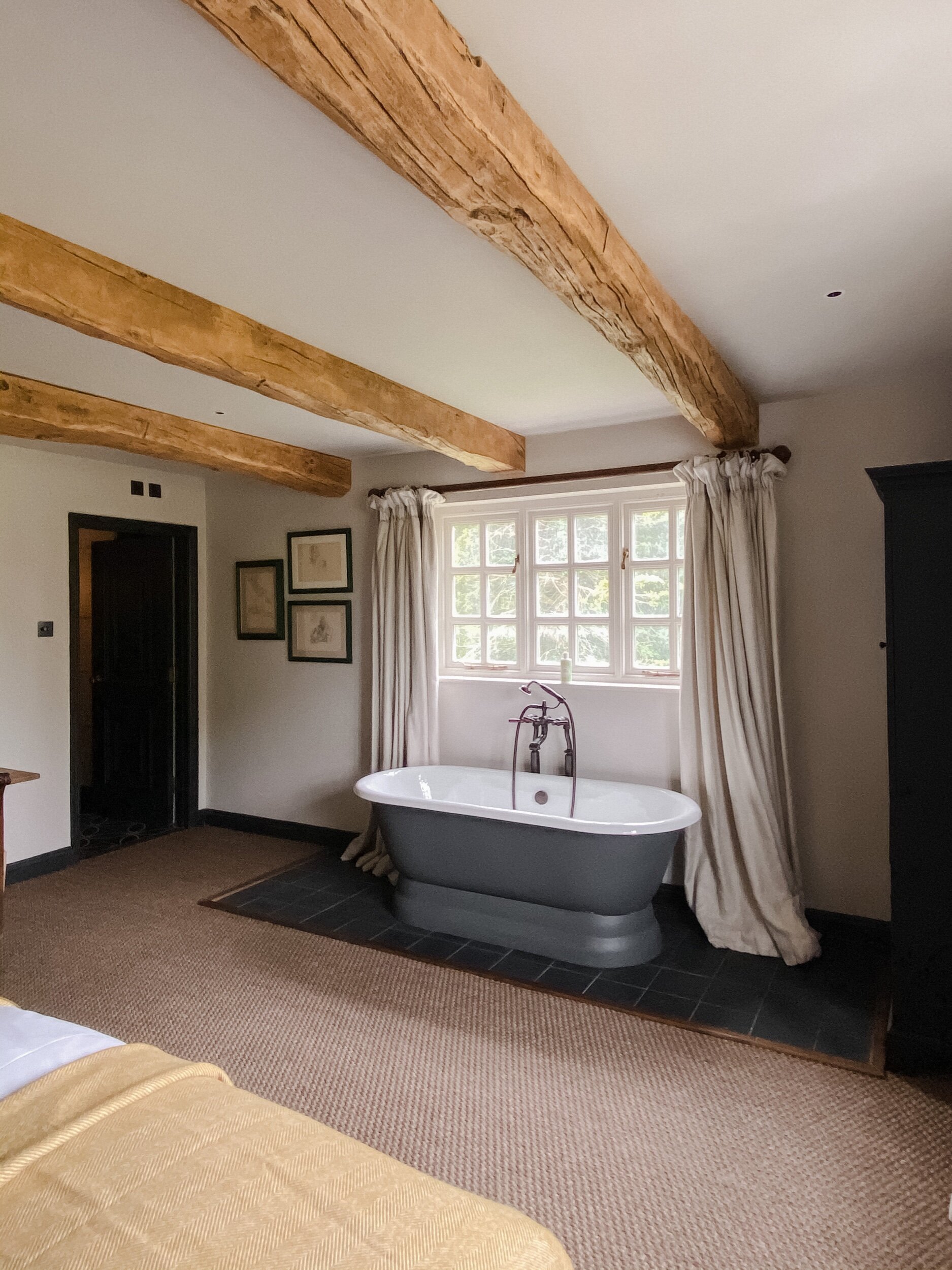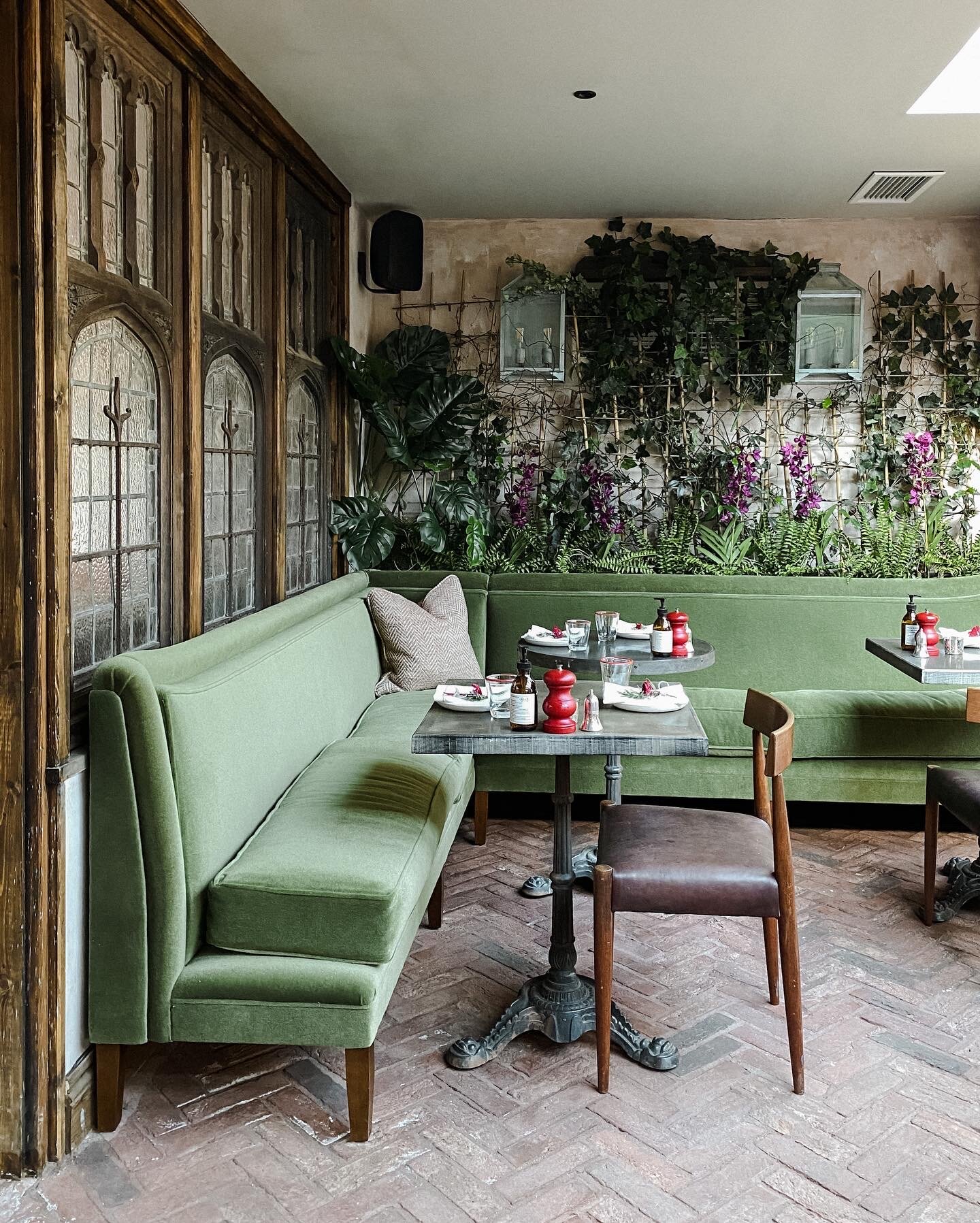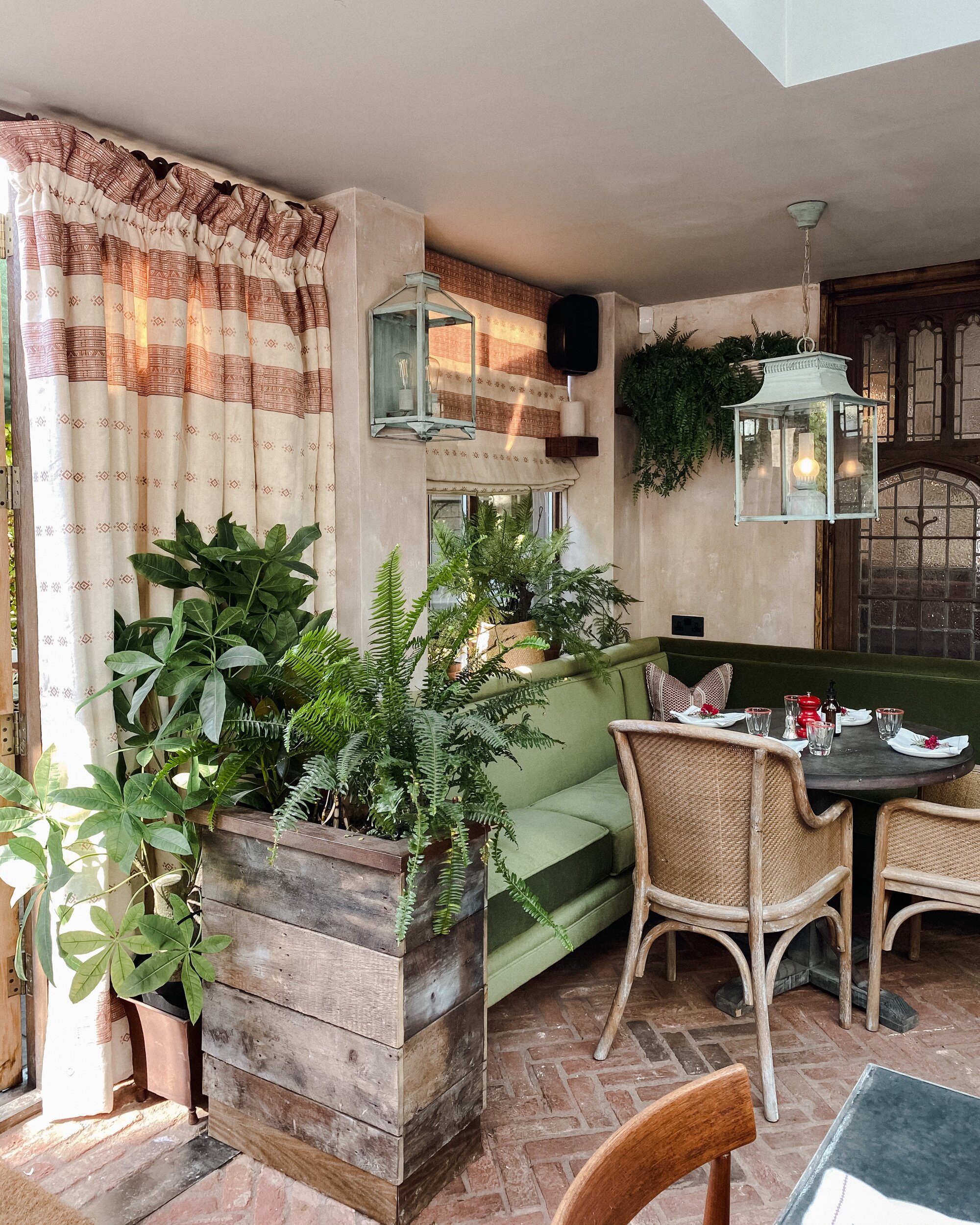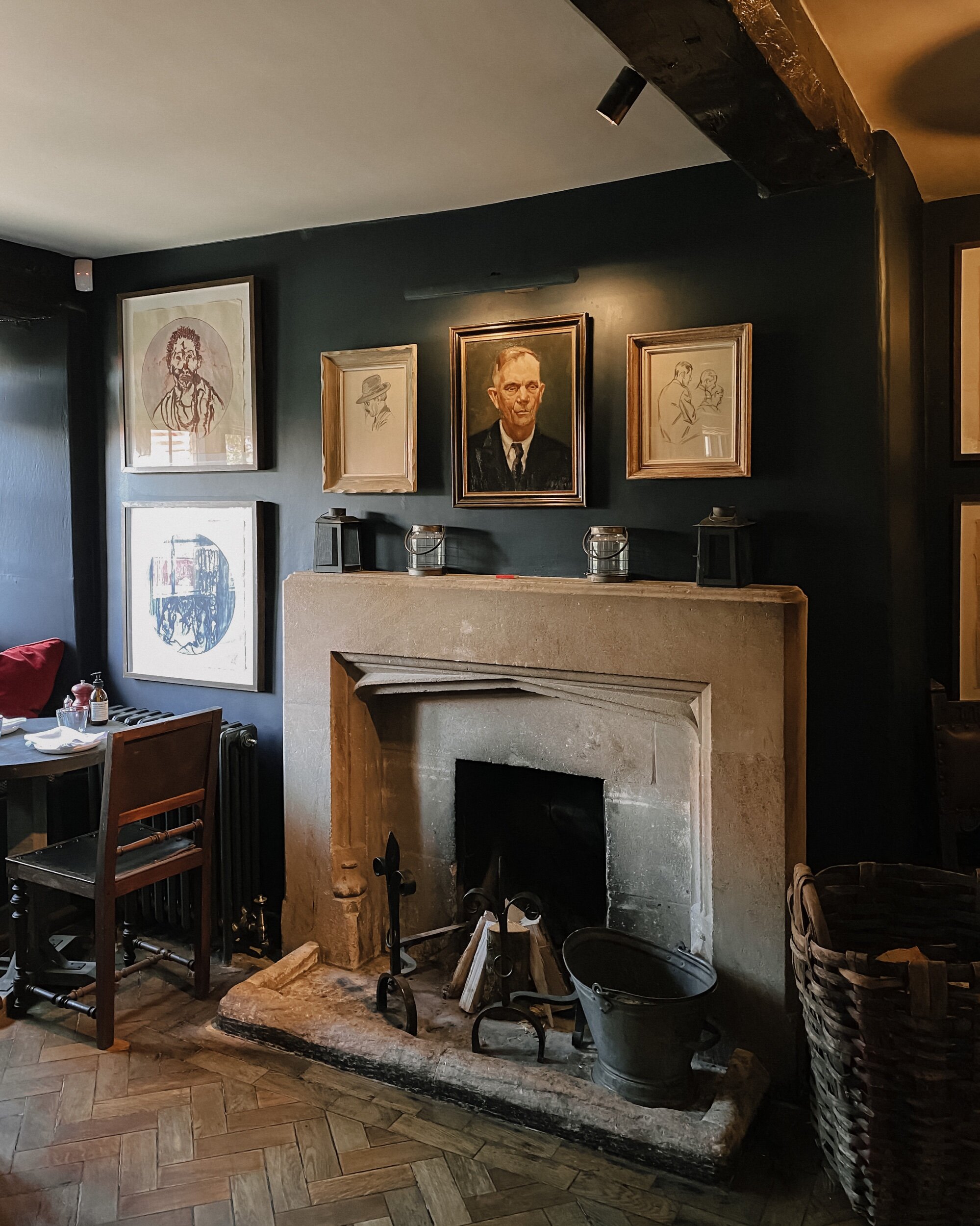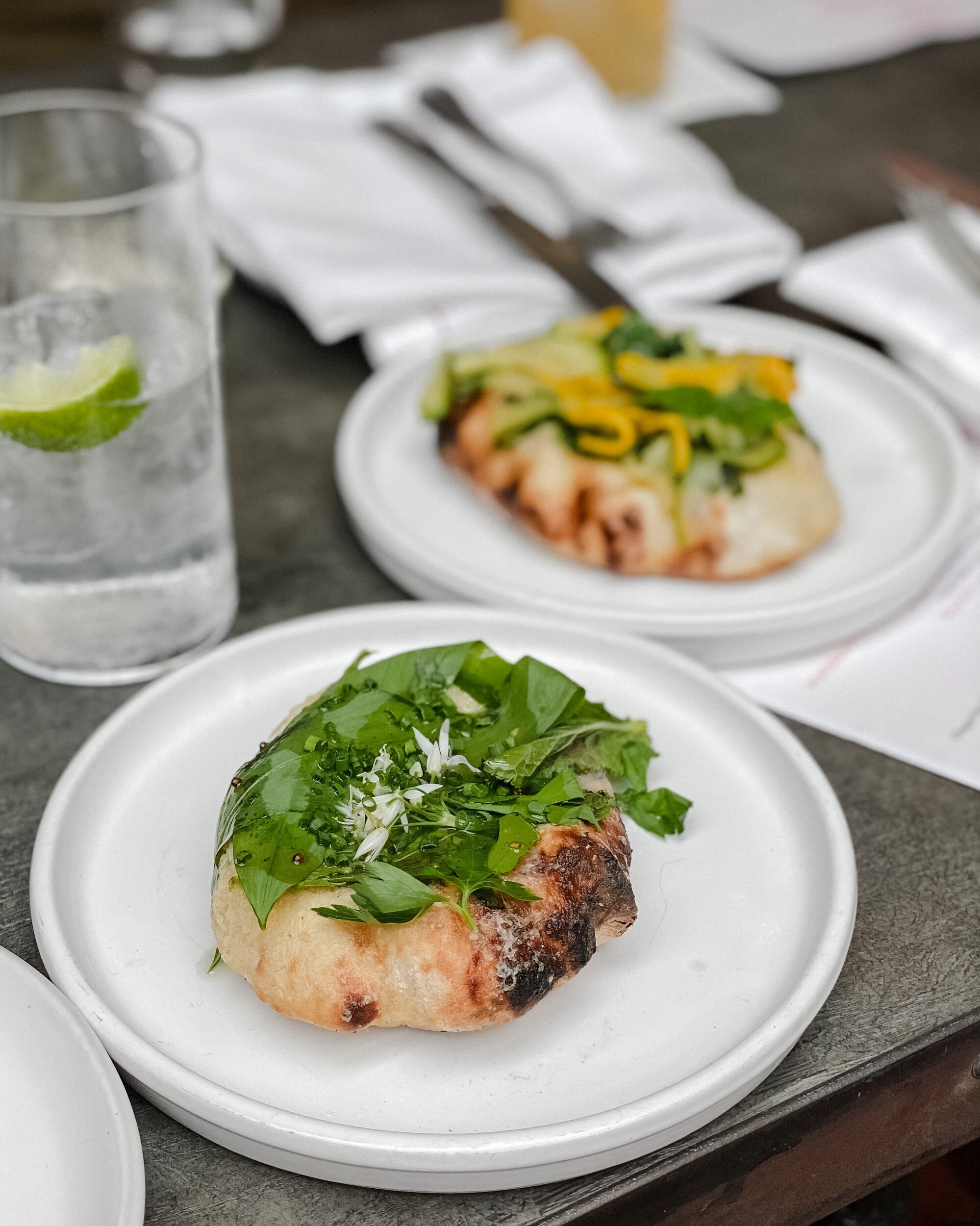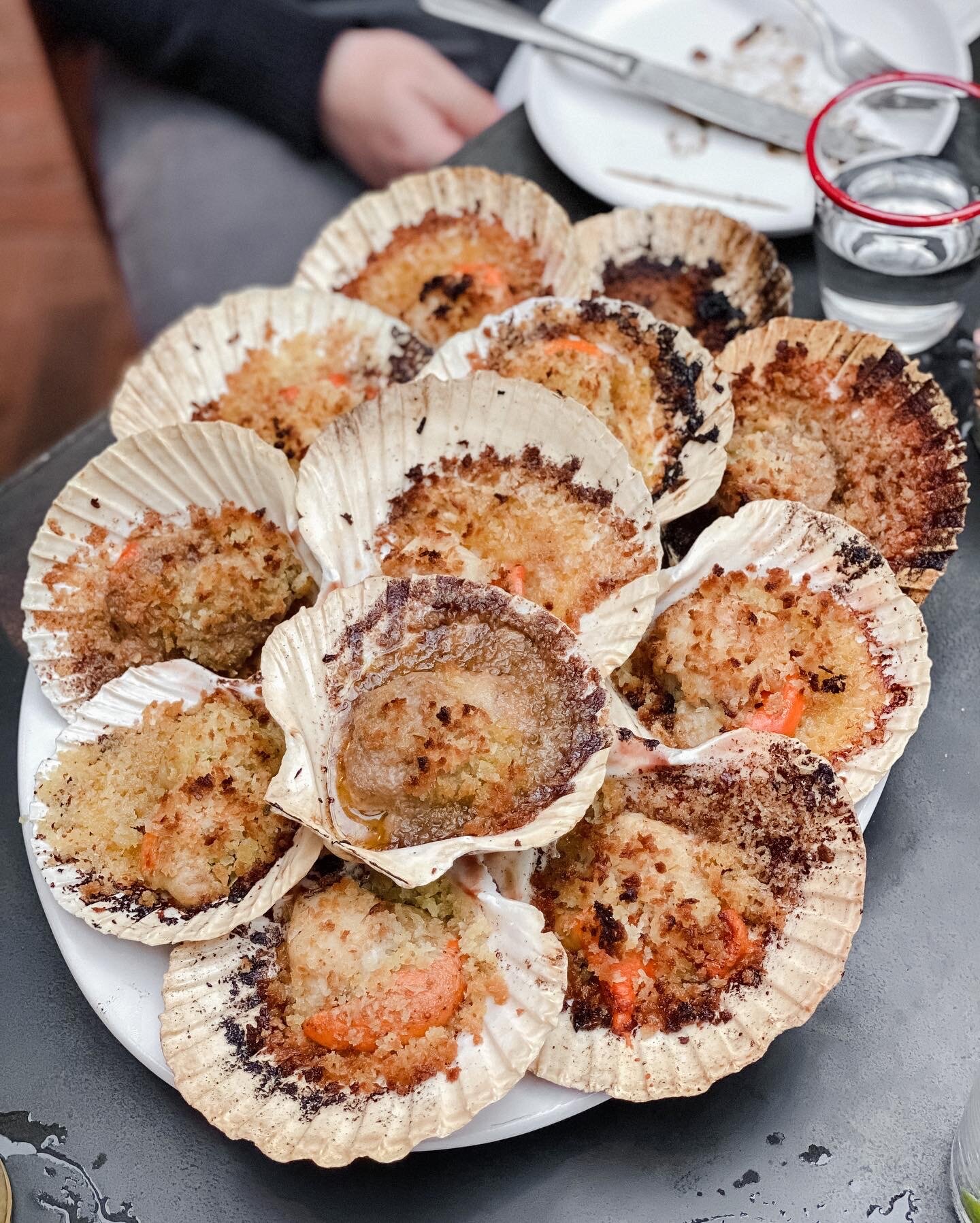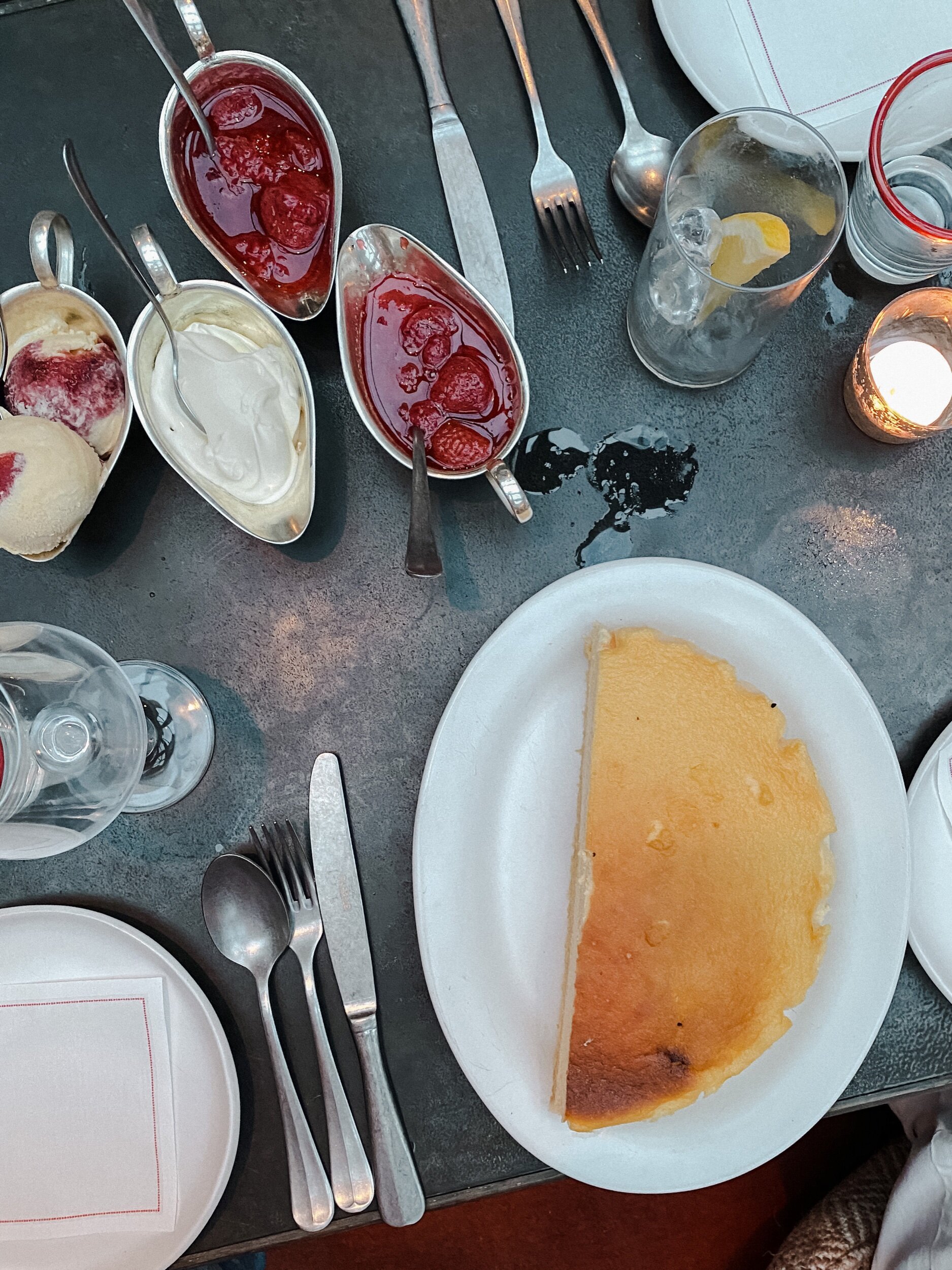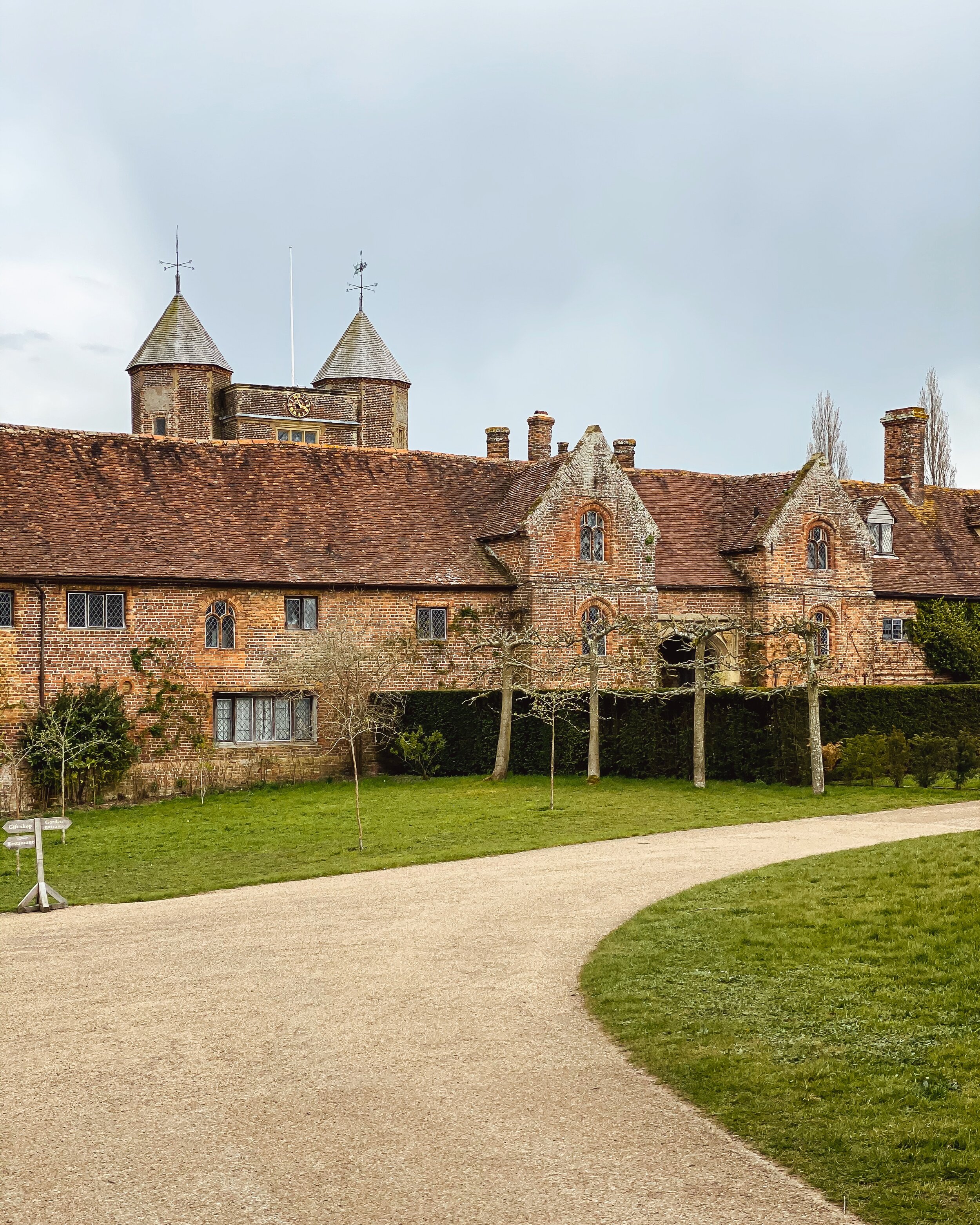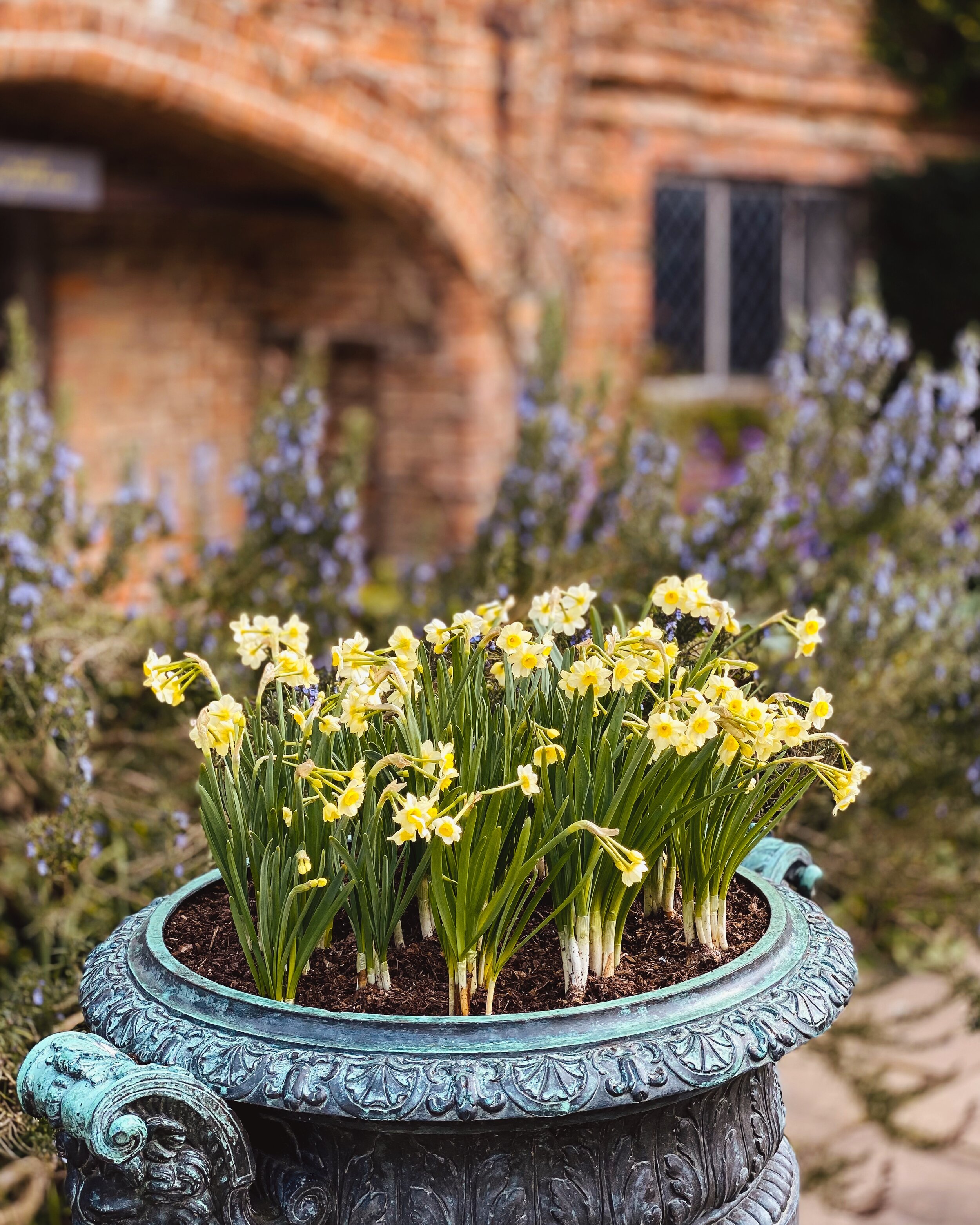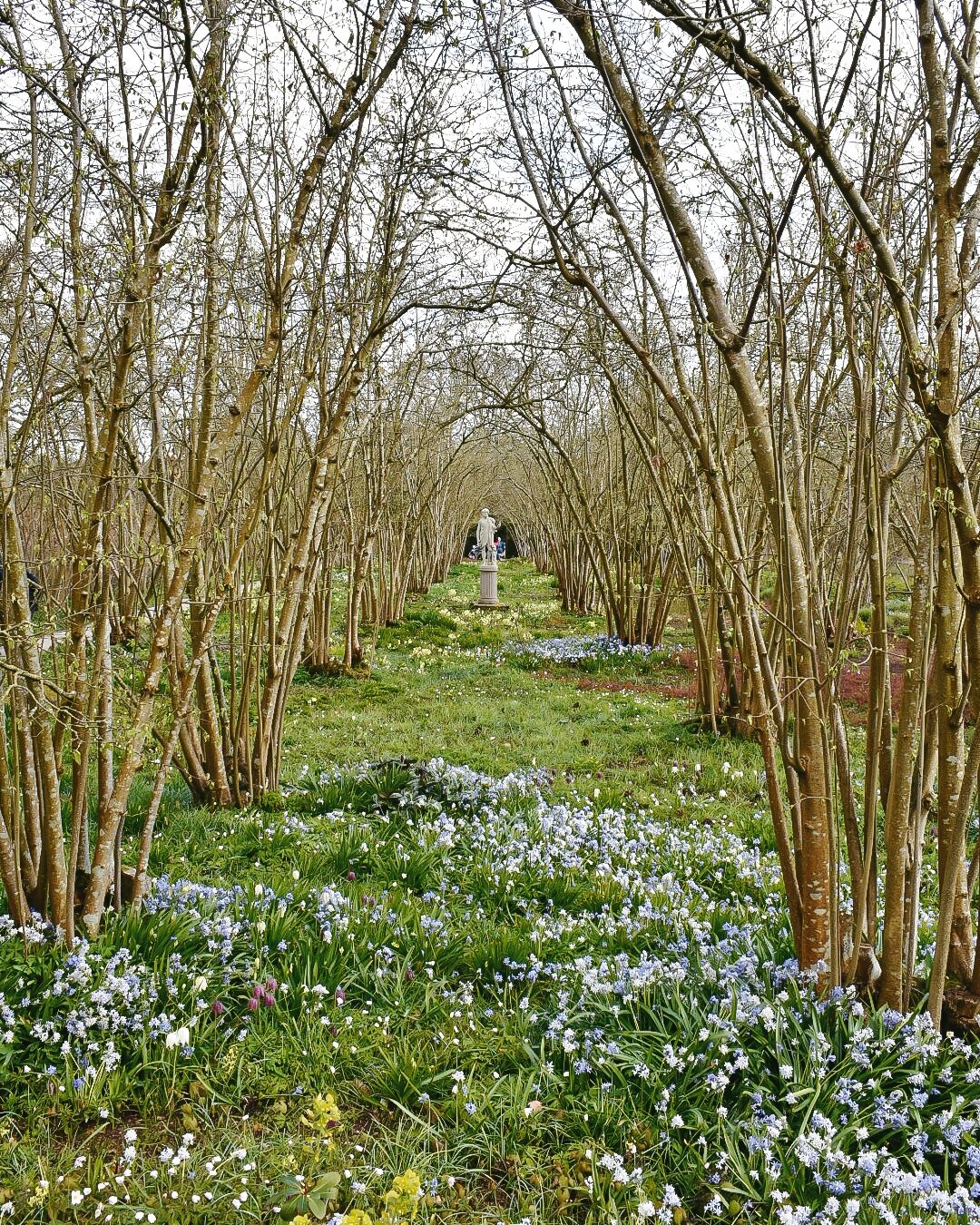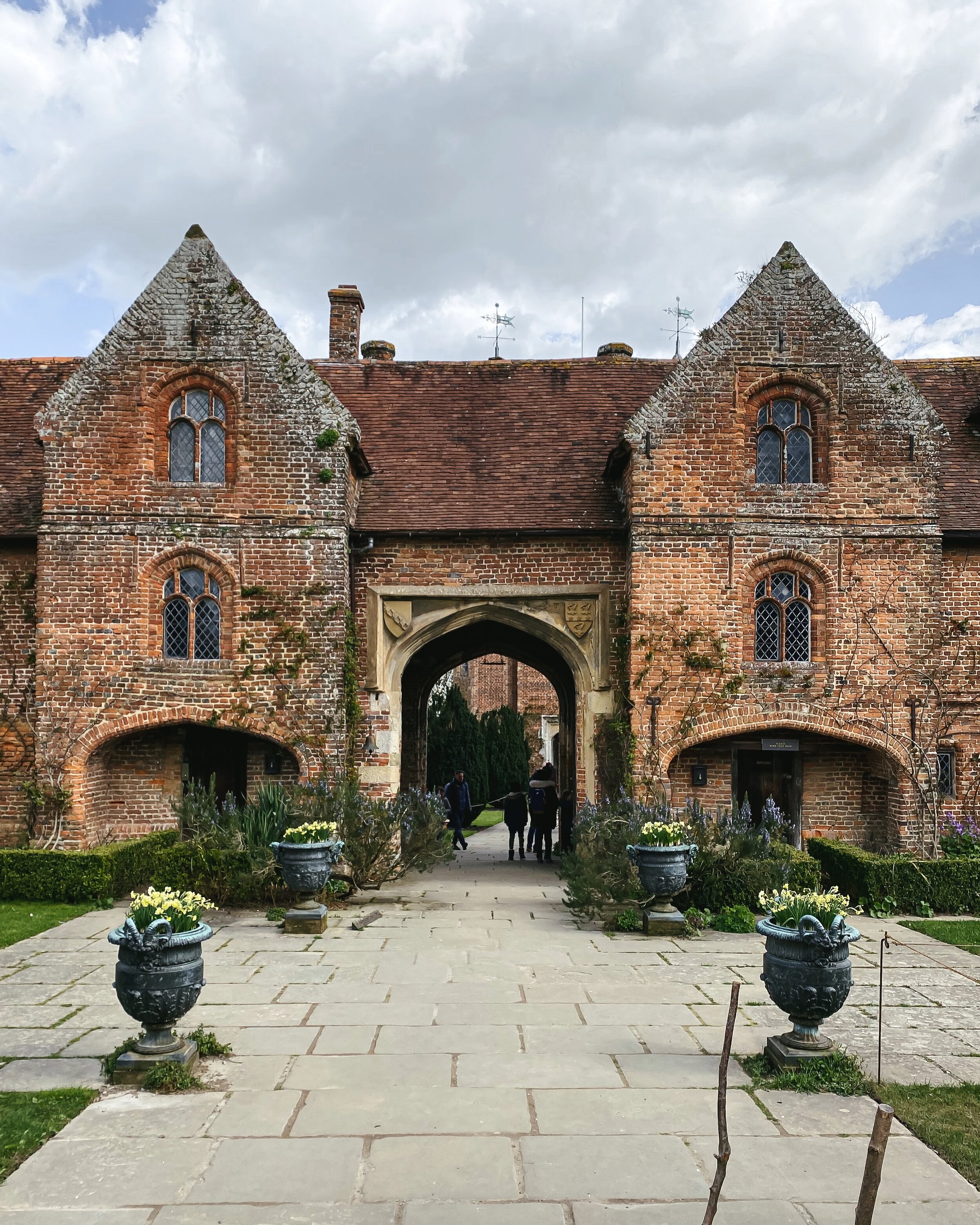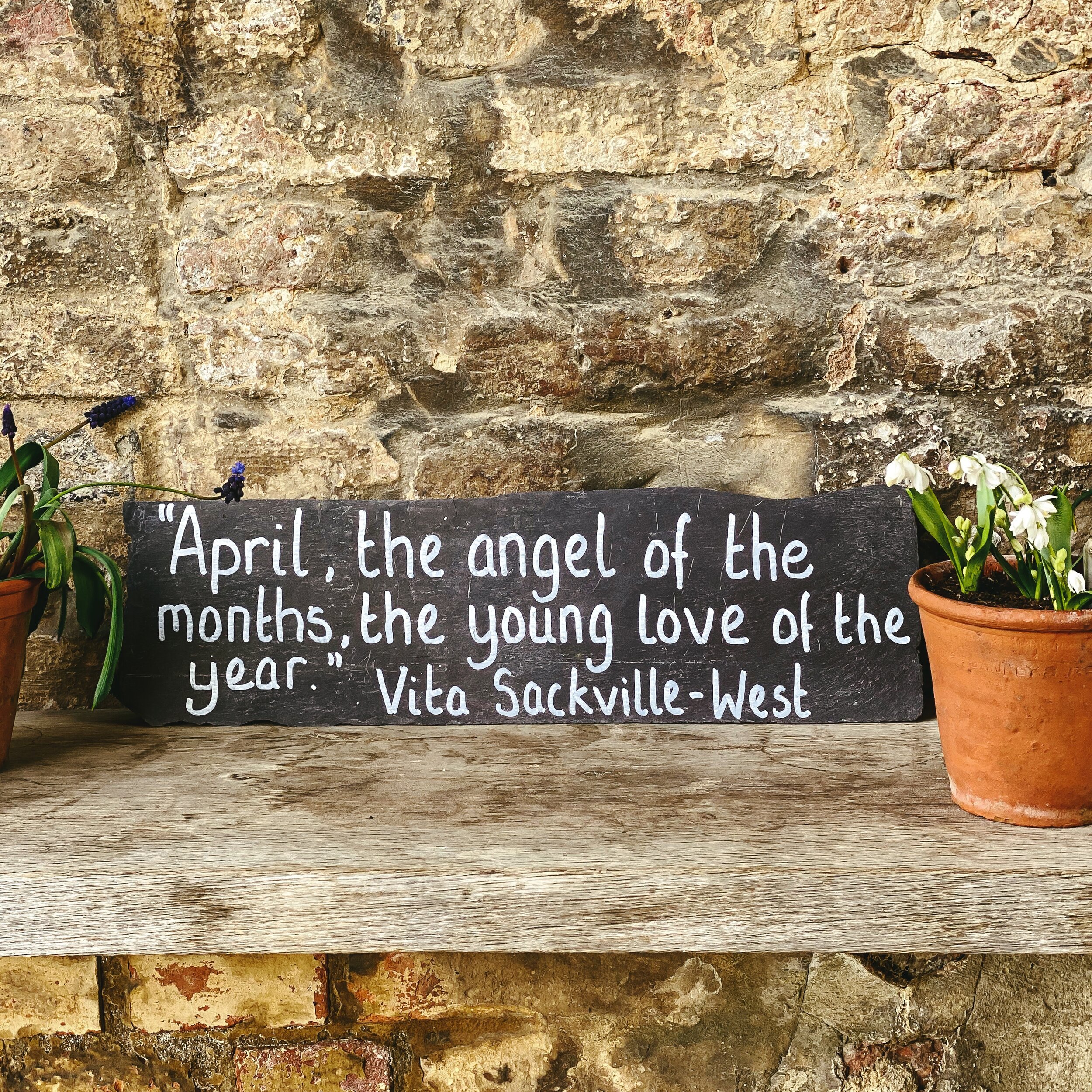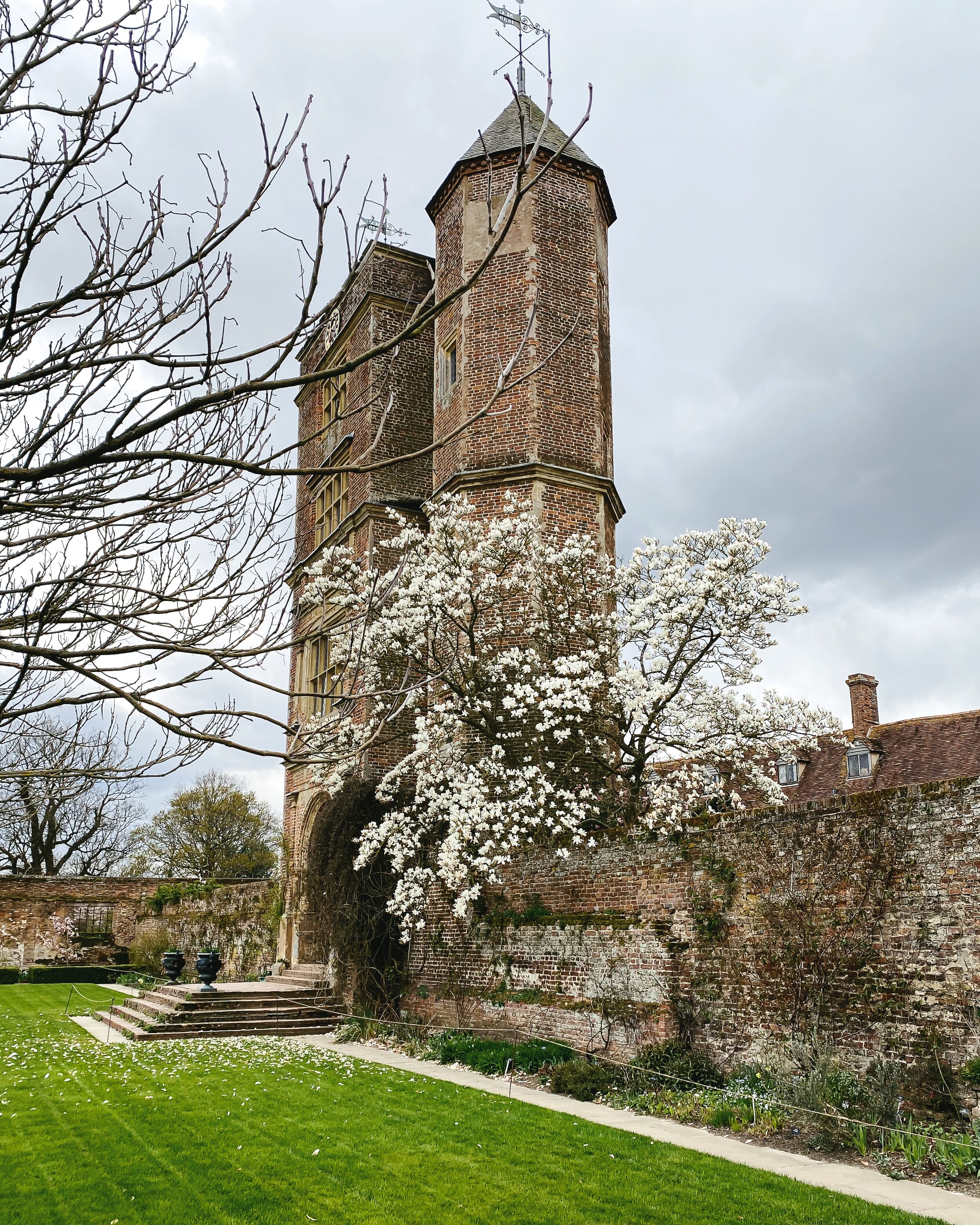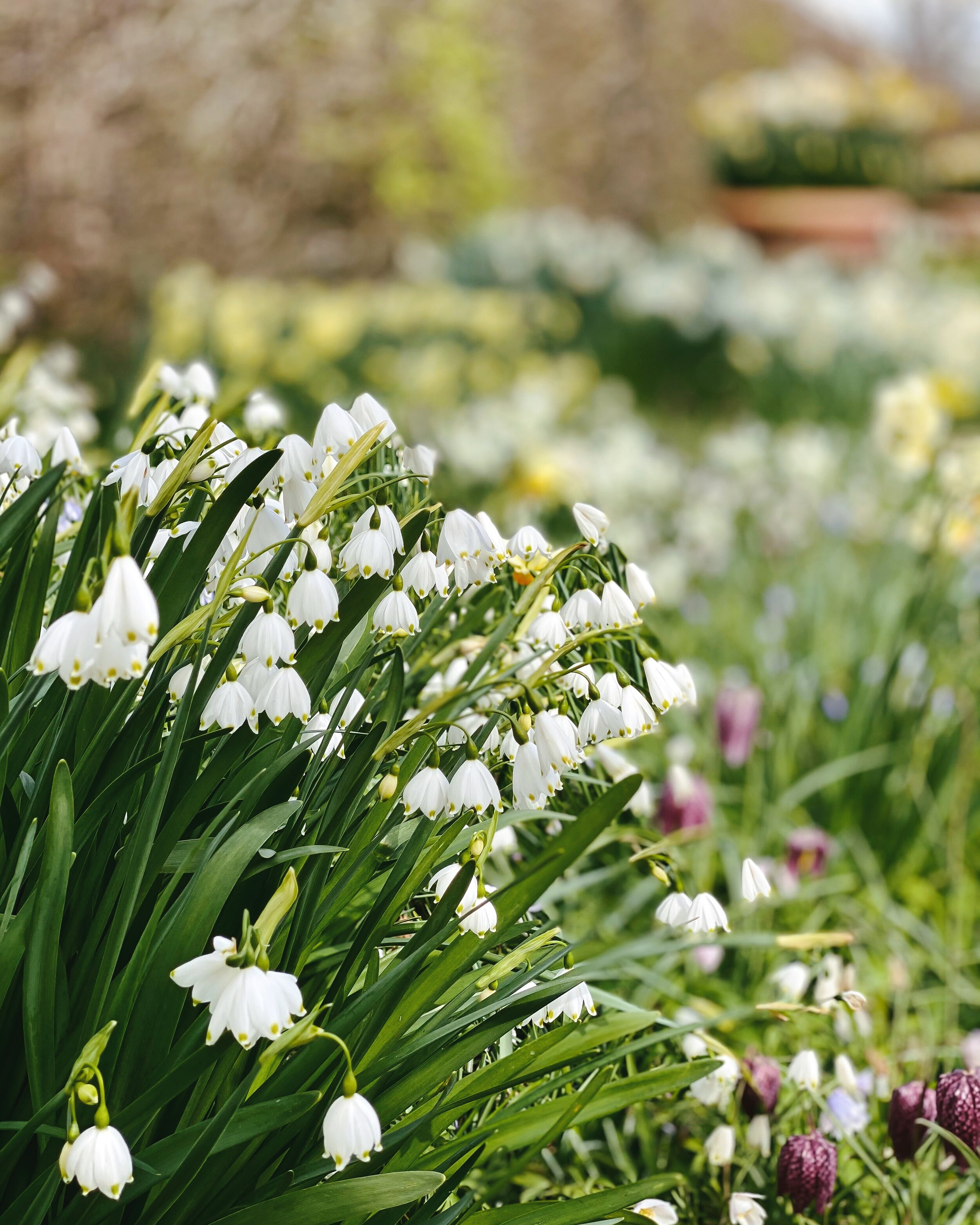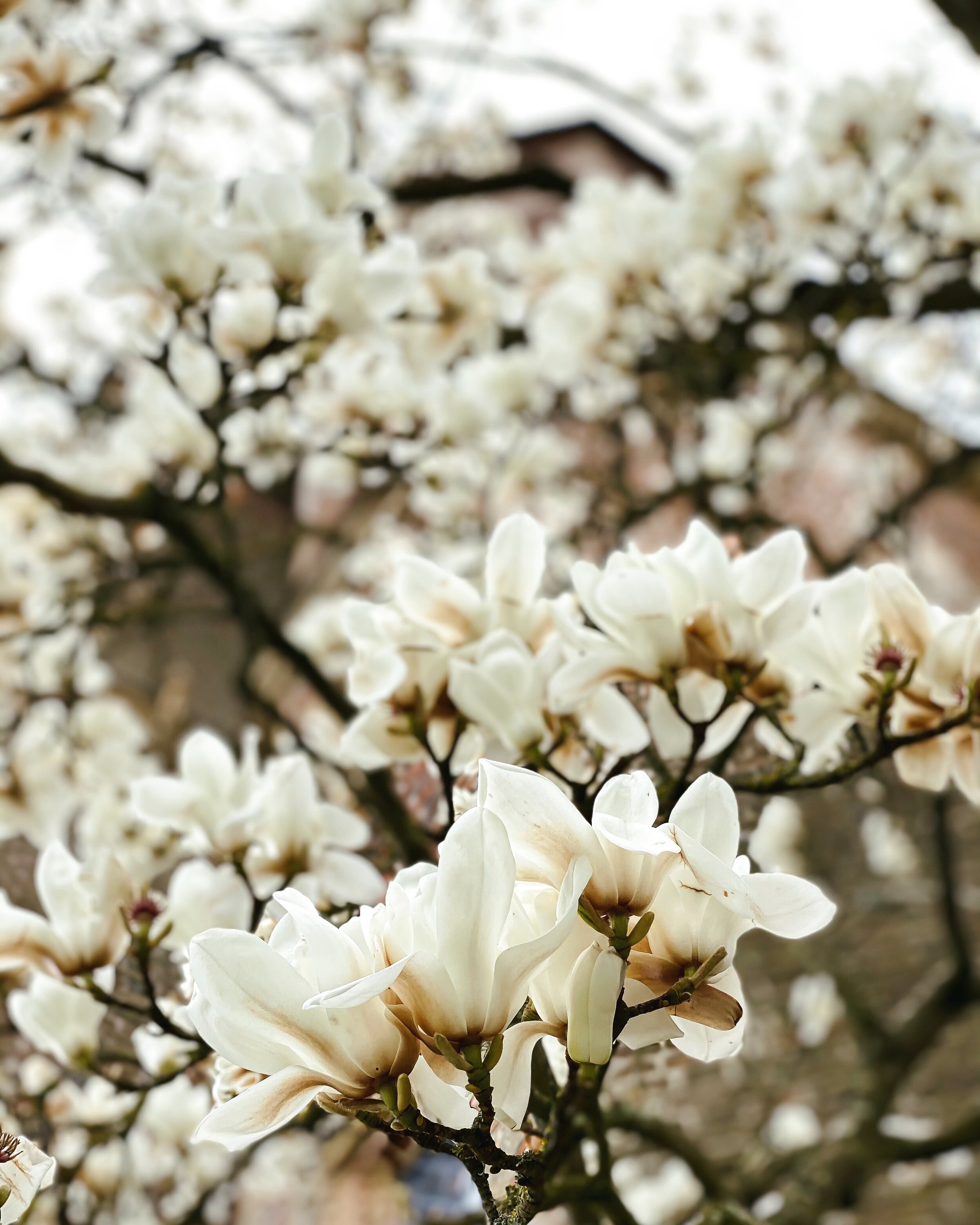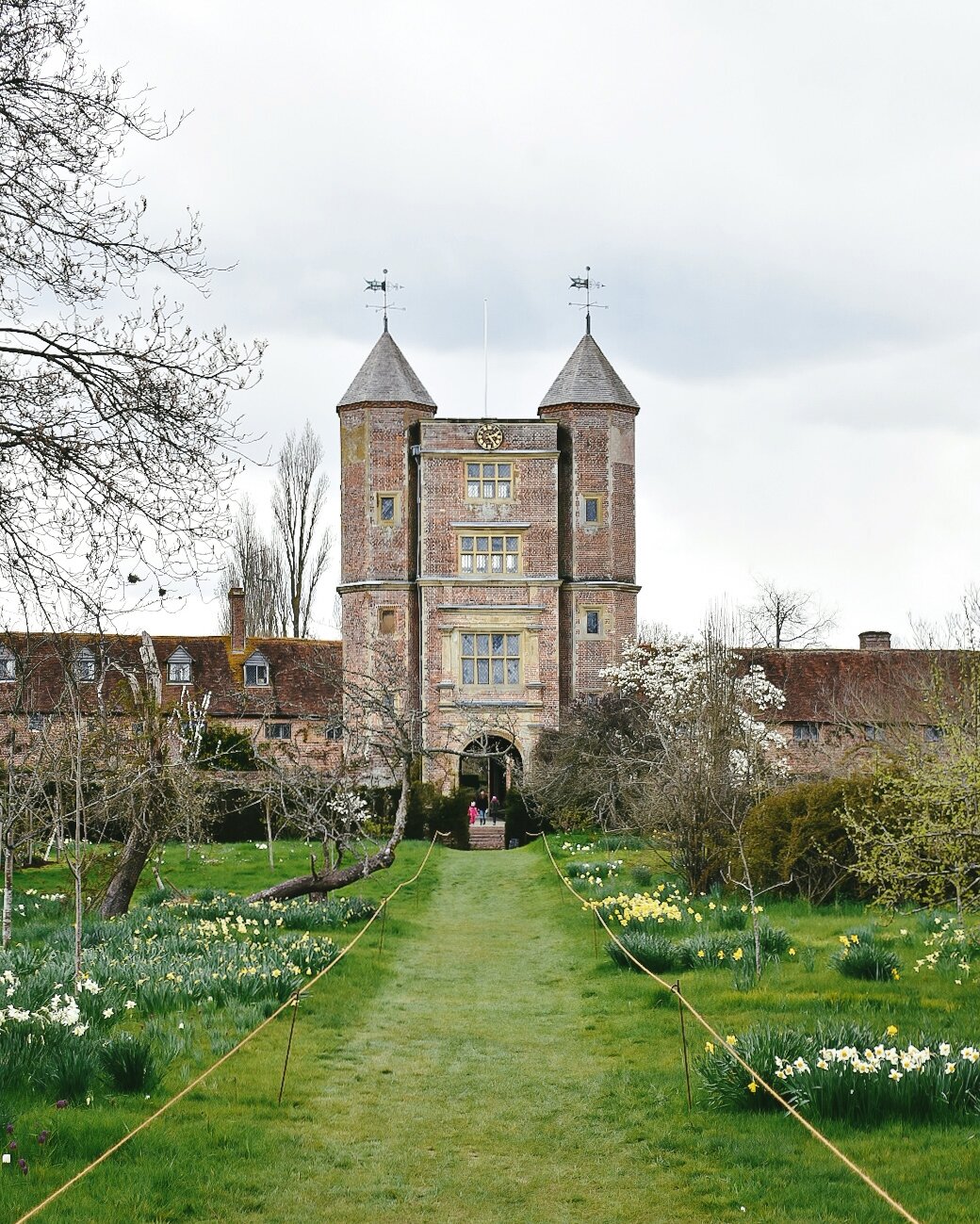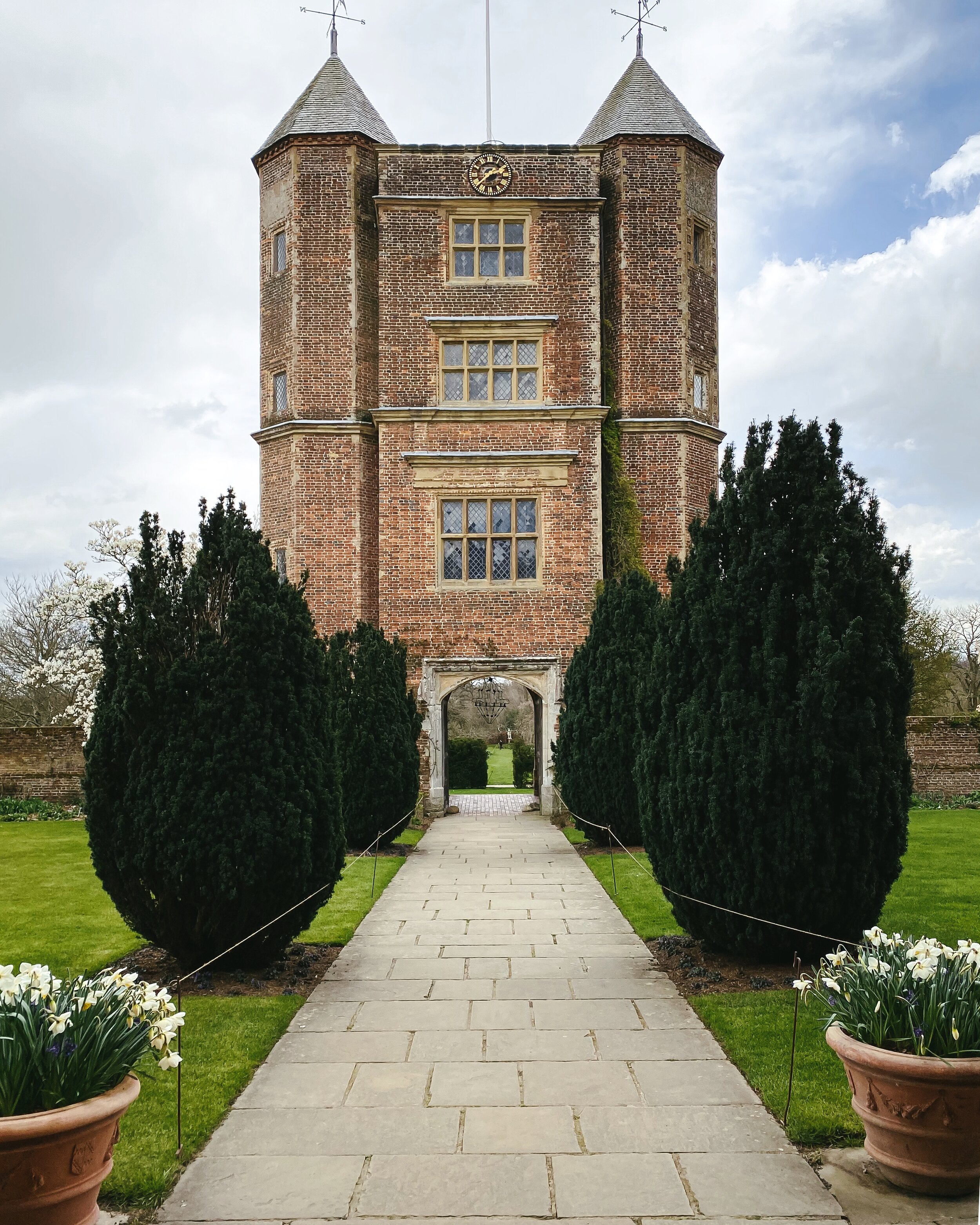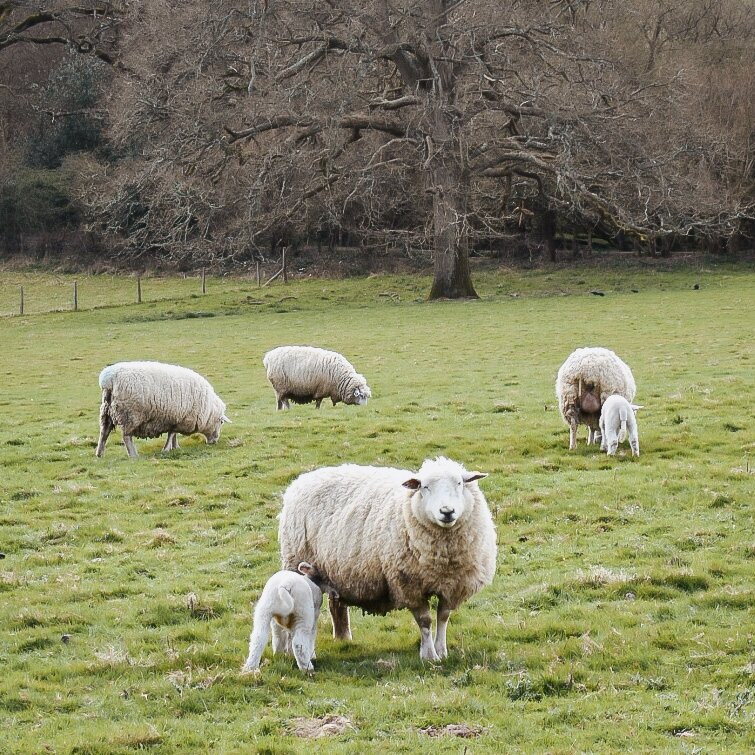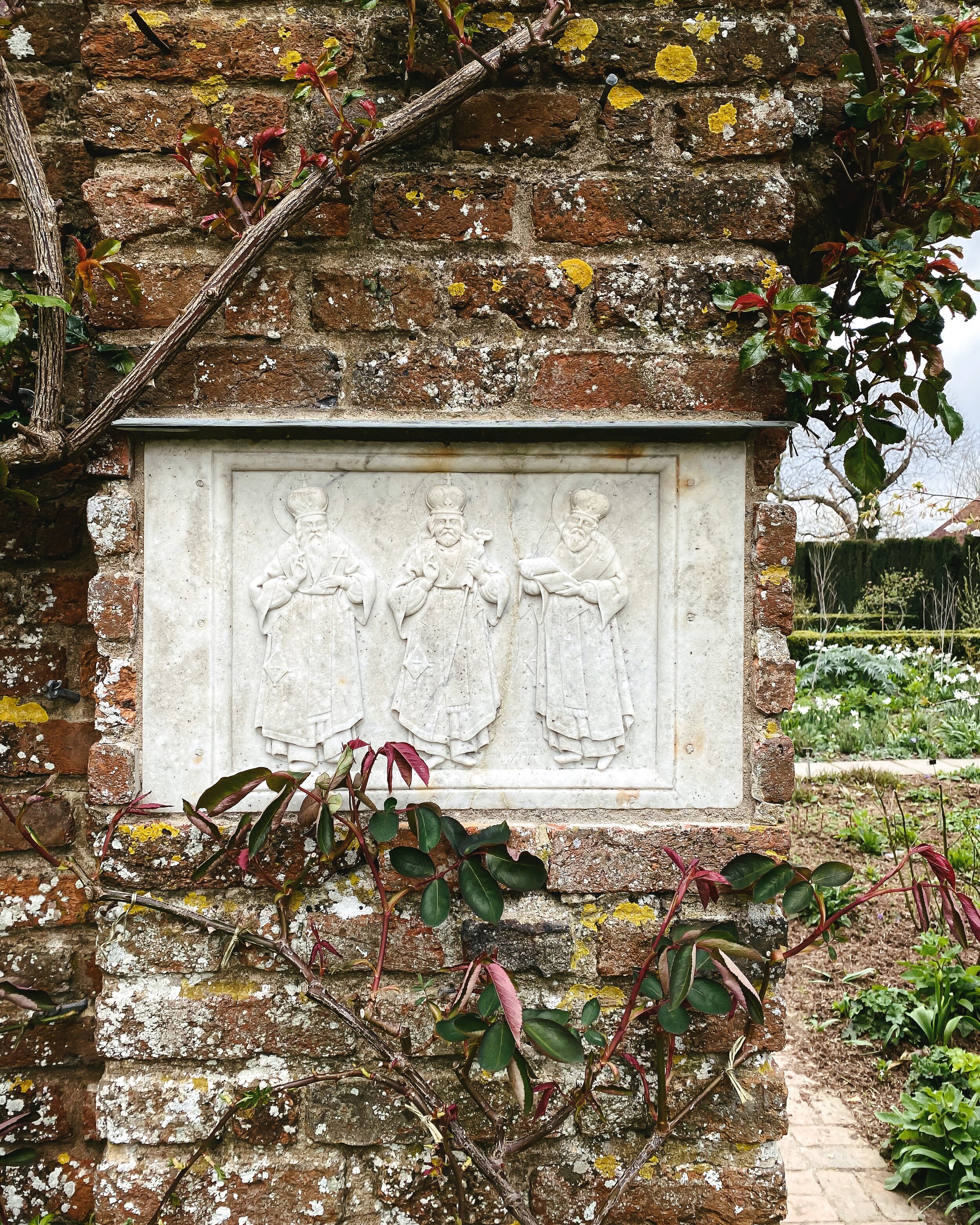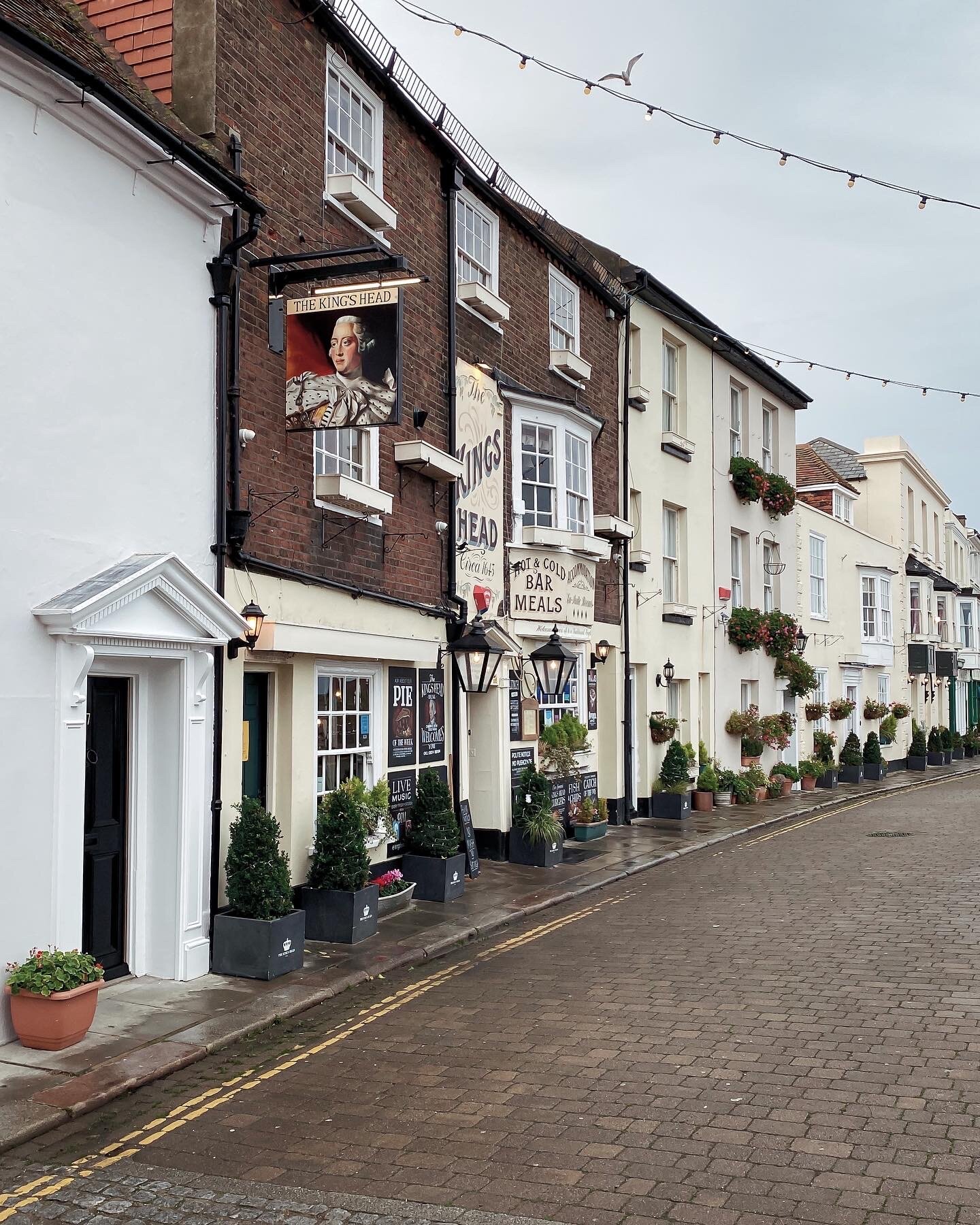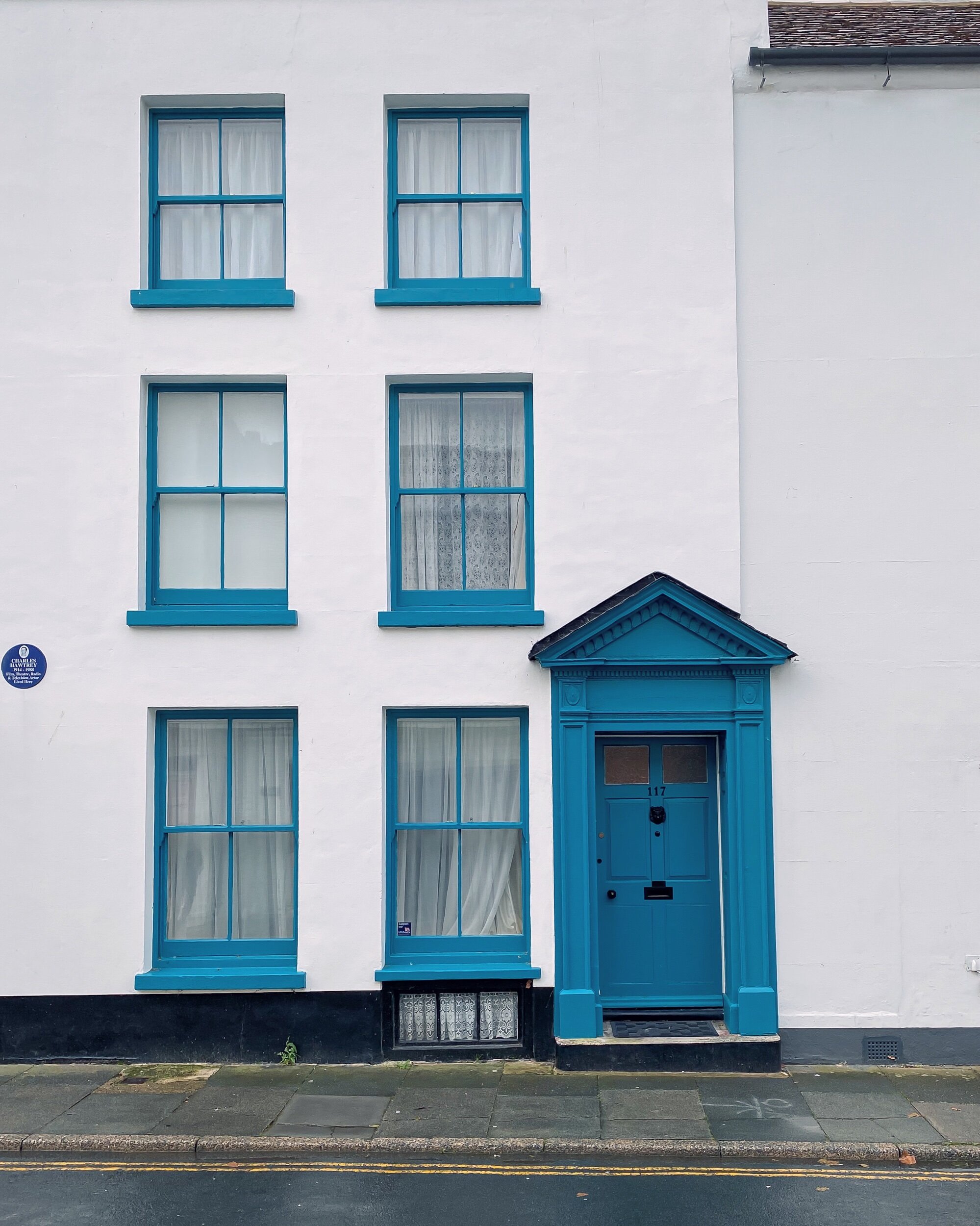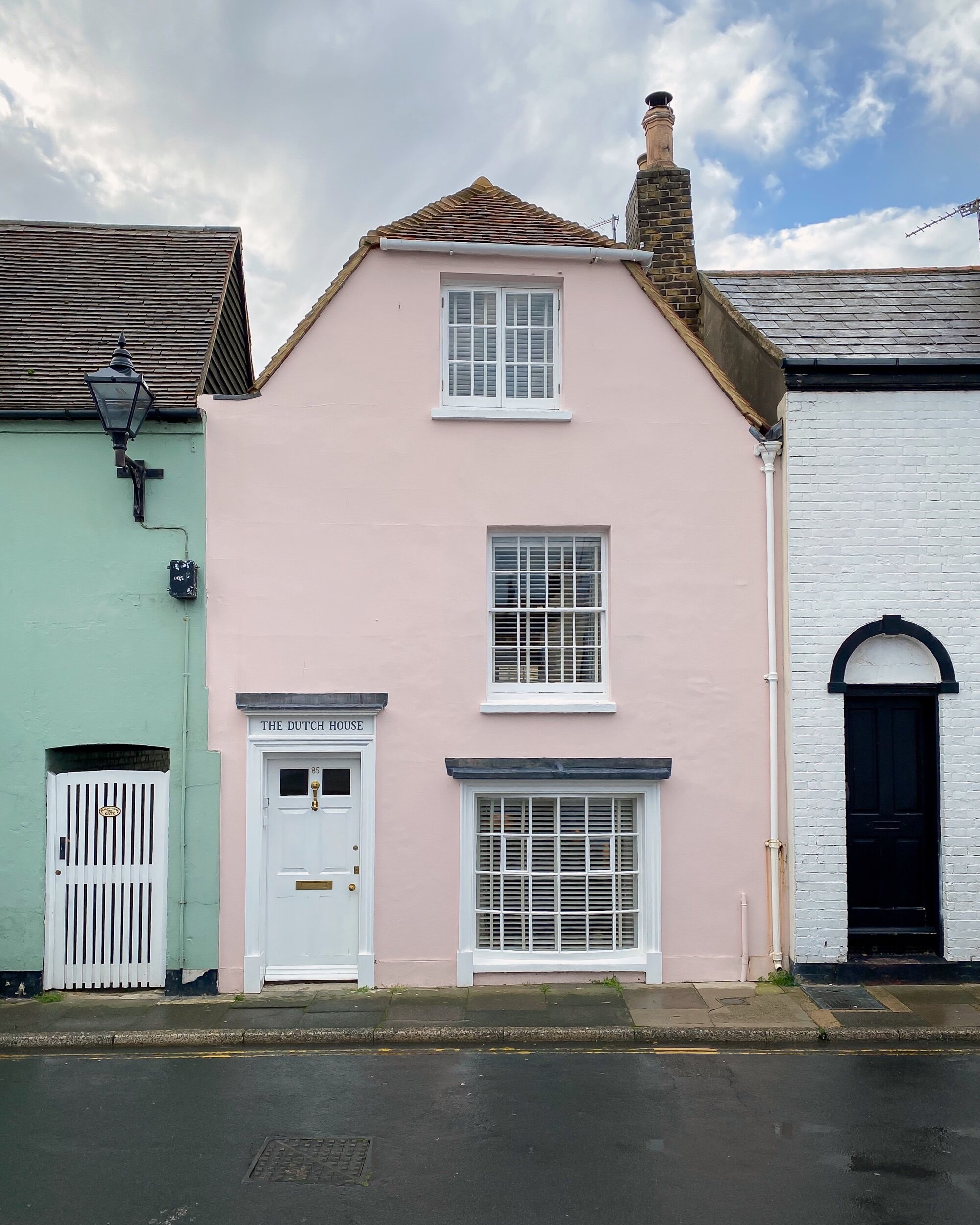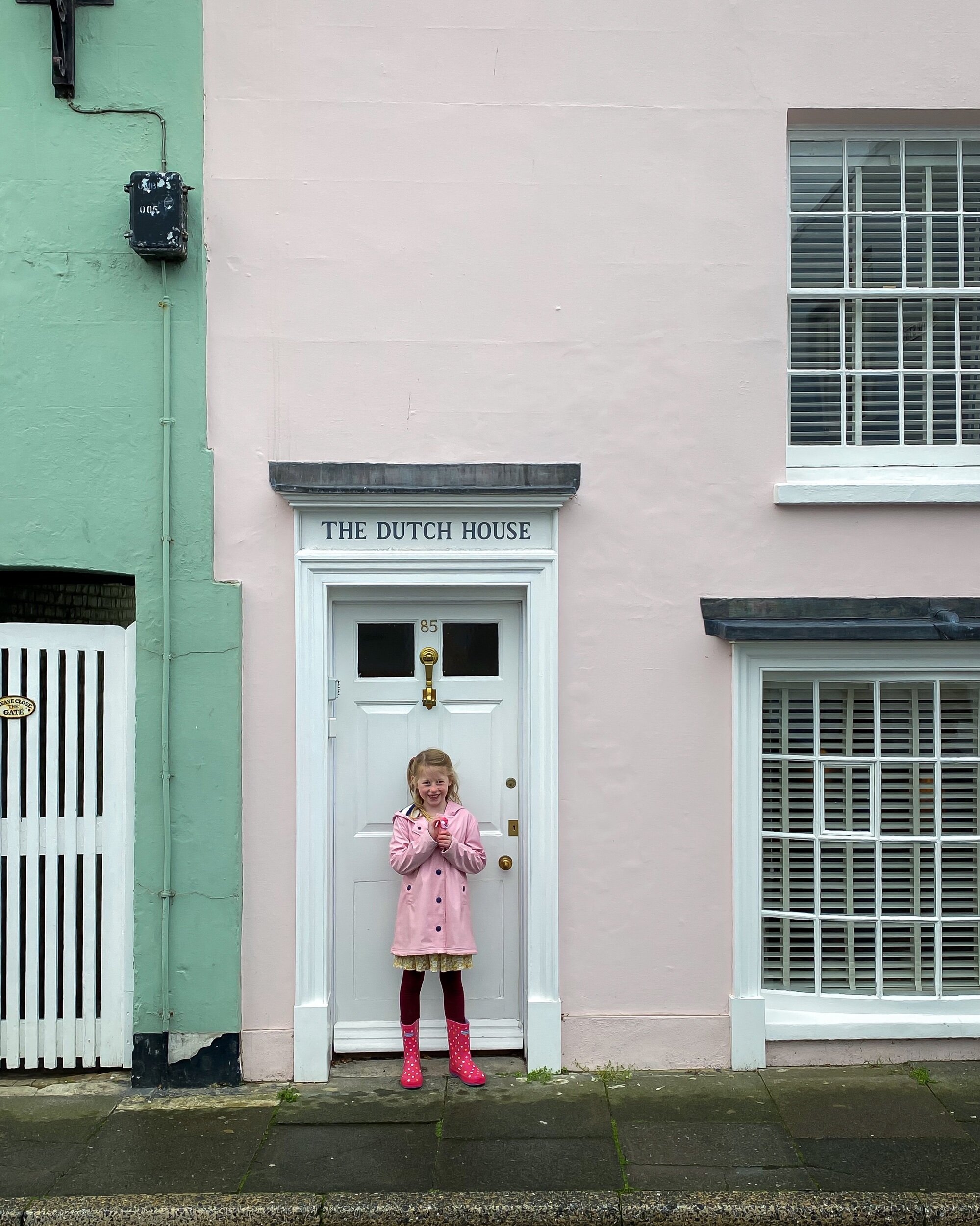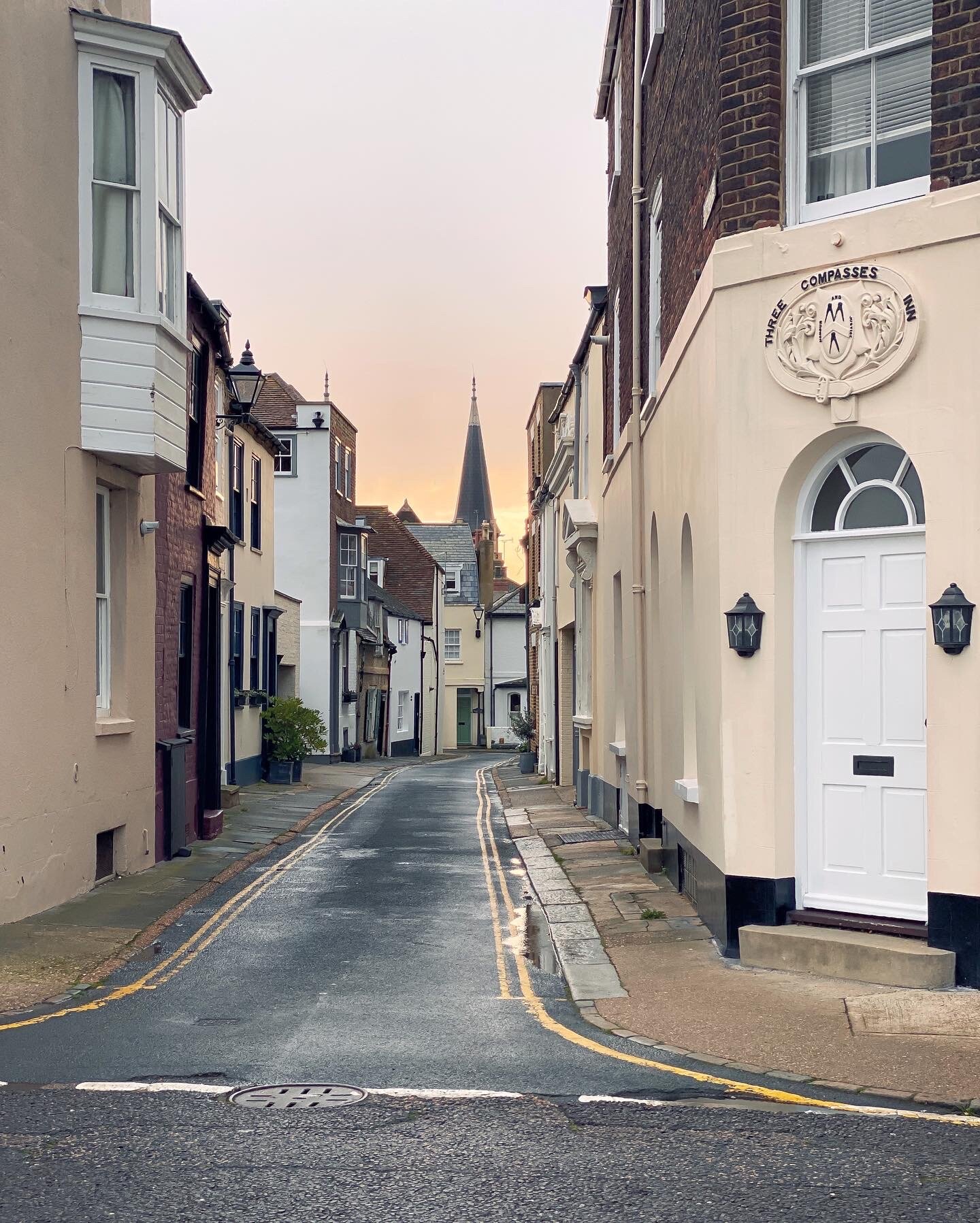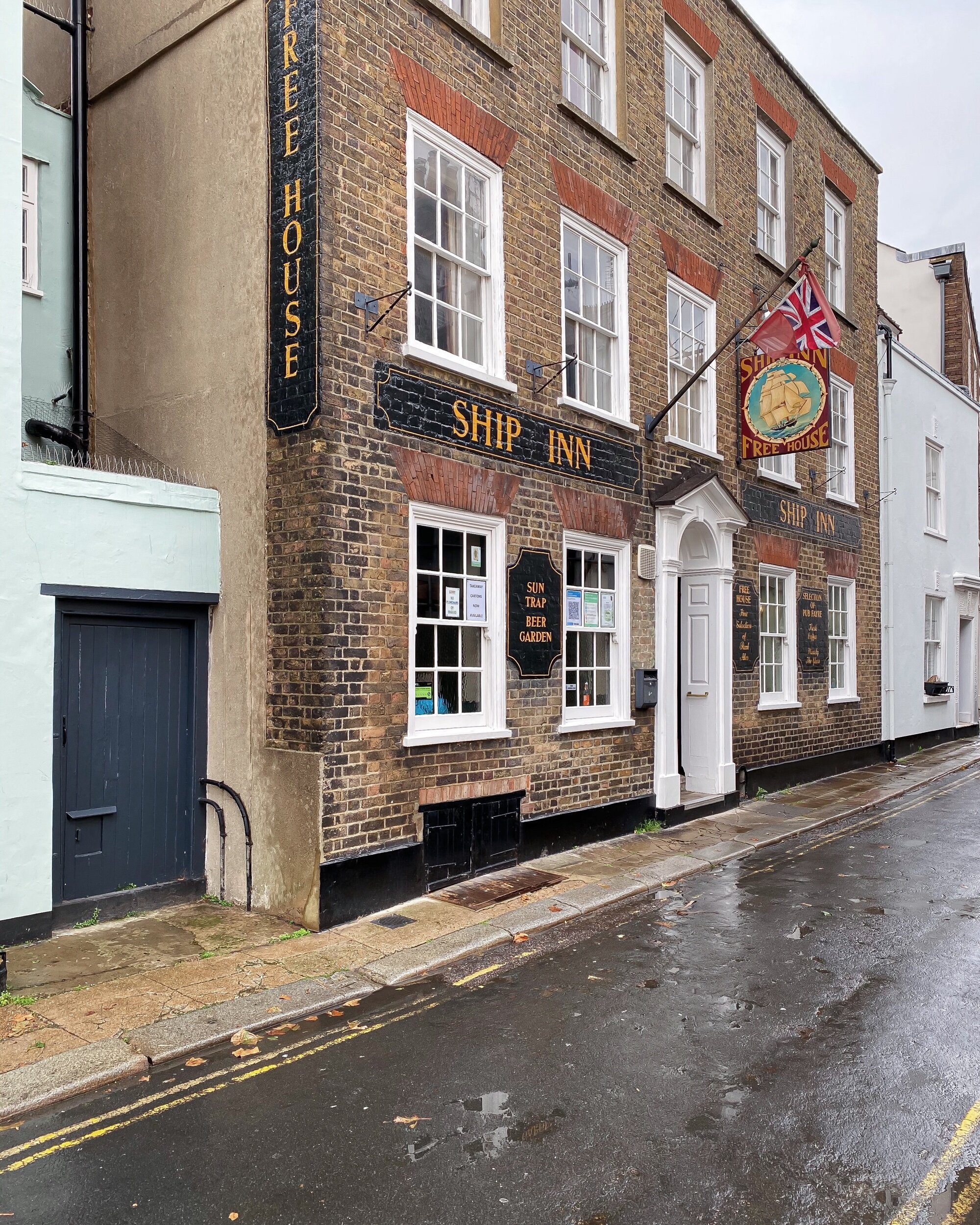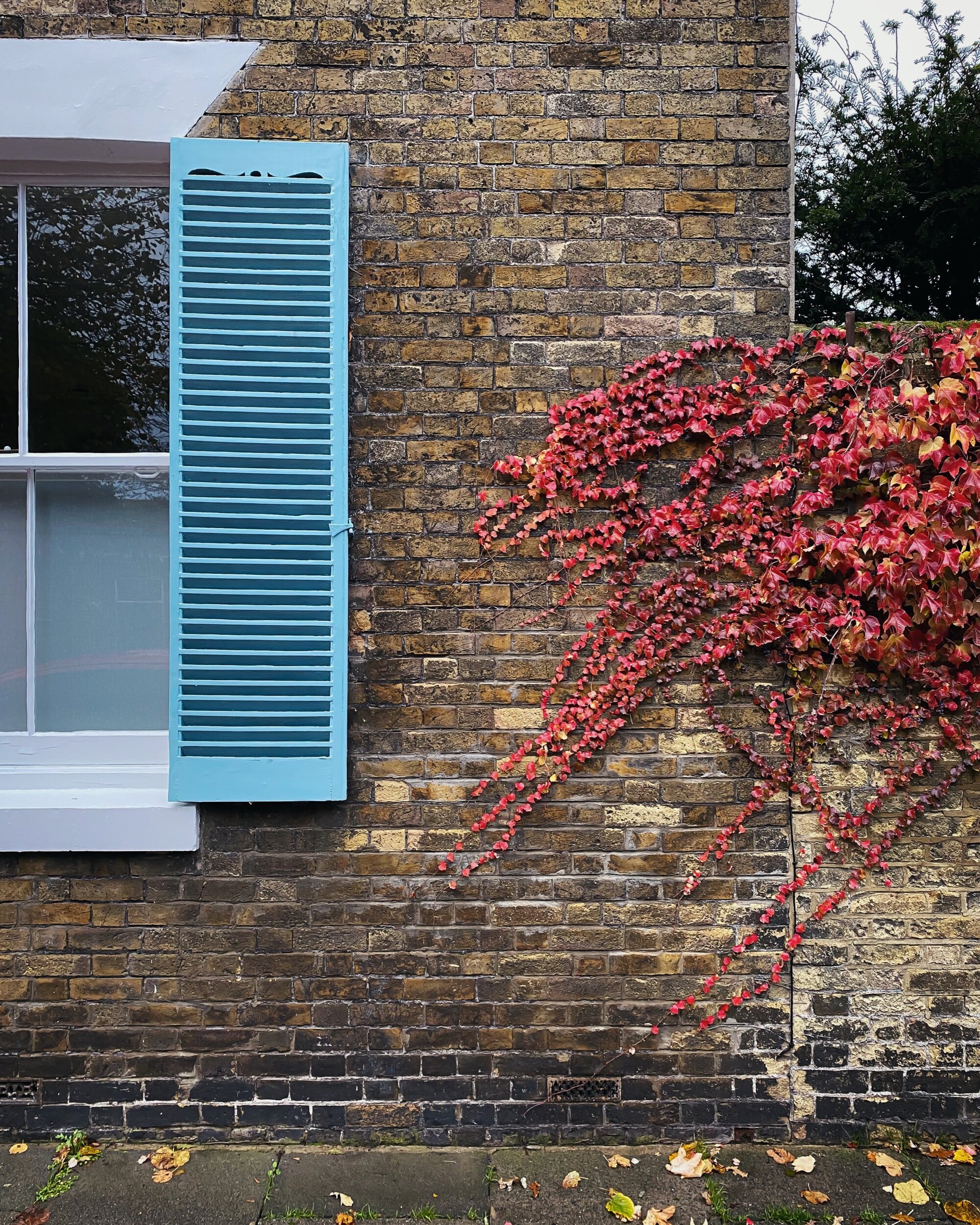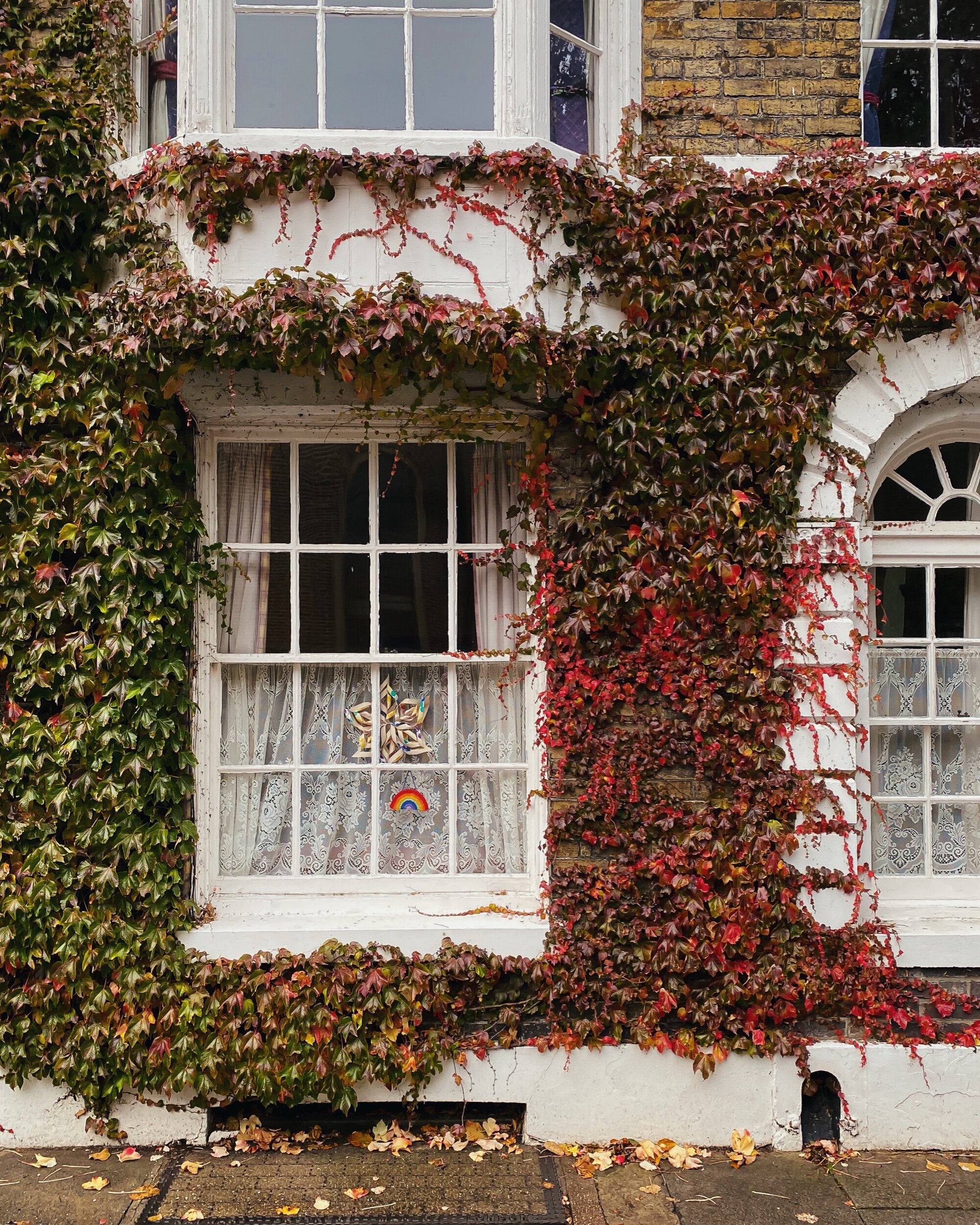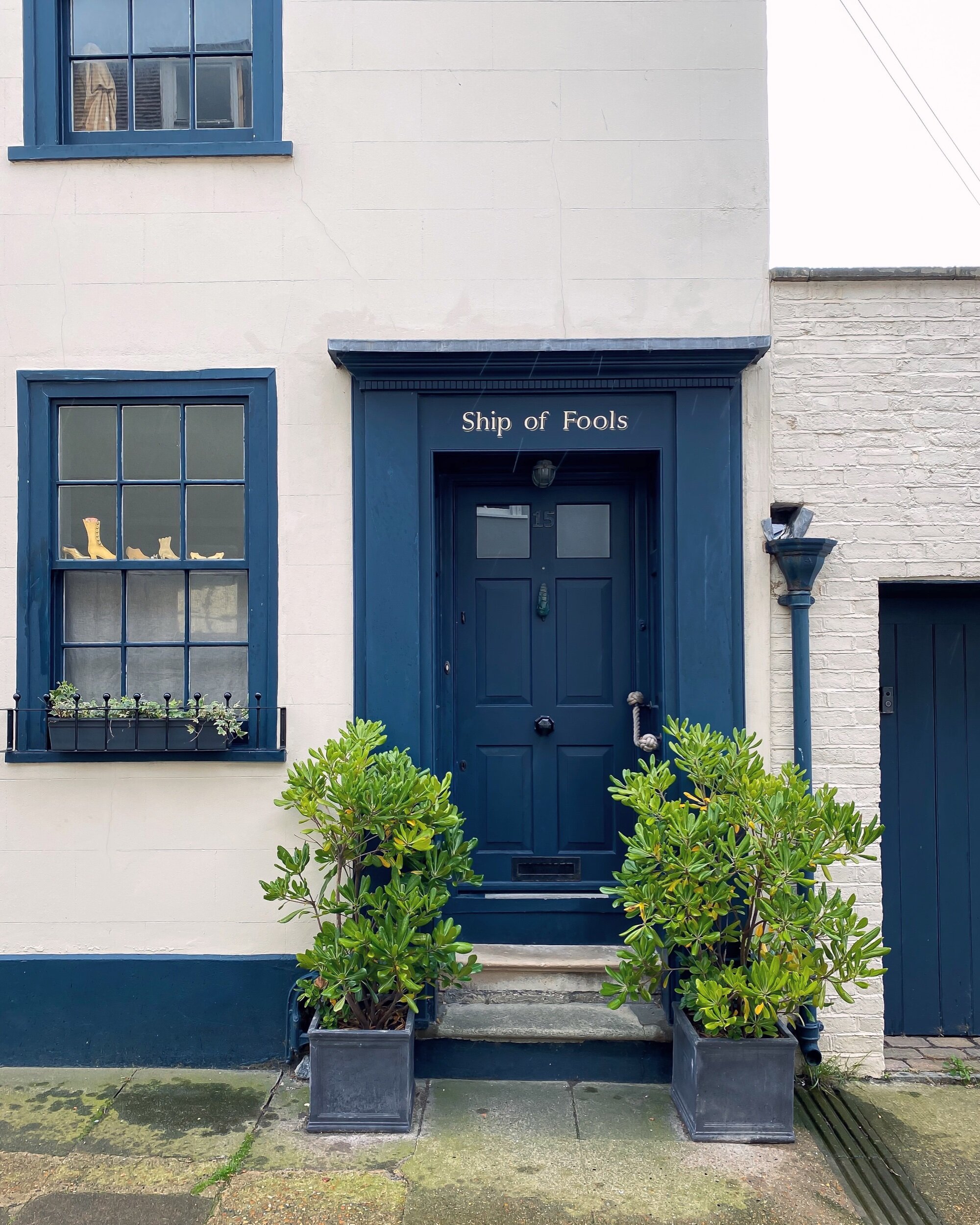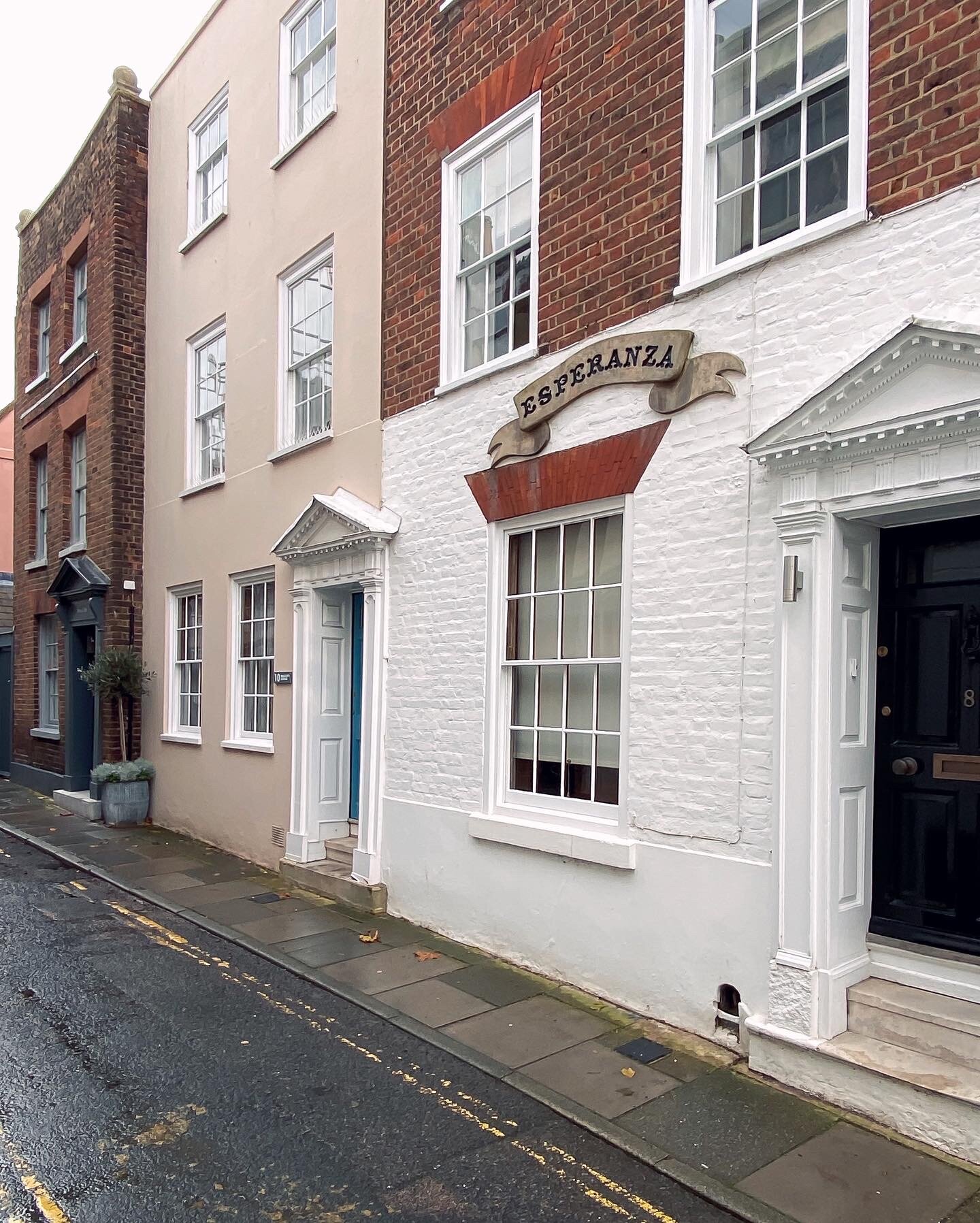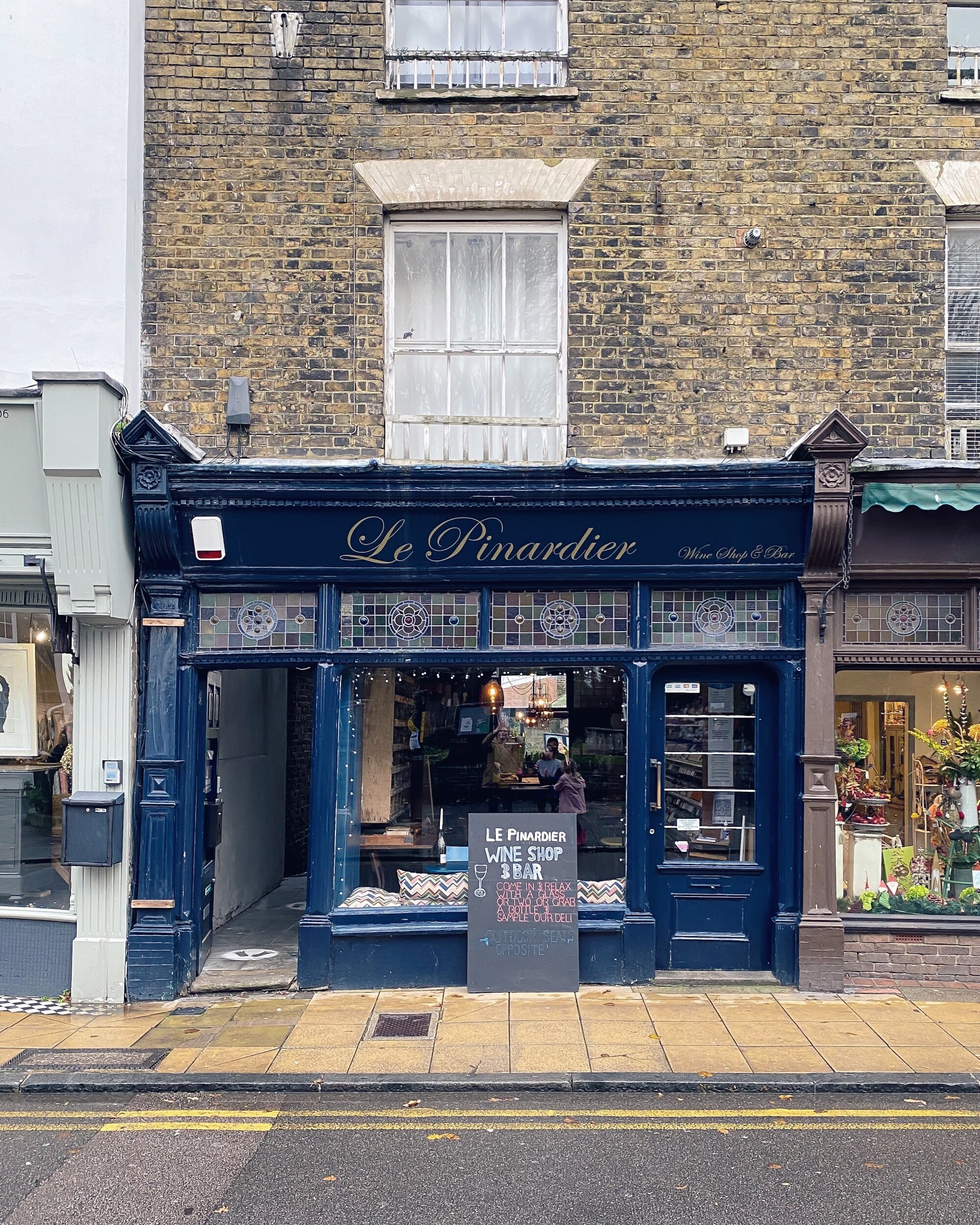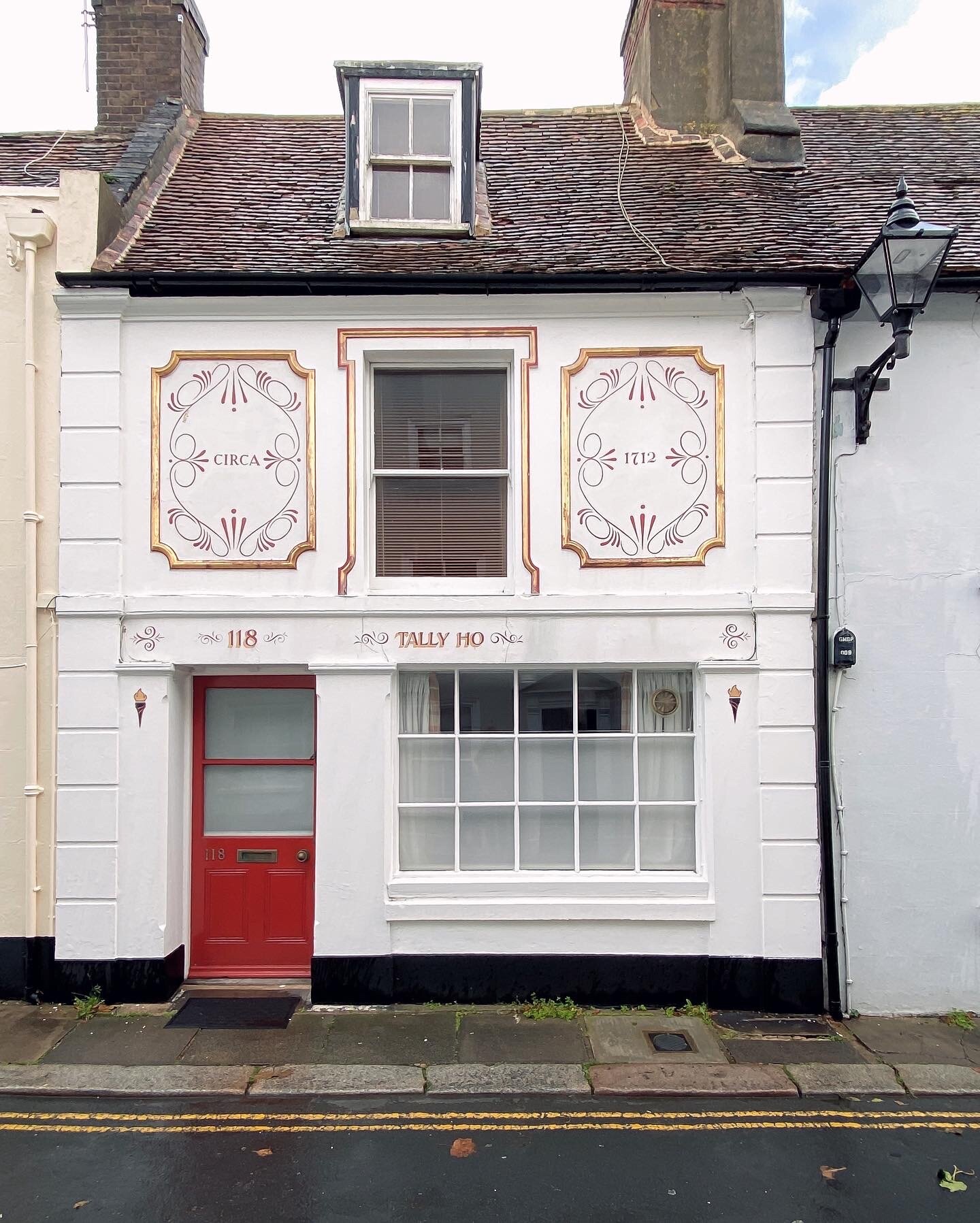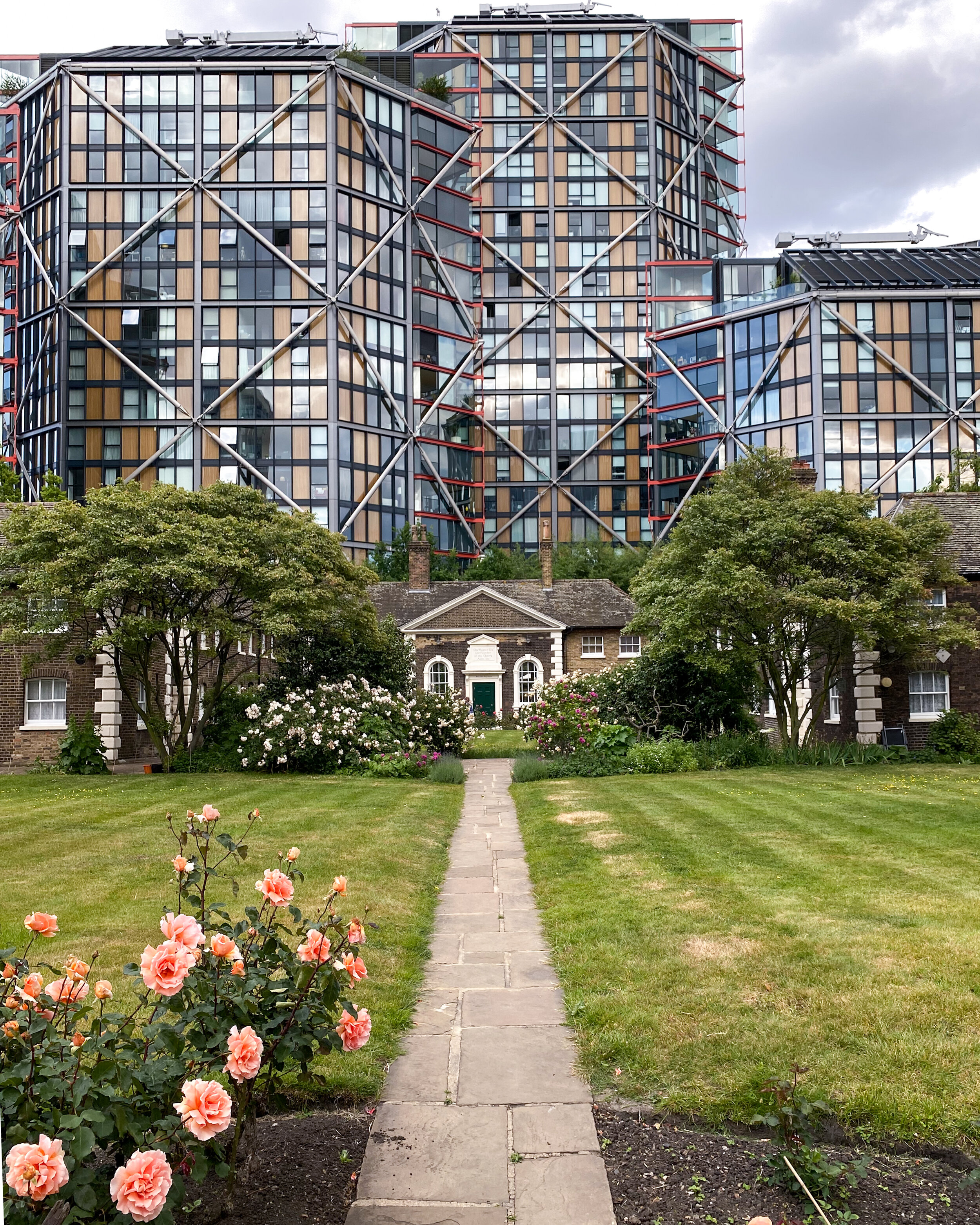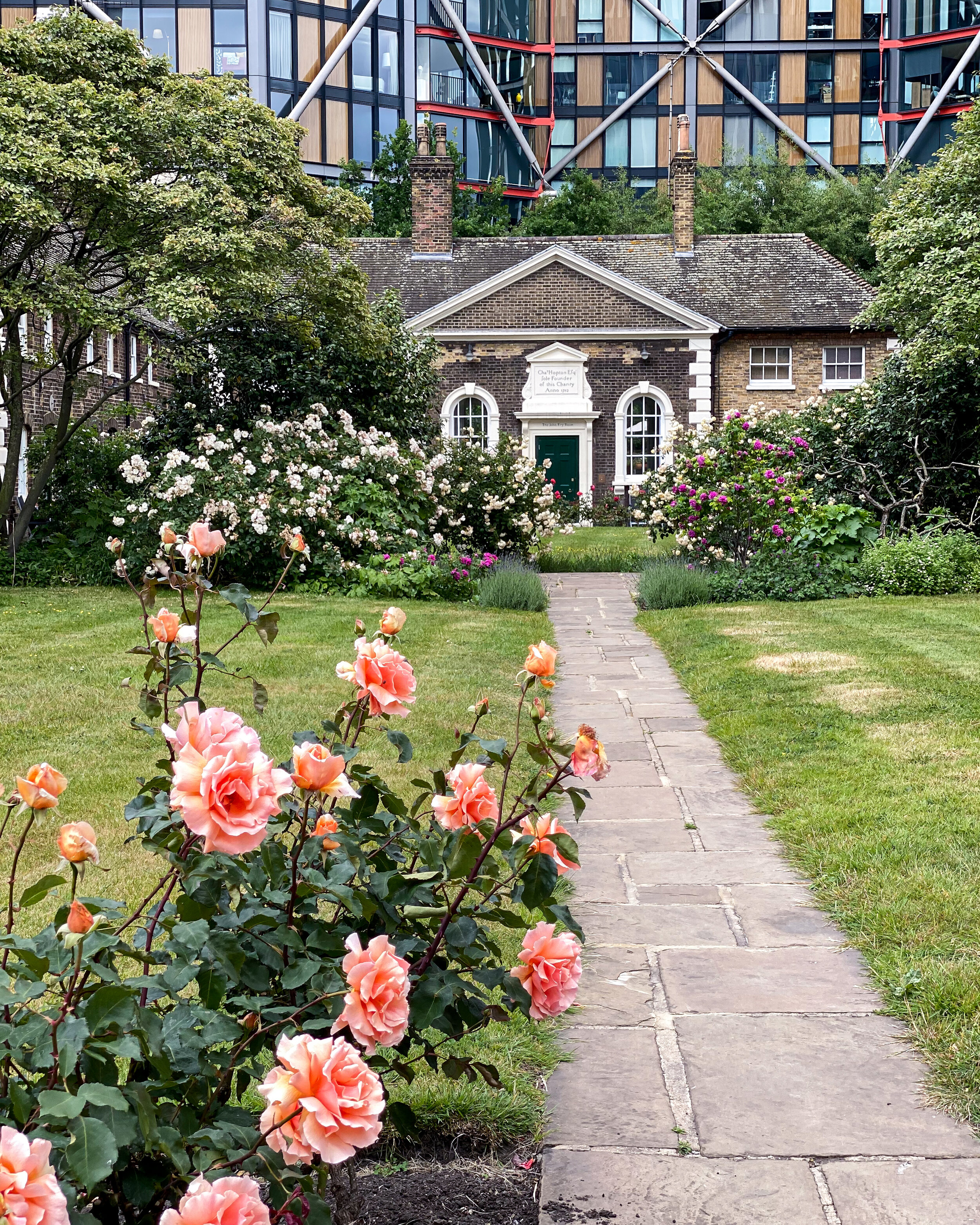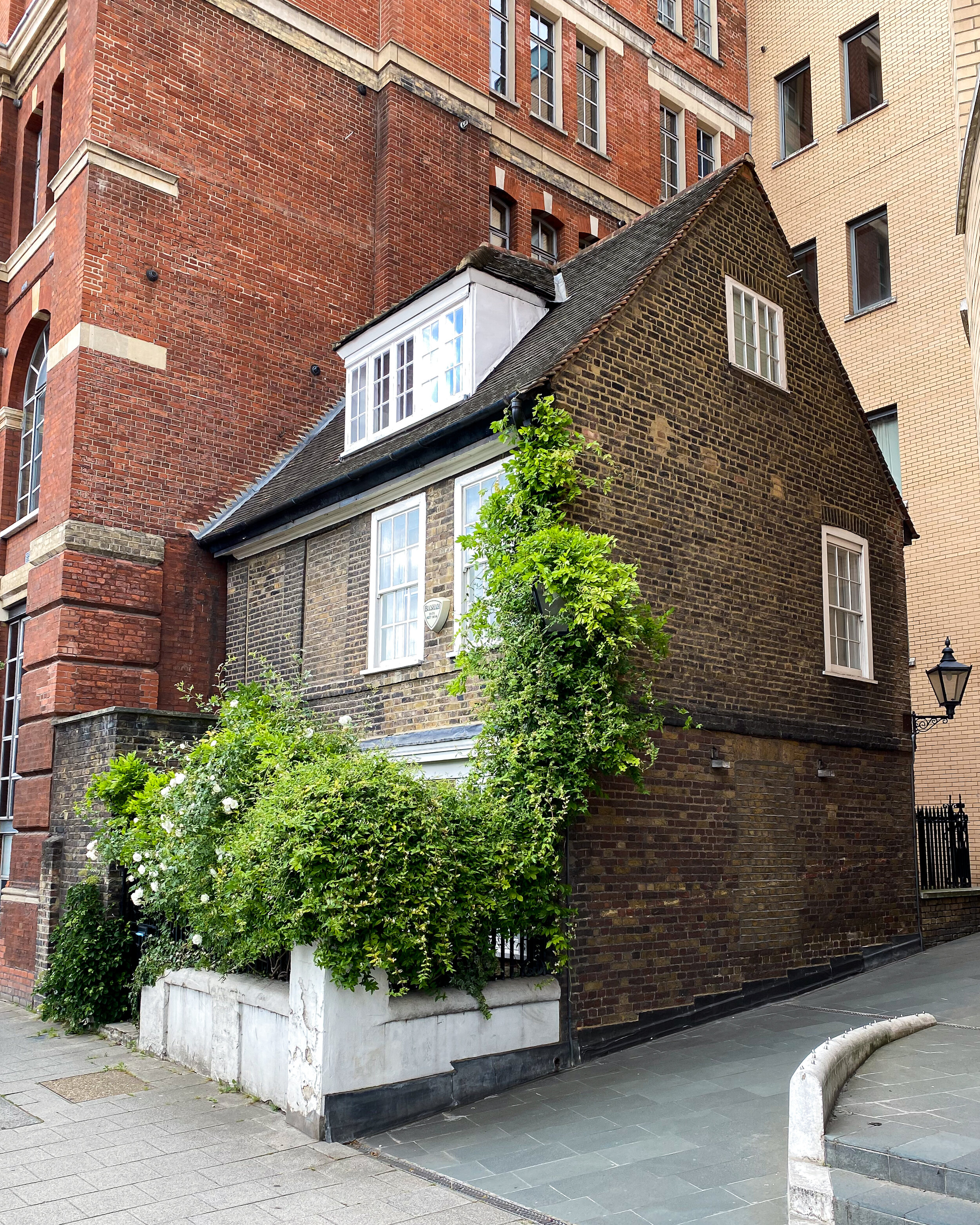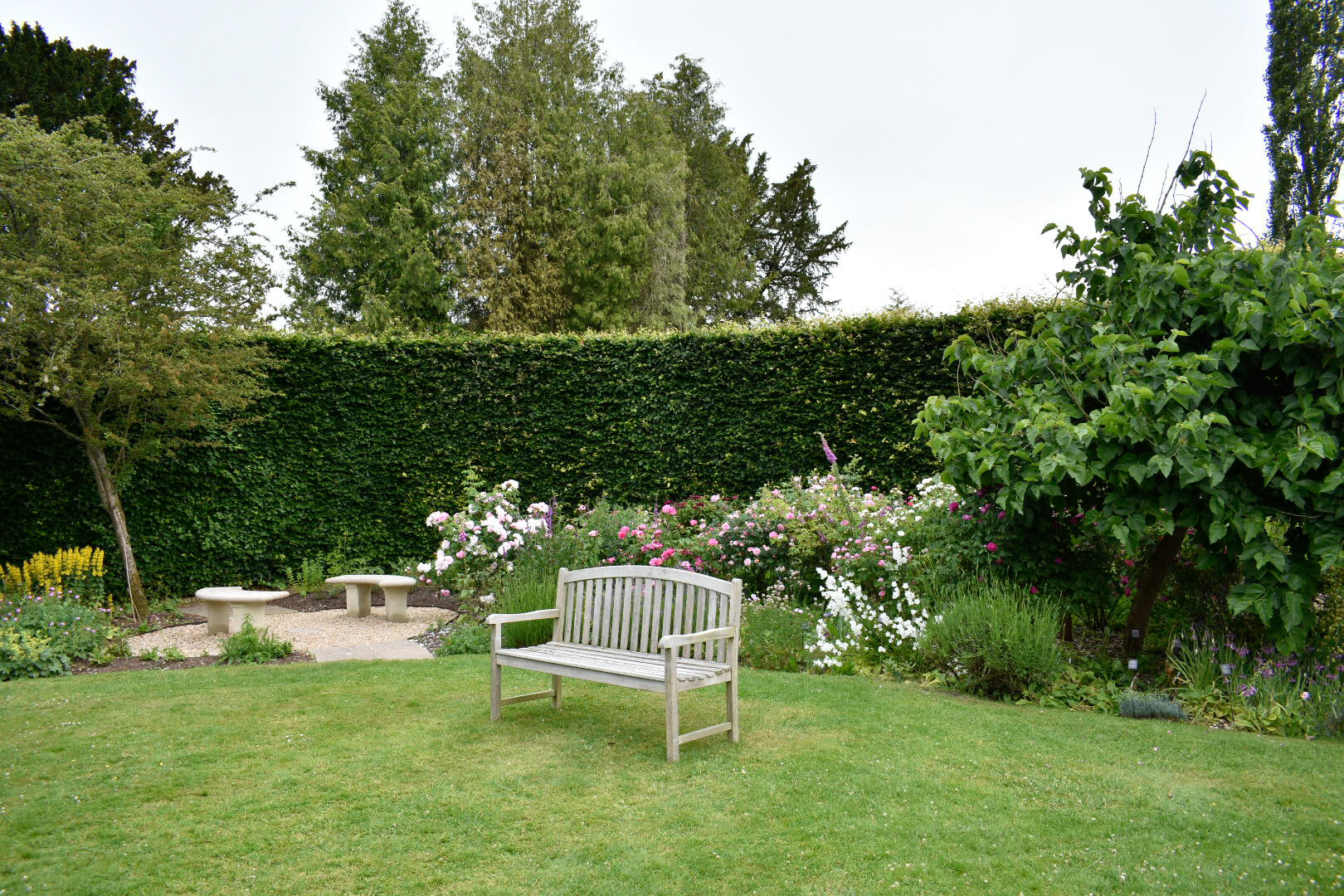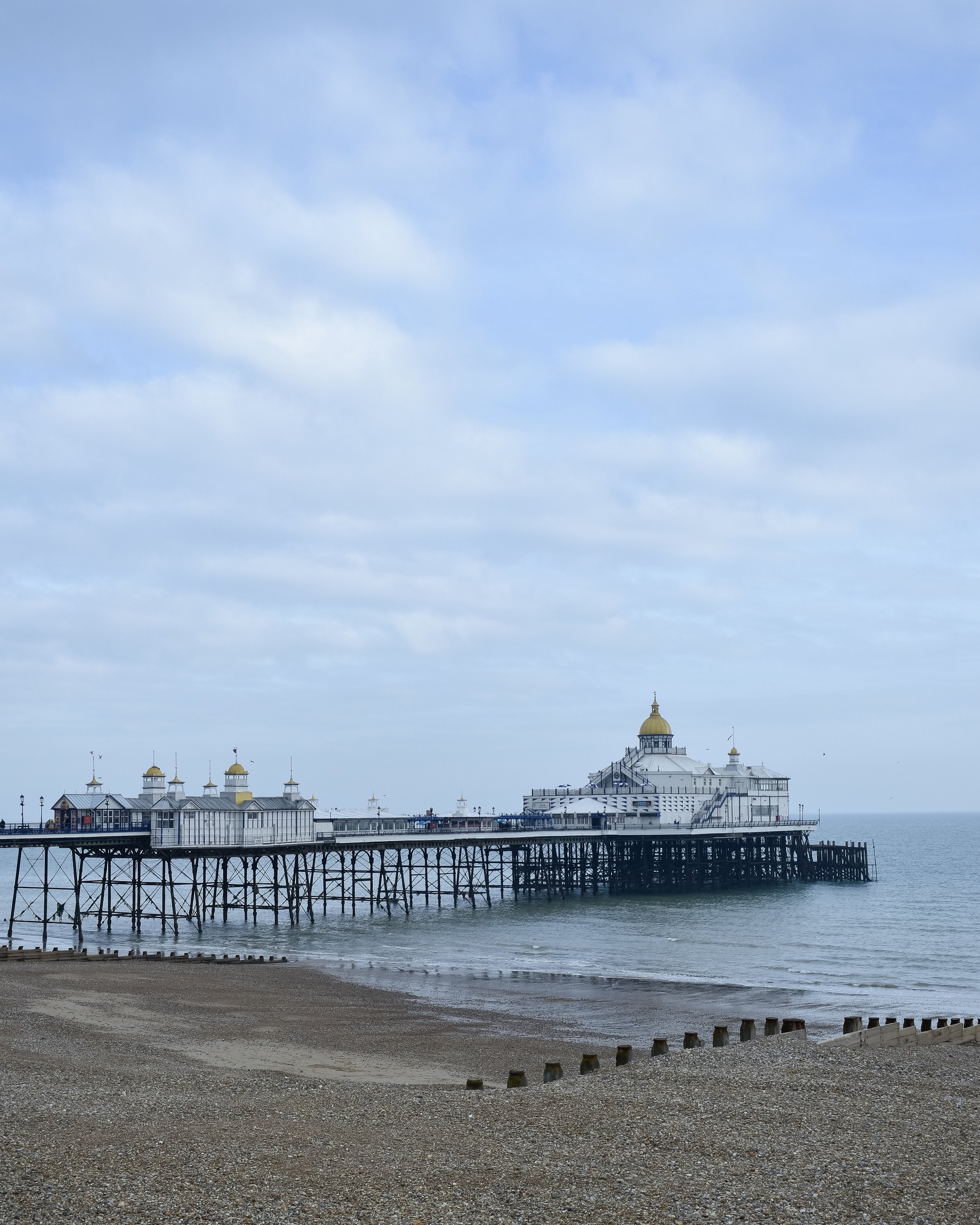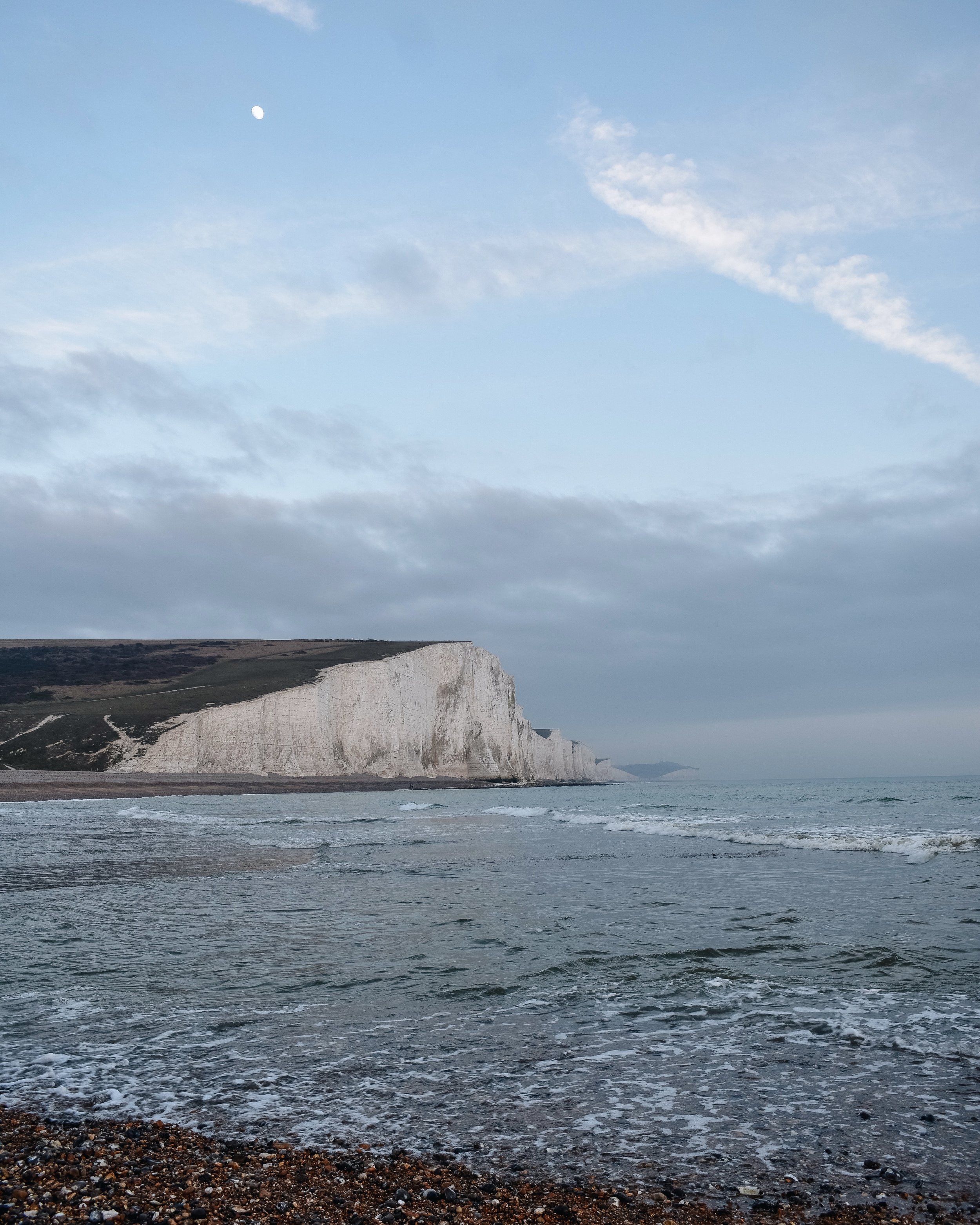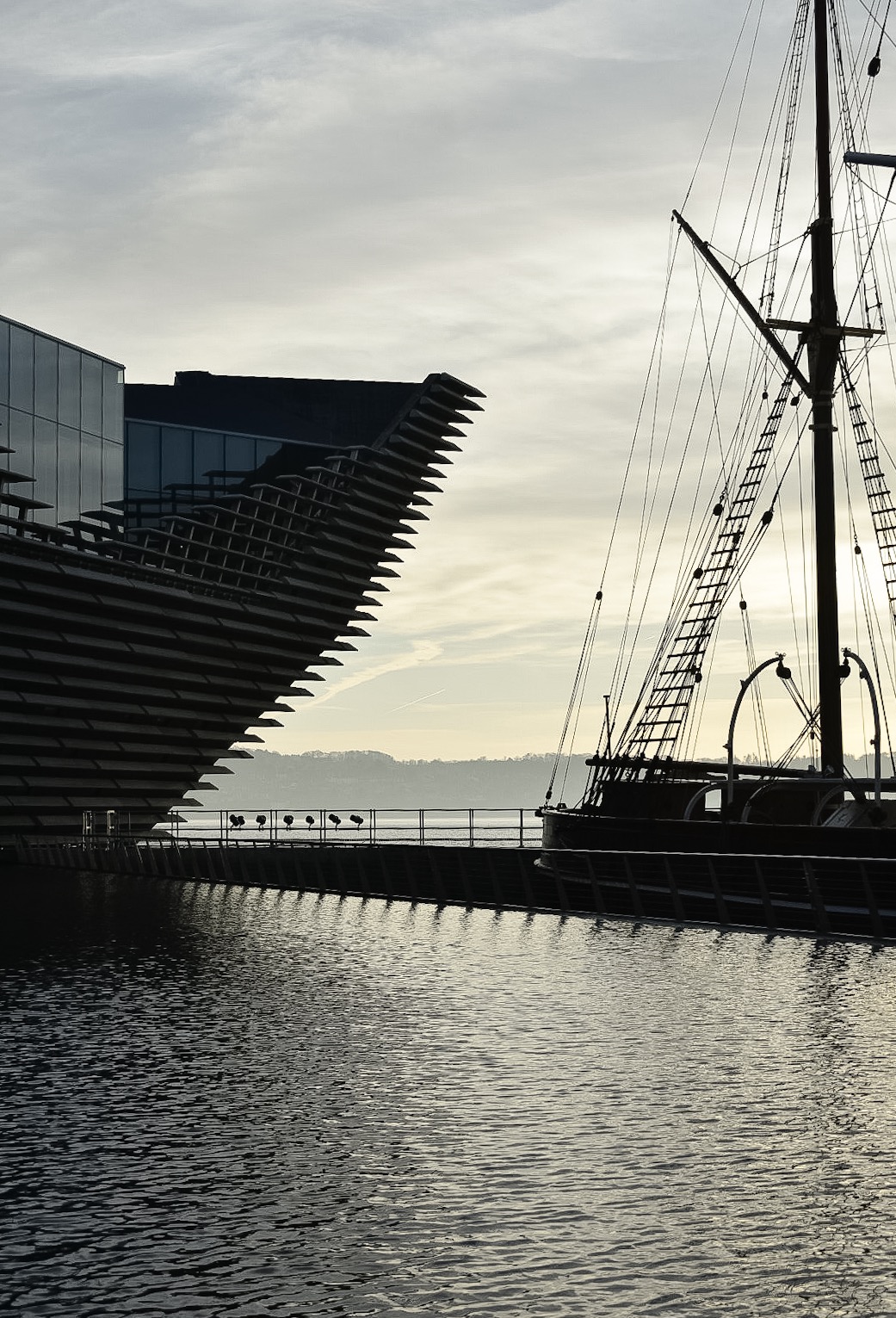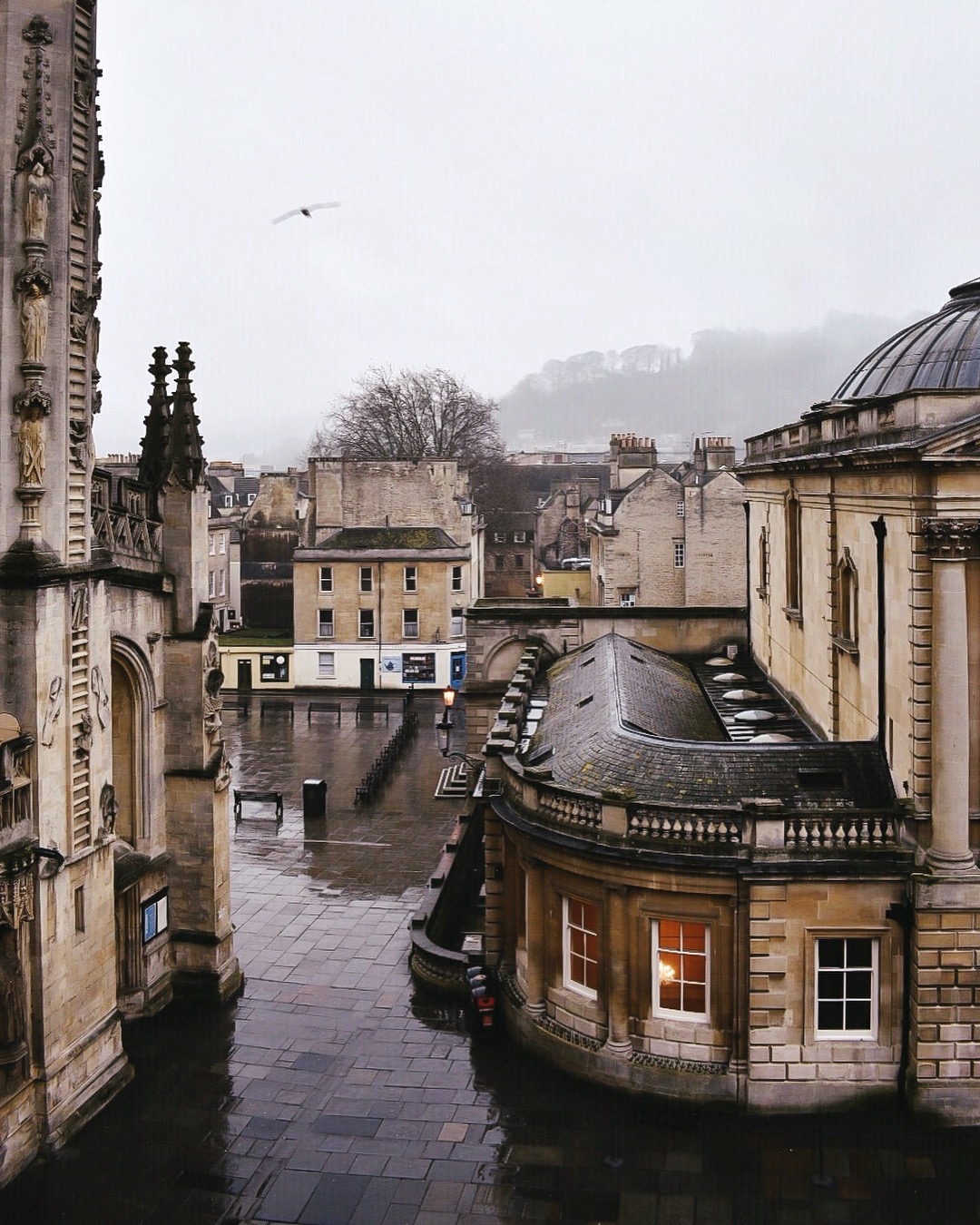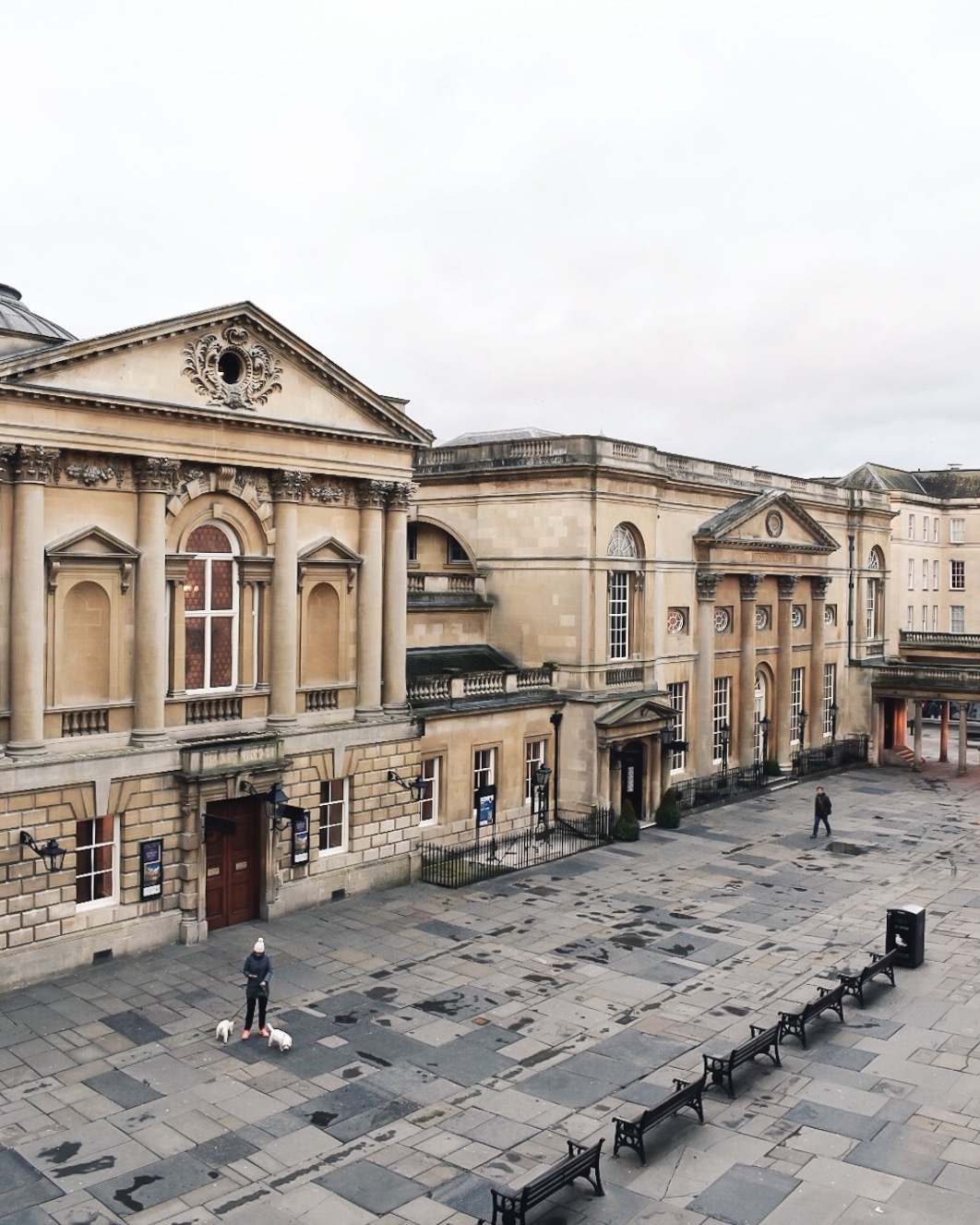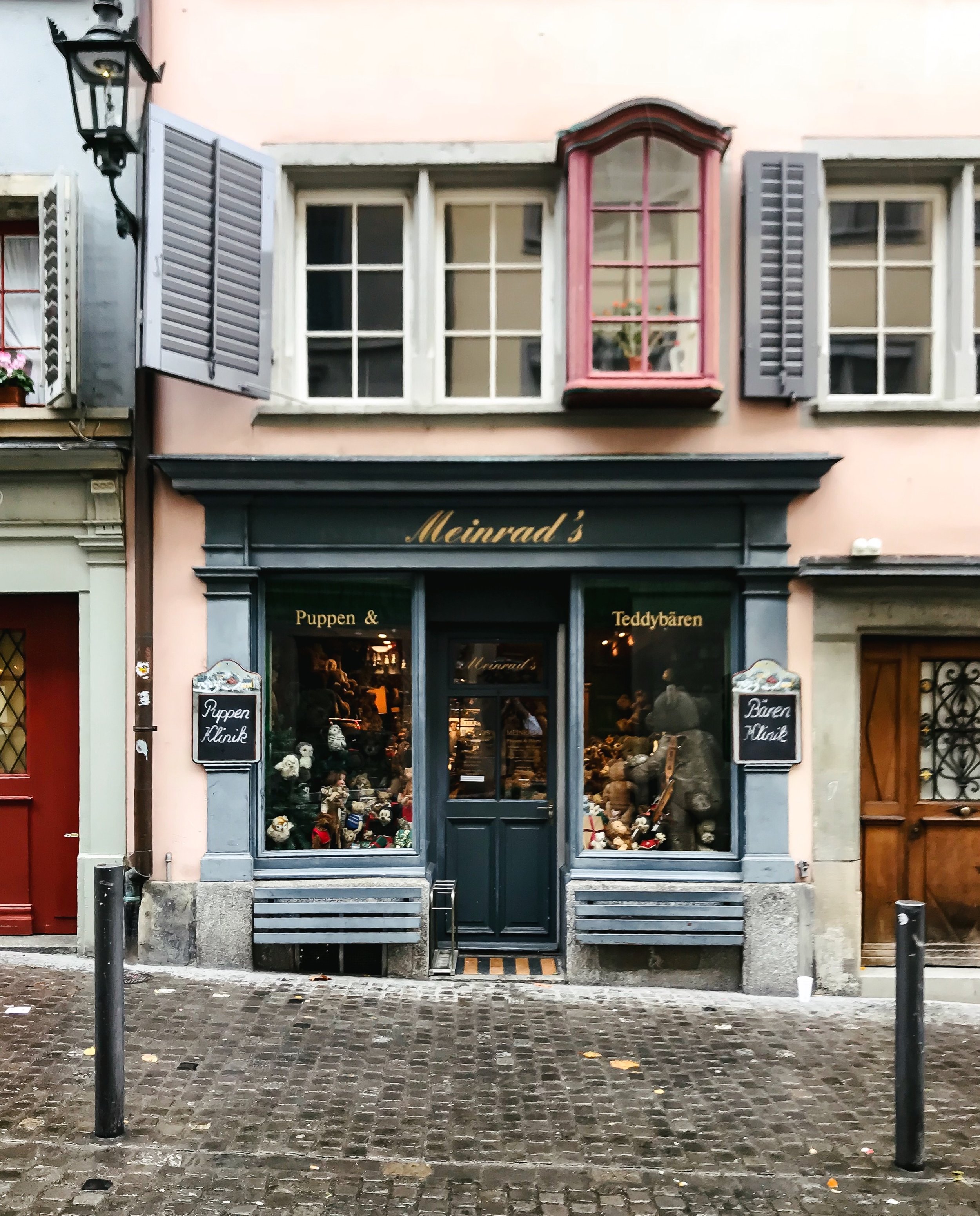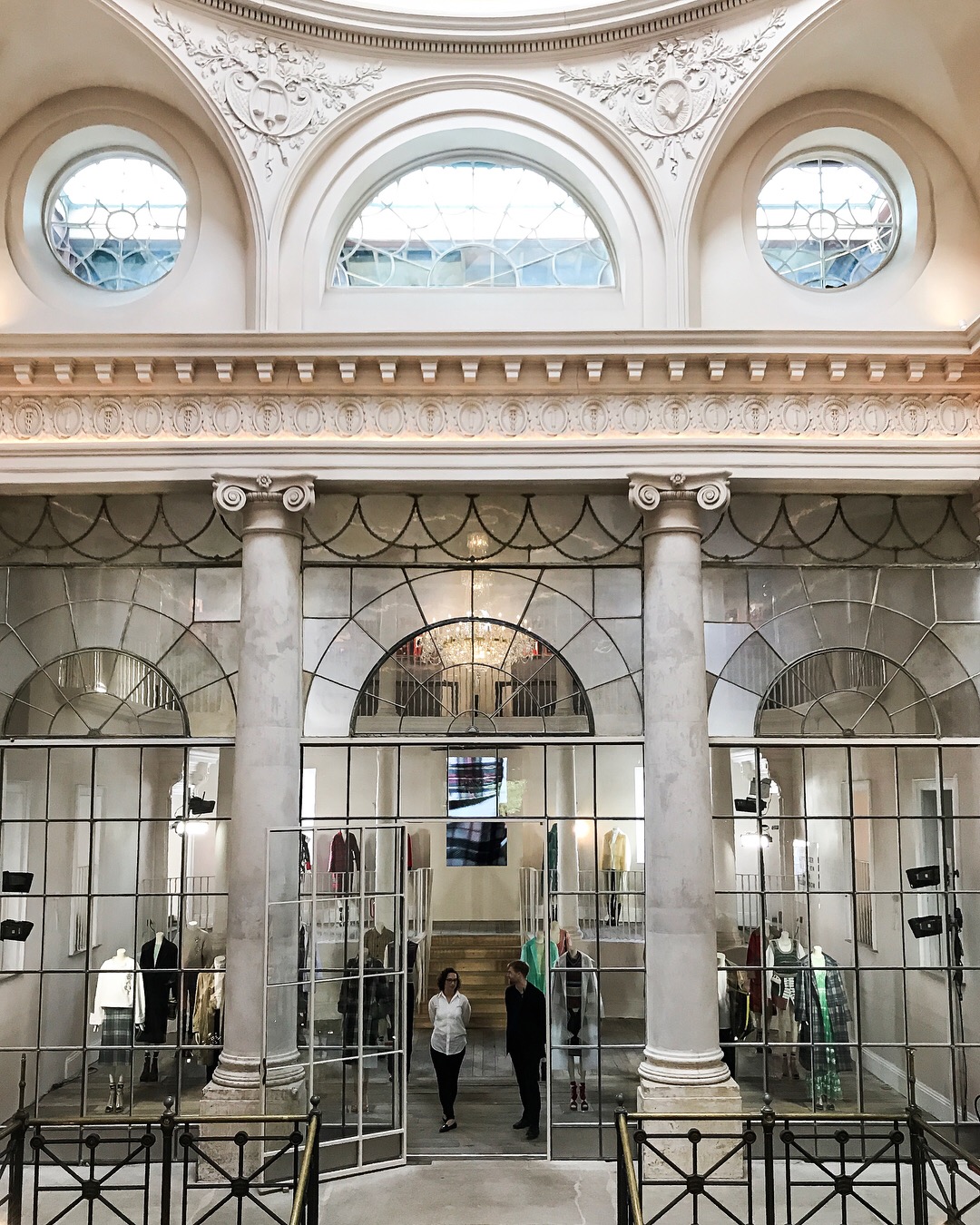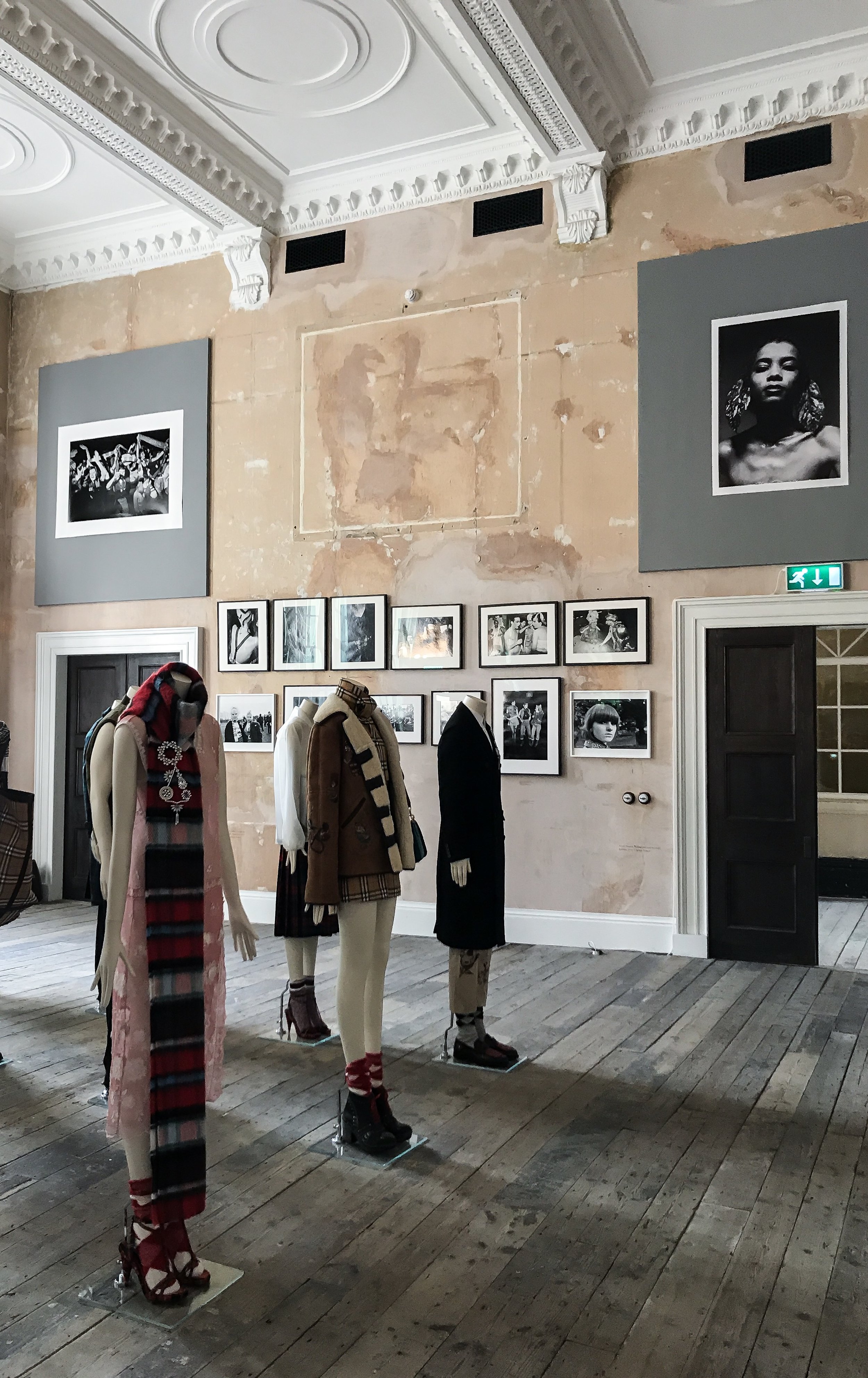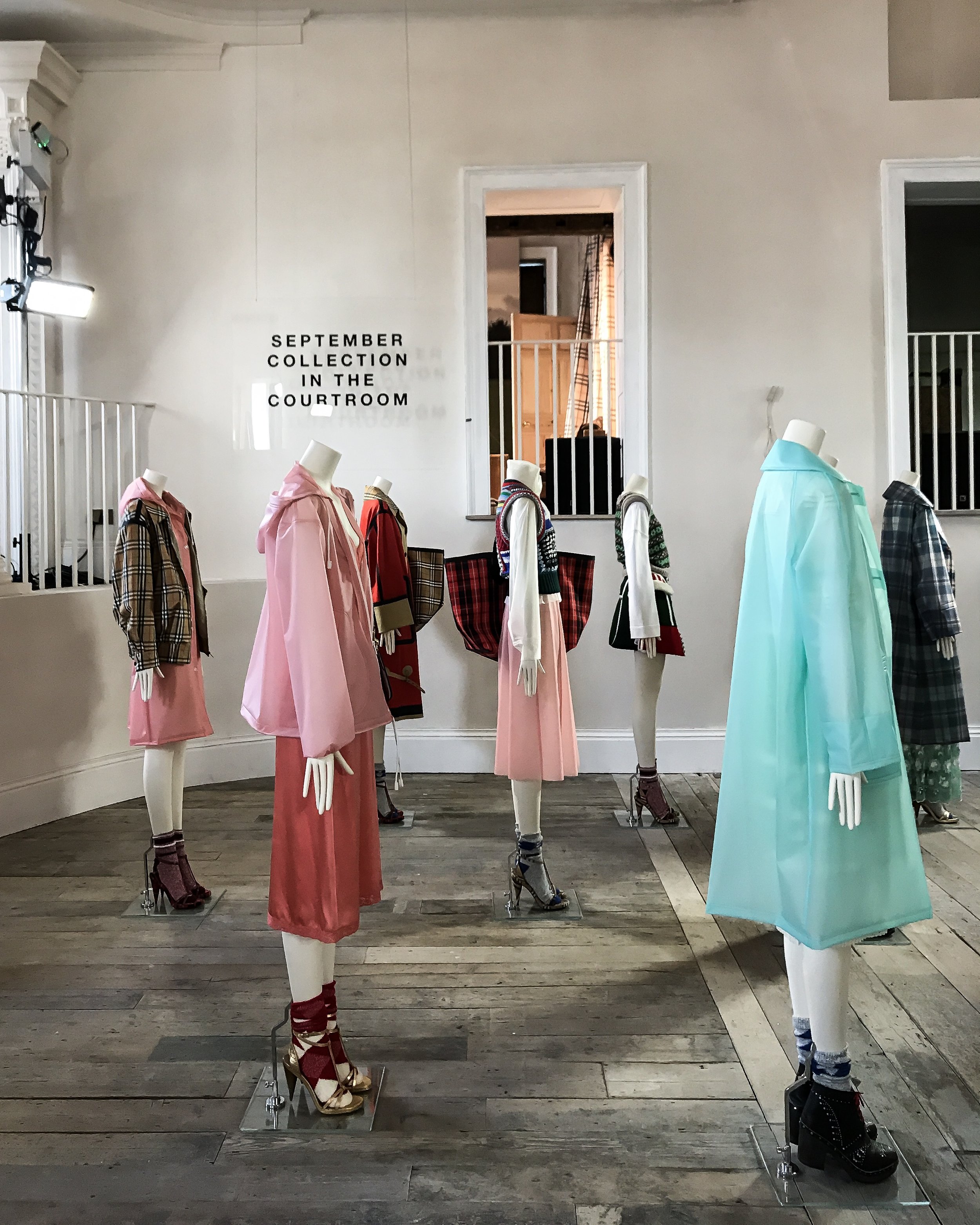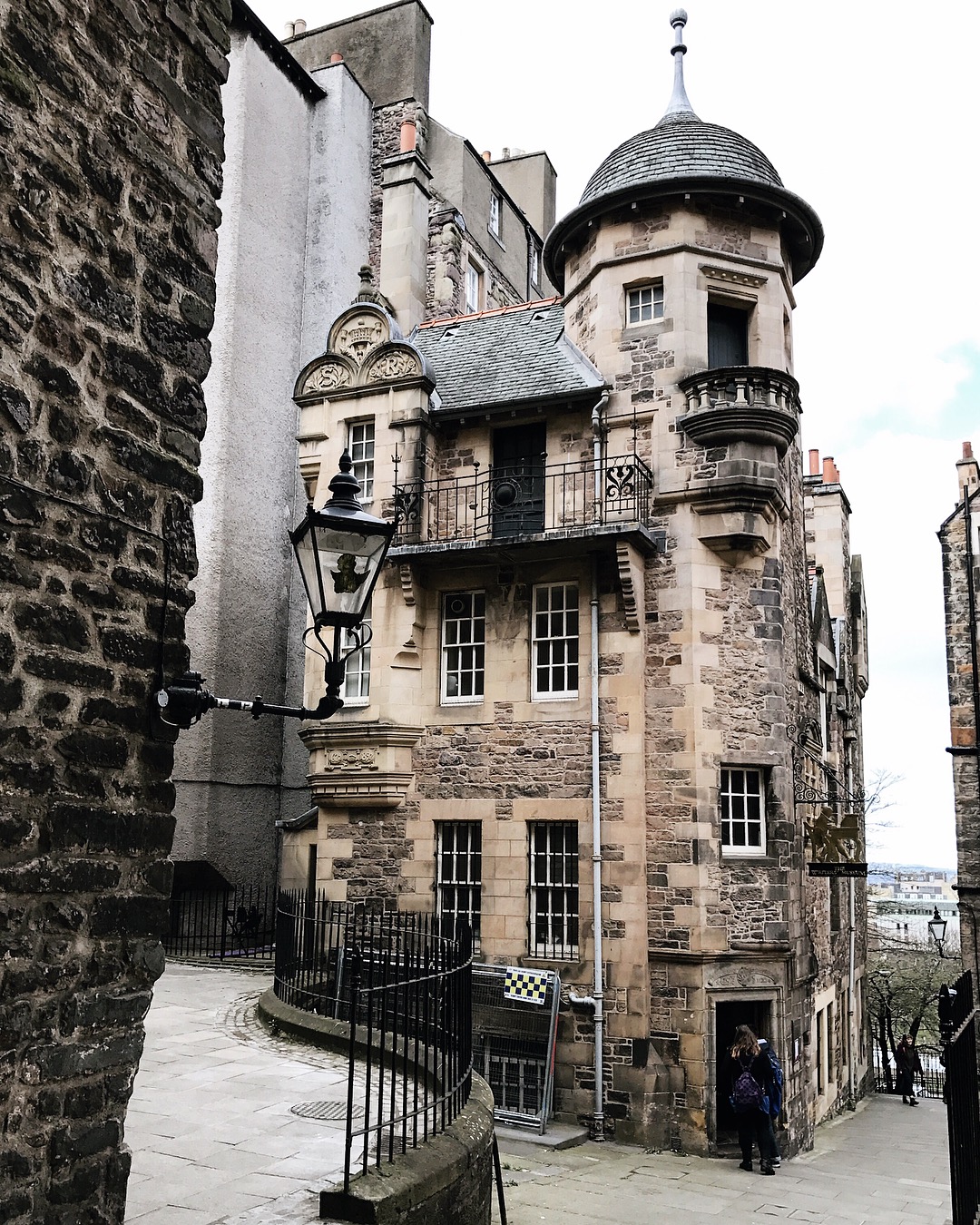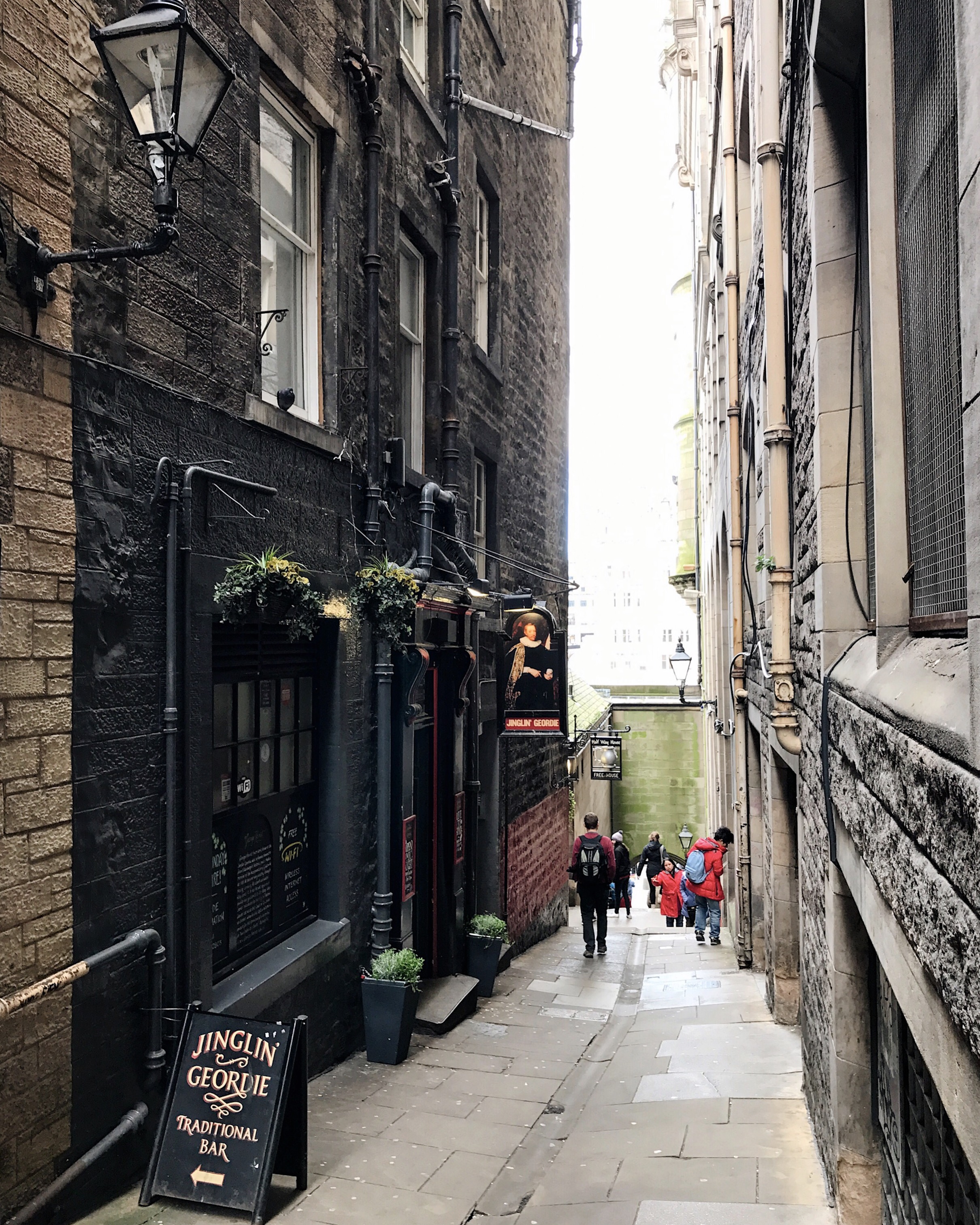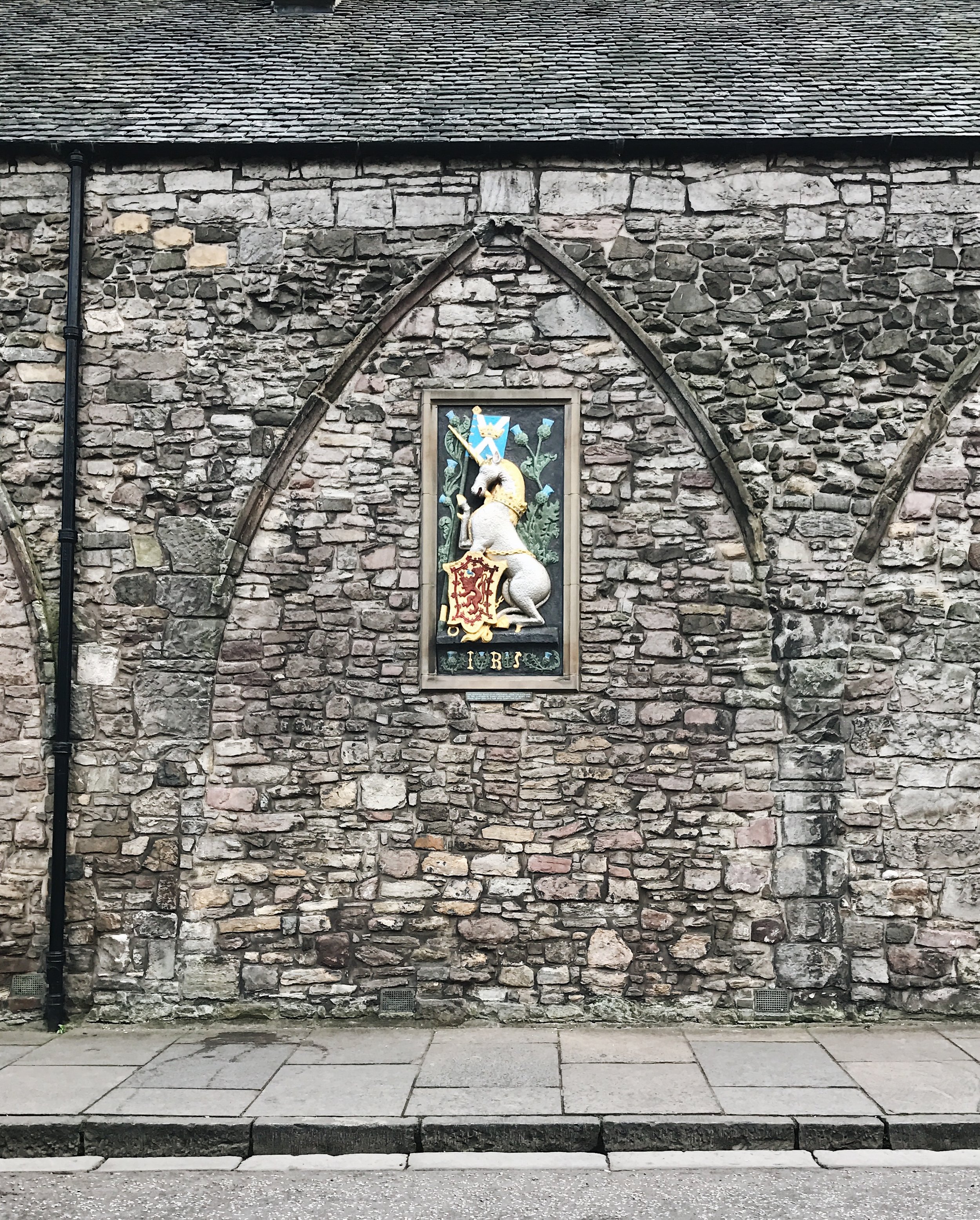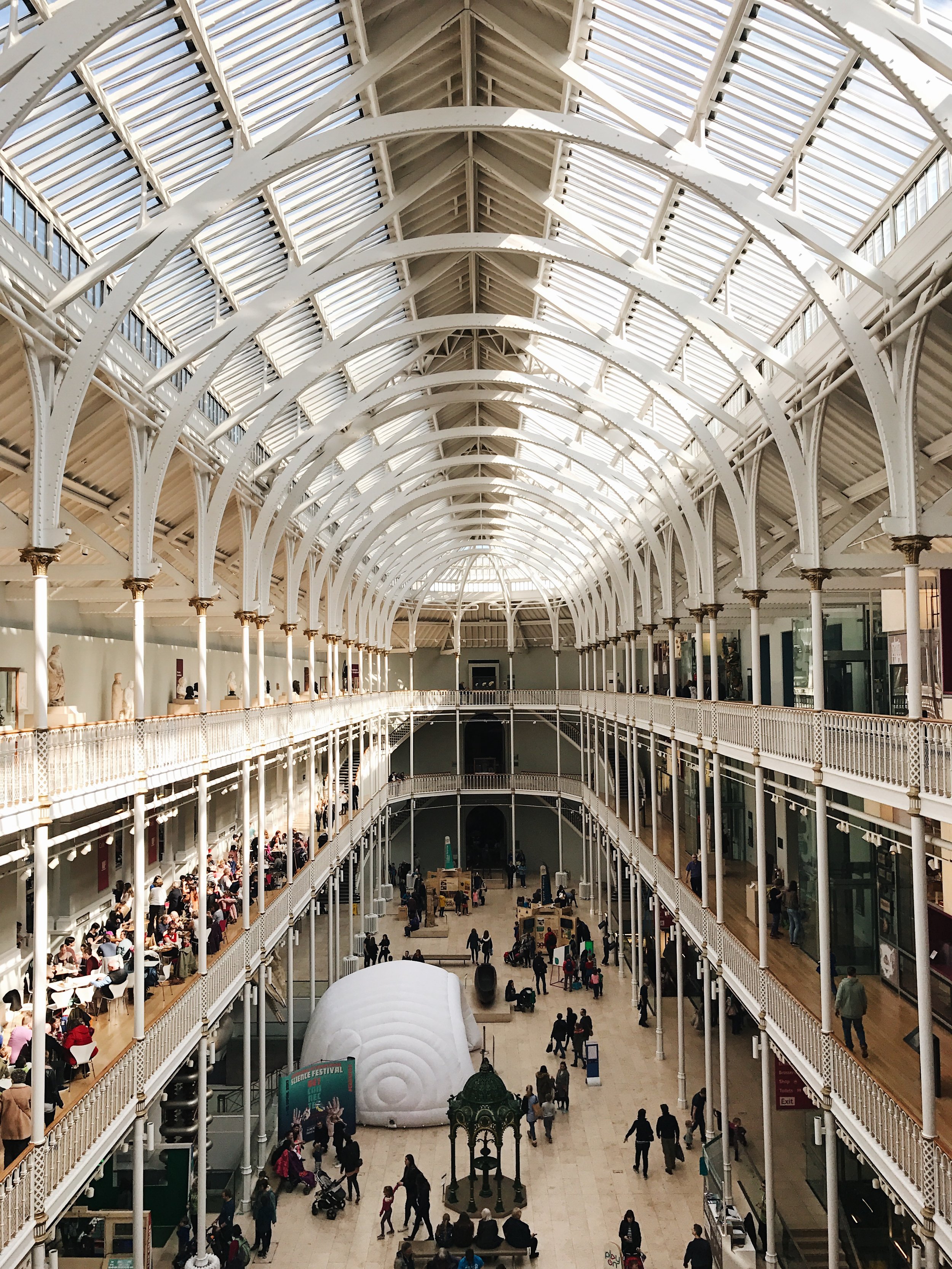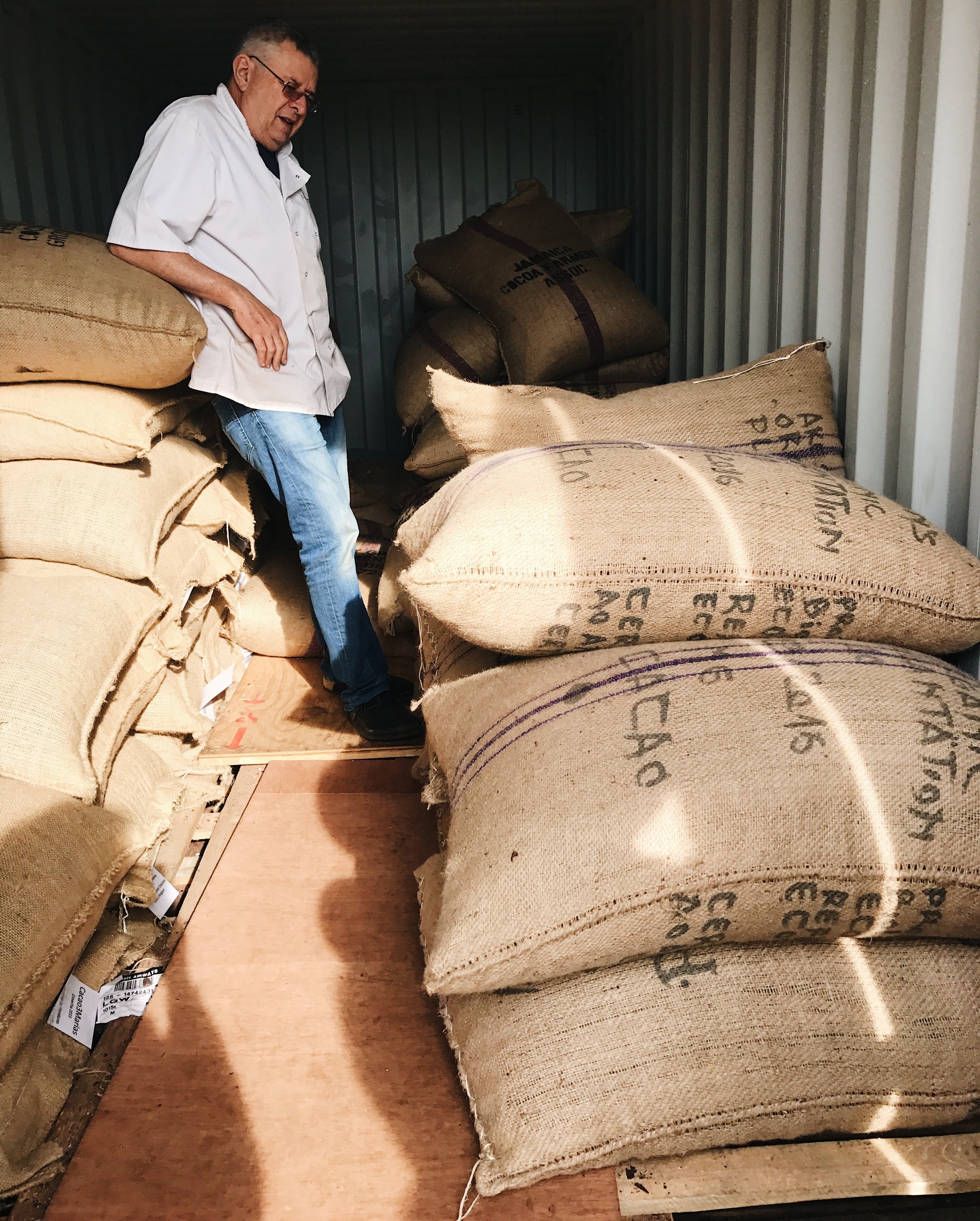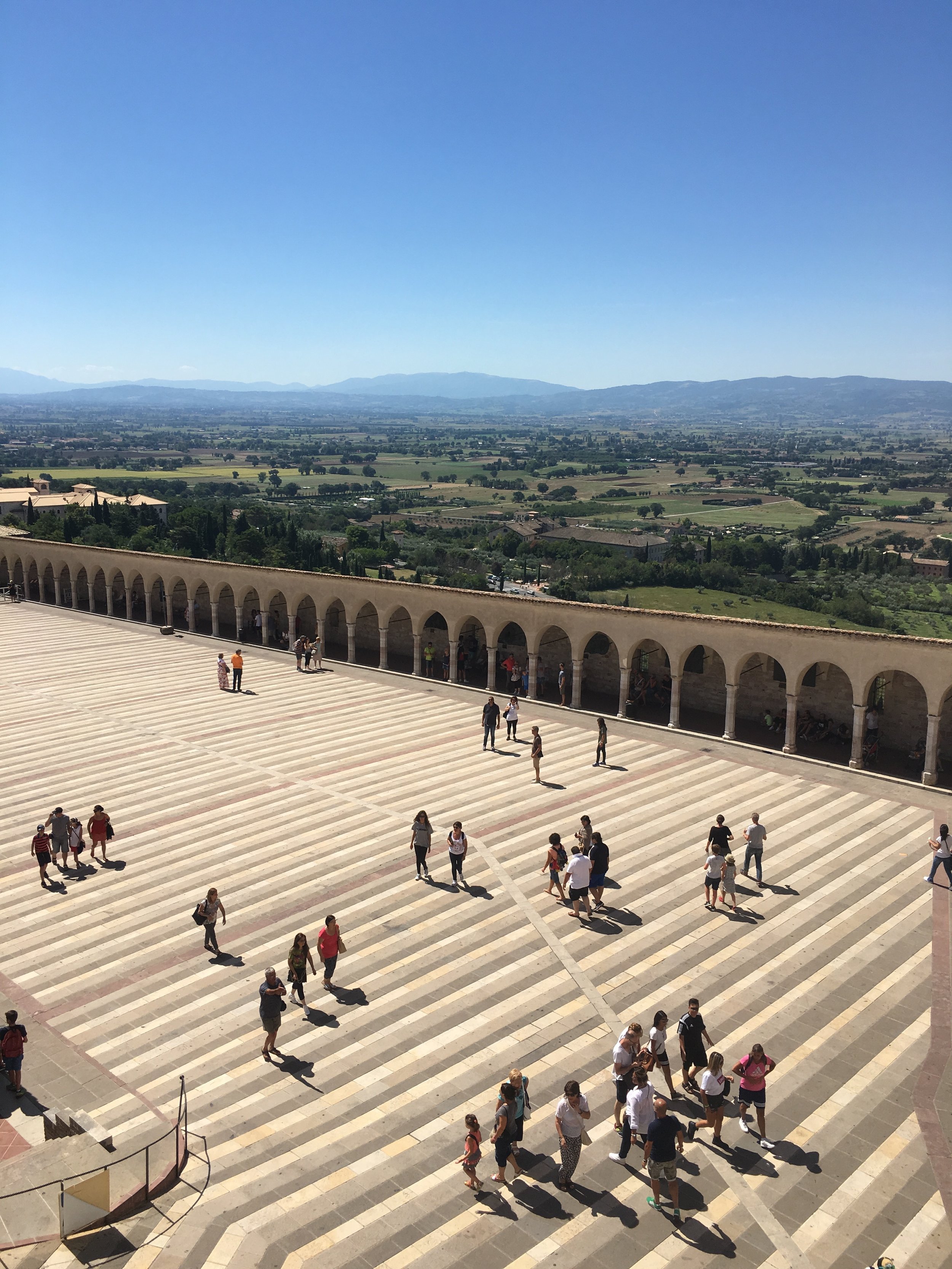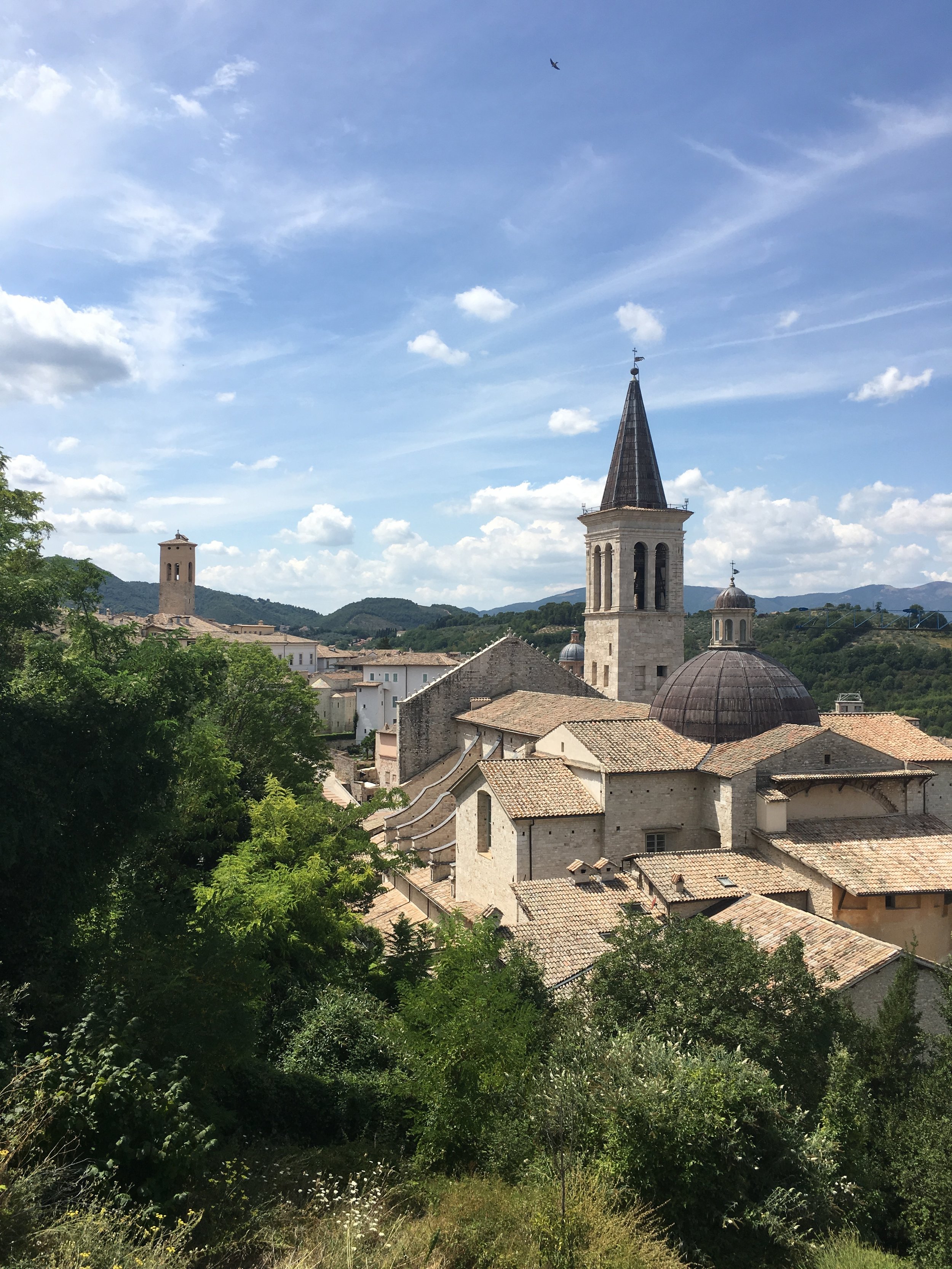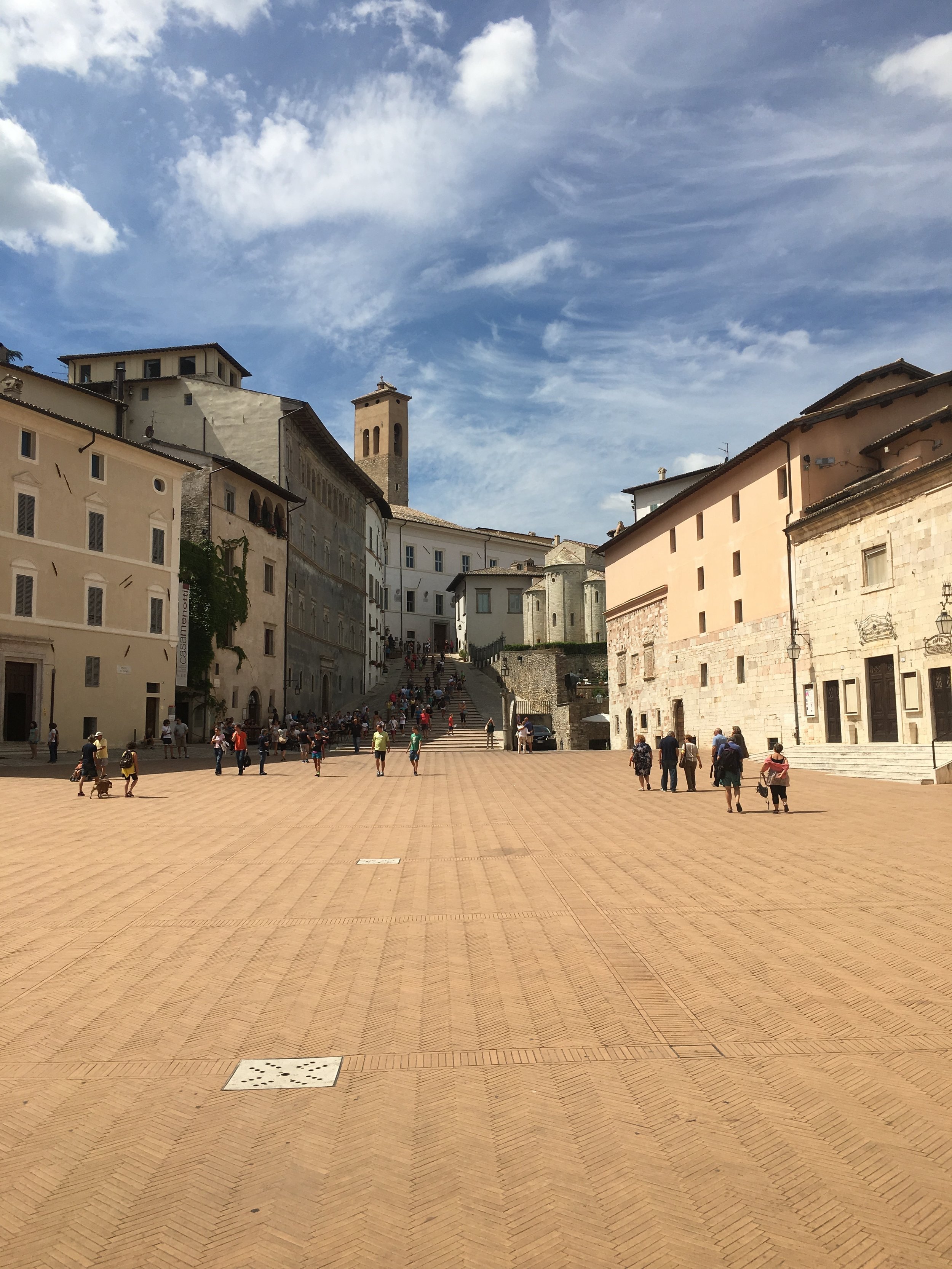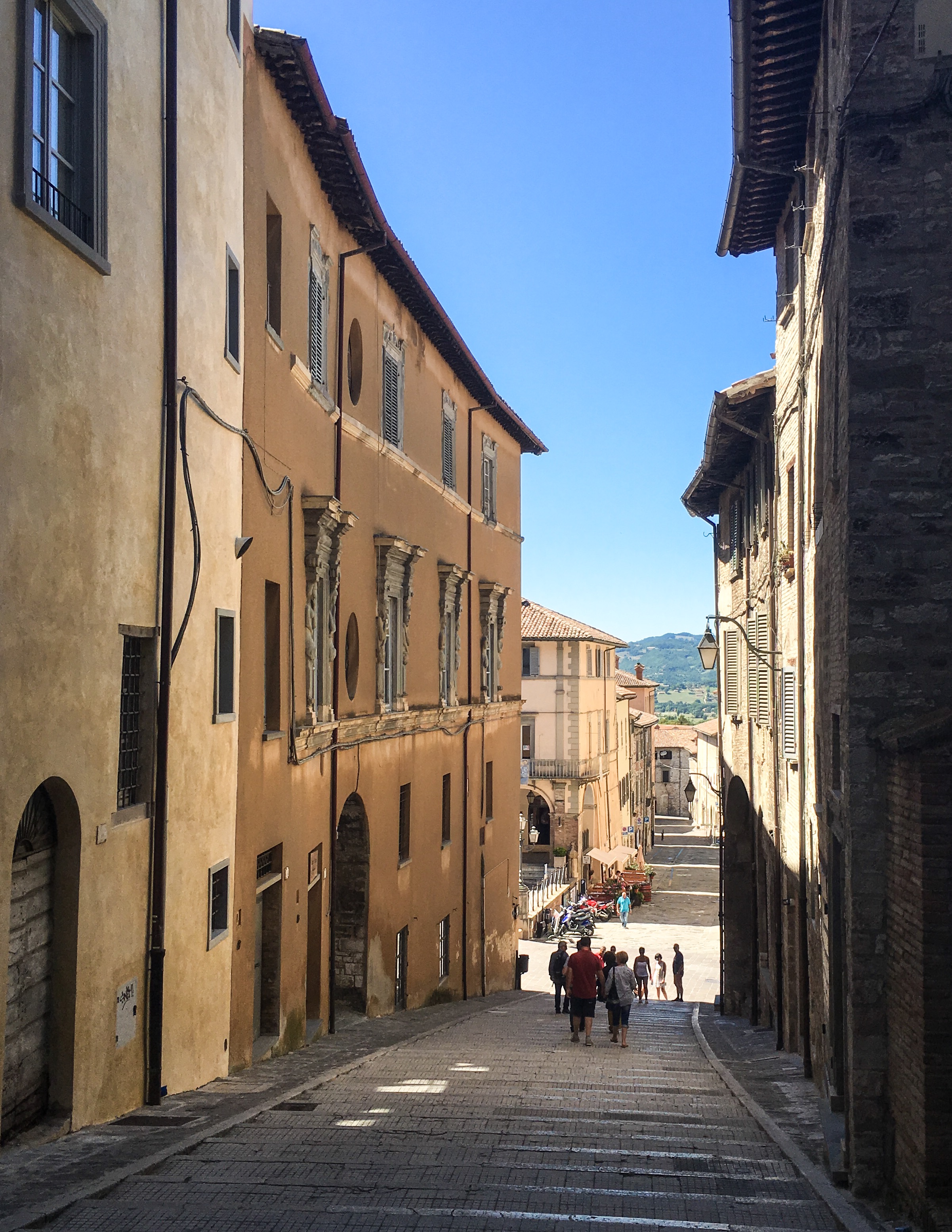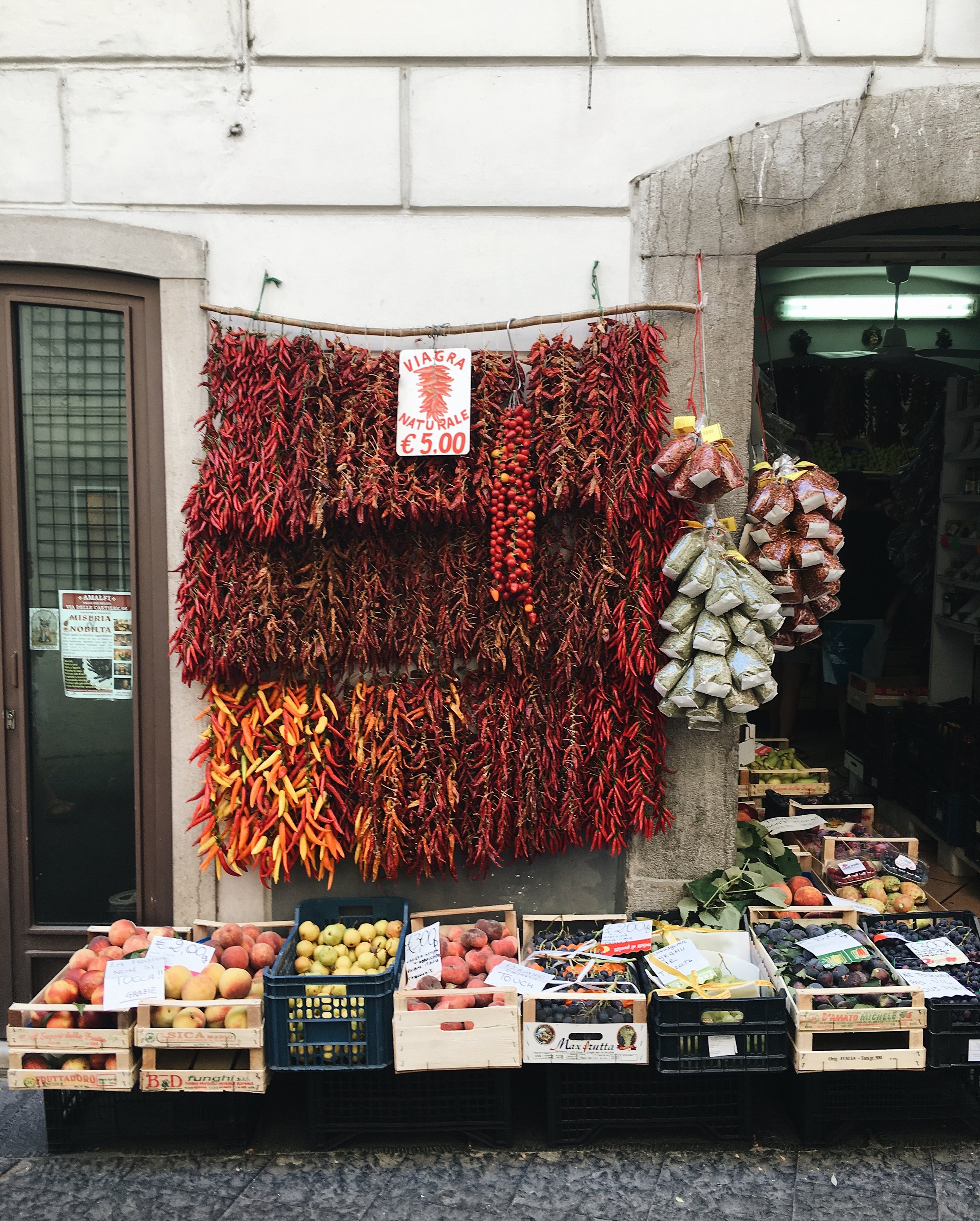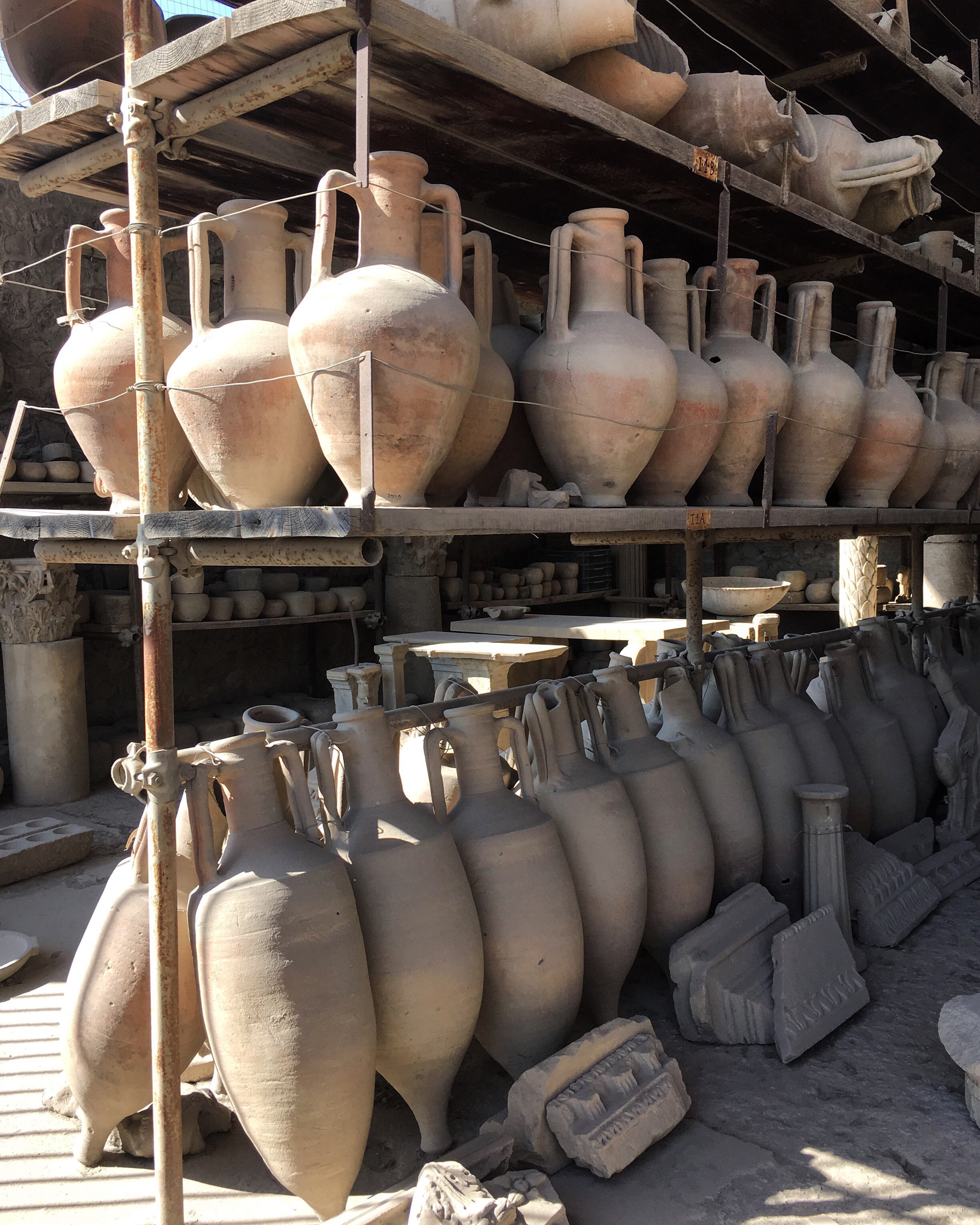But I was very uncomfortable with sharing so much of my private family life on a public account, and so after a couple of months of uneasy public posting I started thinking about creating a “proper” public Instagram account. I’d just started doing a photo-a-day challenge and was really enjoying the fact that it was making me get out and about in London again — after a few years of having small children at home I was desperate to start taking advantage again of everything London has to offer. It’s quite hard to get out and about on the Tube in central London with babies and toddlers, but now that I’d gone back to work part-time I suddenly had a free hour at lunchtime a few days a week, which I could use to nip around town taking photos. It gave me such a creative wake-up call and I felt like I’d found something I really enjoyed doing.
By February 2016 it had dawned on me that I’d found what I loved to take photos of — London, and in particular its more historic buildings and streets. I landed on the username @georgianlondon because I’d been taking lots of photos around Spitalfields, with its early Georgian townhouses, and I decided that era would be my focus — I really enjoy the history side as well as the visual side, and wanted to share that with people. (In retrospect I wish I’d gone for a username that was less specific, because I do take photos of lots of other things, but I had no idea my account would grow beyond a few thousand, if I was lucky). I opened my public account, and @georgianlondon was born.
The first few photos I posted were of Spitalfields and I was astonished to see that a few hundred people liked them — I can only imagine that as a new account, Instagram put me on their Explore page a few times. Also, the London Instagram community is very active, and I’d researched what hashtags I wanted to use and that would help connect me with the London community. In fact, so many people liked my photos in that first week that Instagram thought I was a bot or a spammer and blocked me from replying to comments until I emailed them to explain I was a real person. Right from the start it was an addictive pastime and I’d spend most days at work planning where I could get to in my lunch break to take some photos.
I was very lucky to be featured by some much bigger accounts in the first month or two after I started, in particular @prettycitylondon, which was the first account to feature me and which continues to be a huge source of inspiration. I began to grow steadily, and once I’d reached around 10,000 followers and was regularly reaching the Top Posts category for various hashtags, that growth became exponential. By the end of my first year I had gained over 70,000 followers, which still seems pretty astonishing to me. Mostly I try and forget about it and post as if I'm posting for a few friends, or otherwise the stage fright might get to me.
I’ll be sharing some tips for growth in future blog posts, so keep an eye out for them — there's no magic trick but I do think there are a few things you can do intentionally that will enhance your profile and will lead to growth — watch this space!

